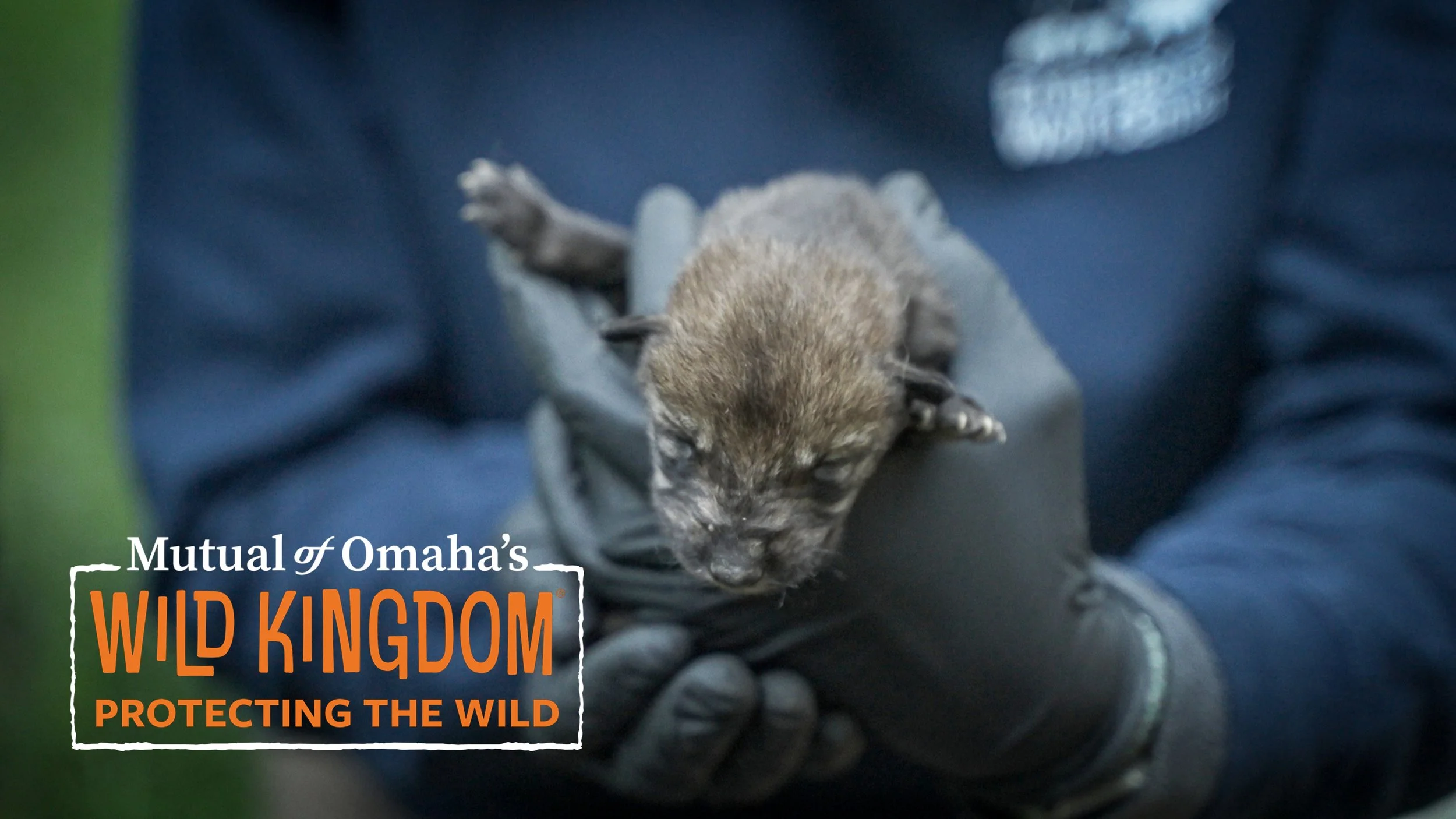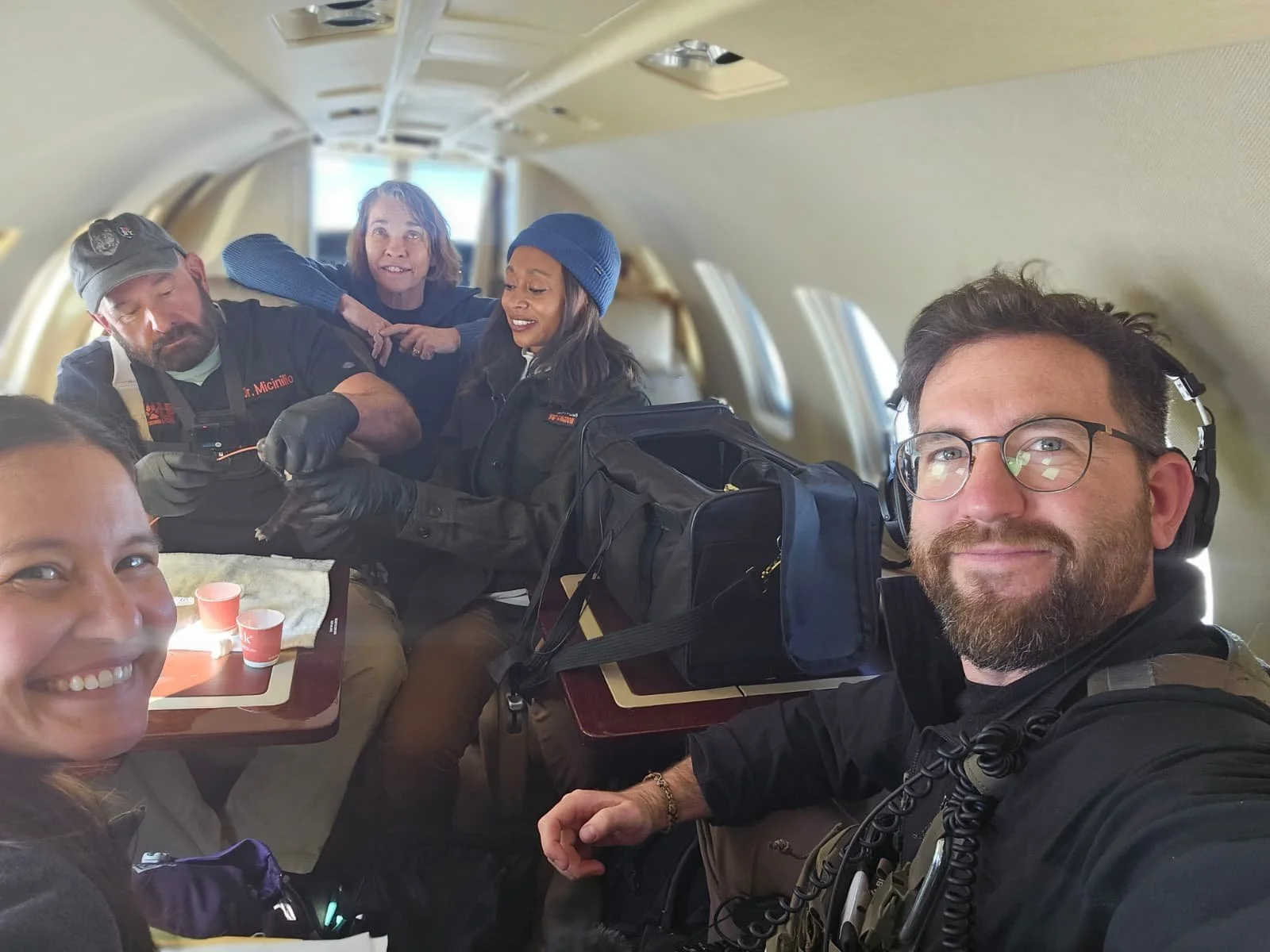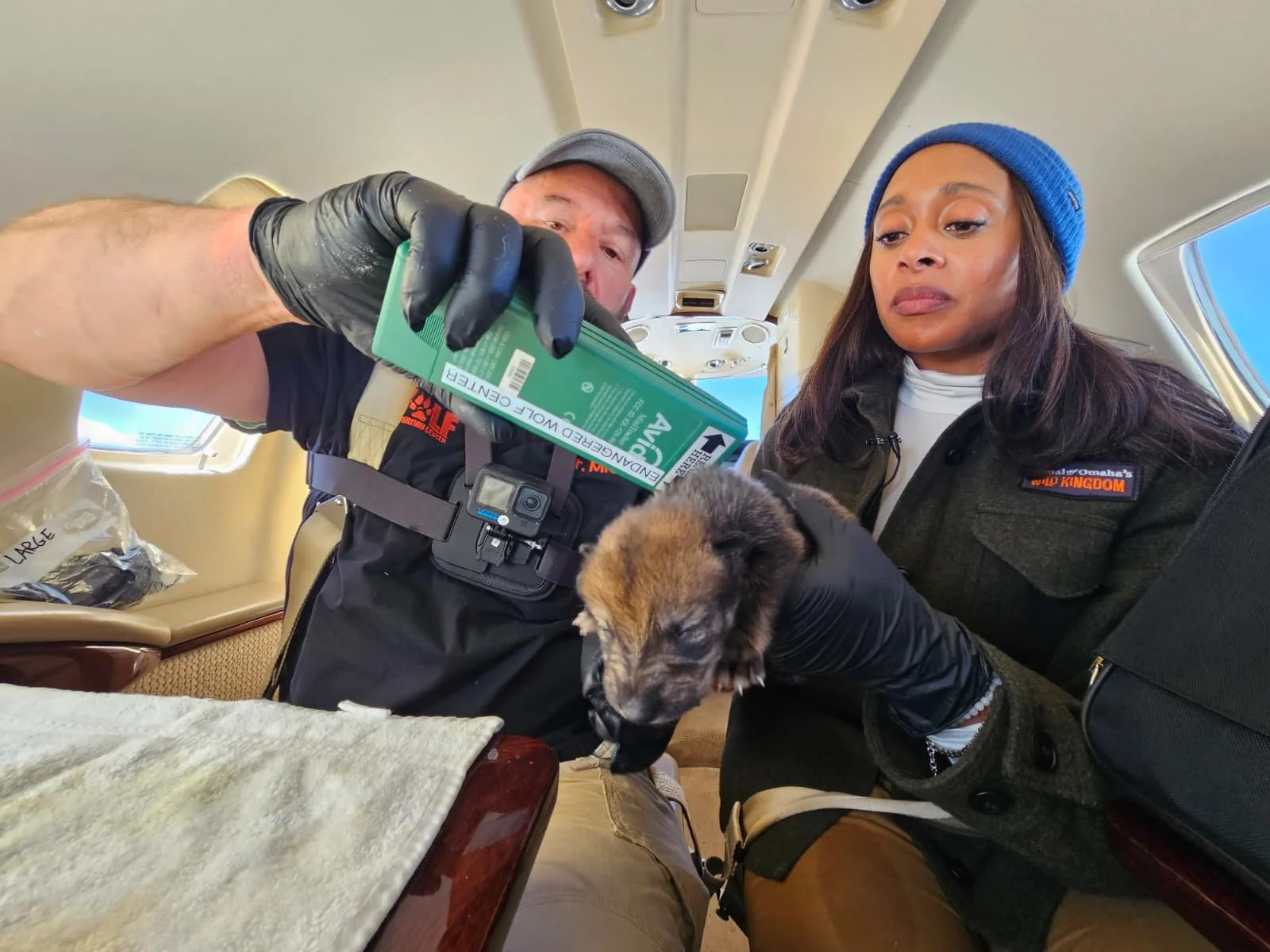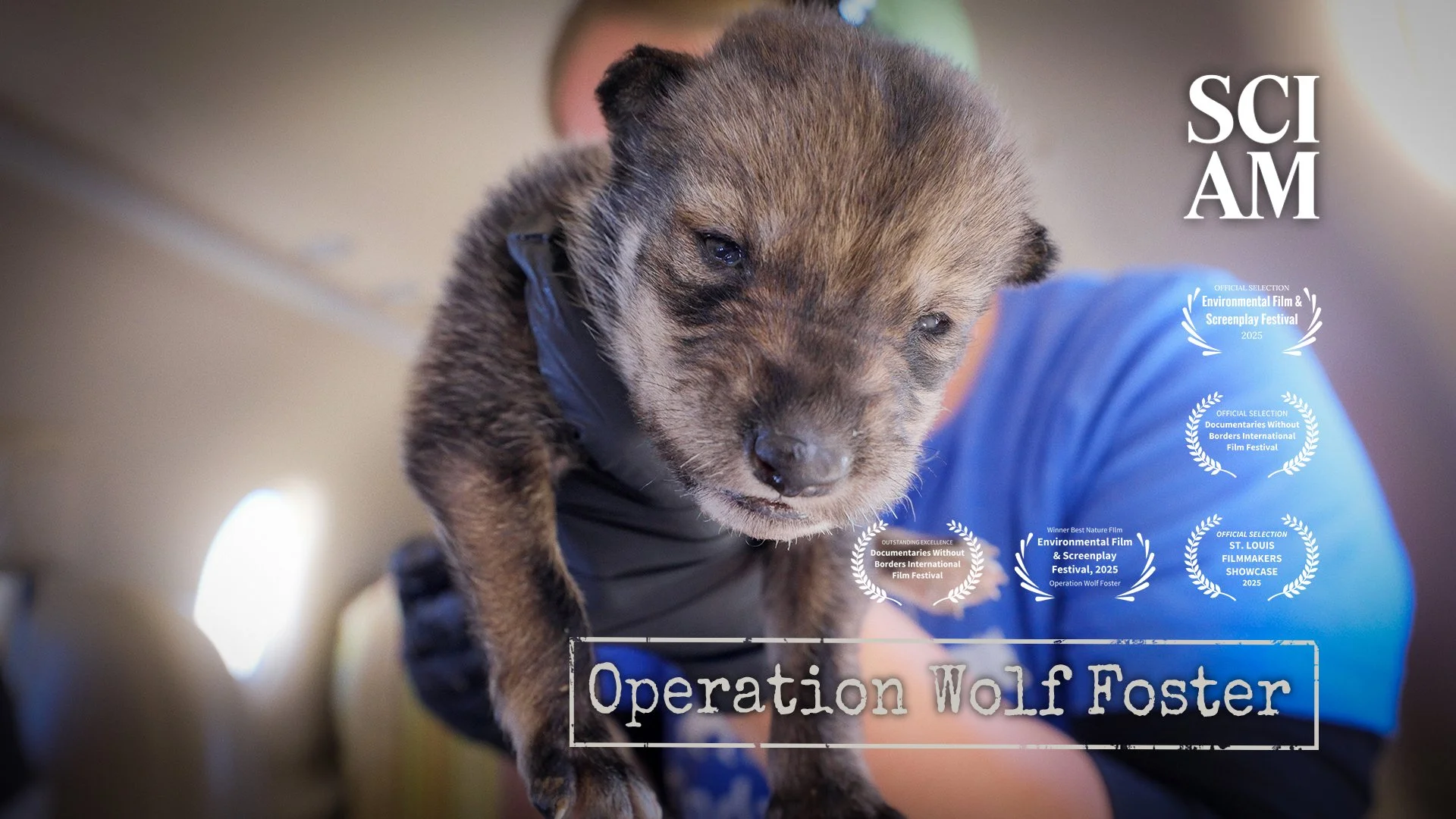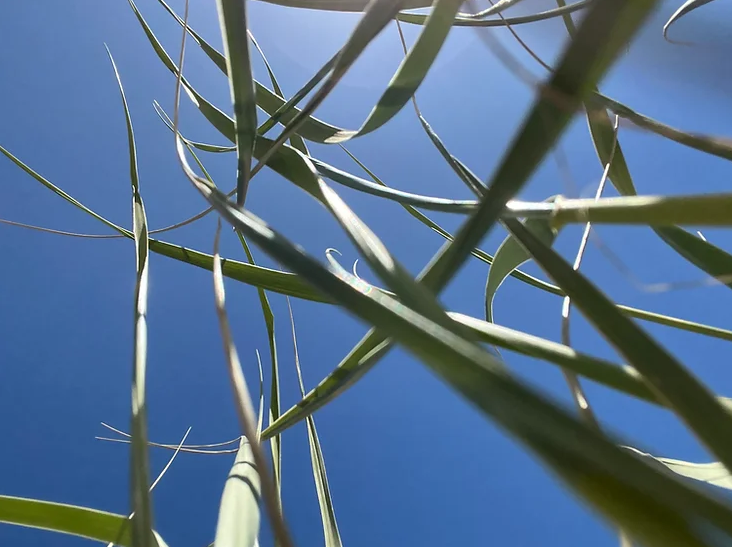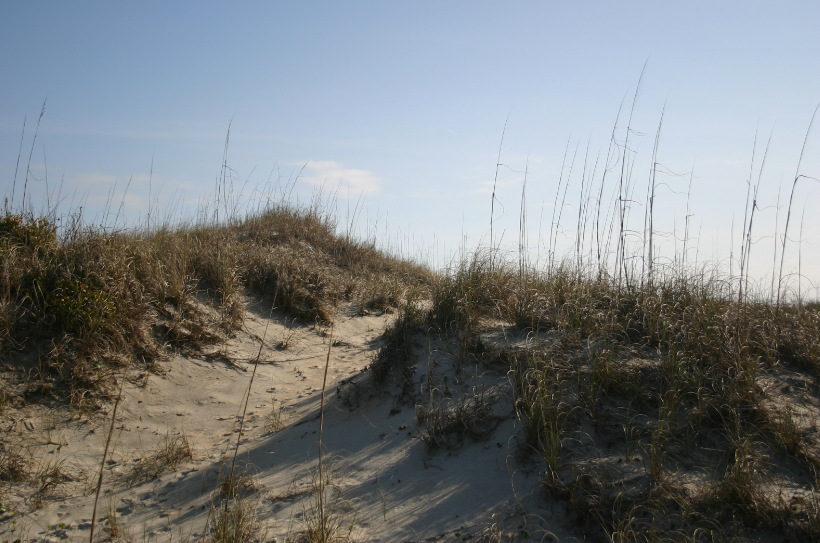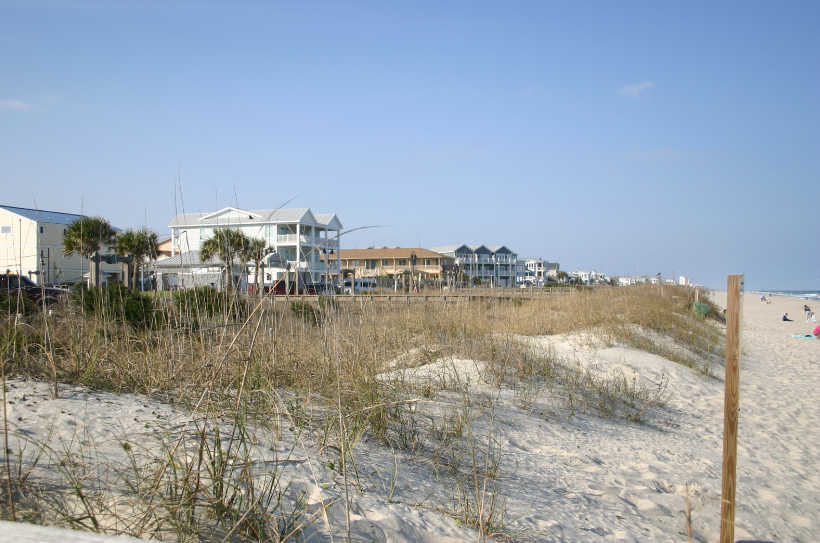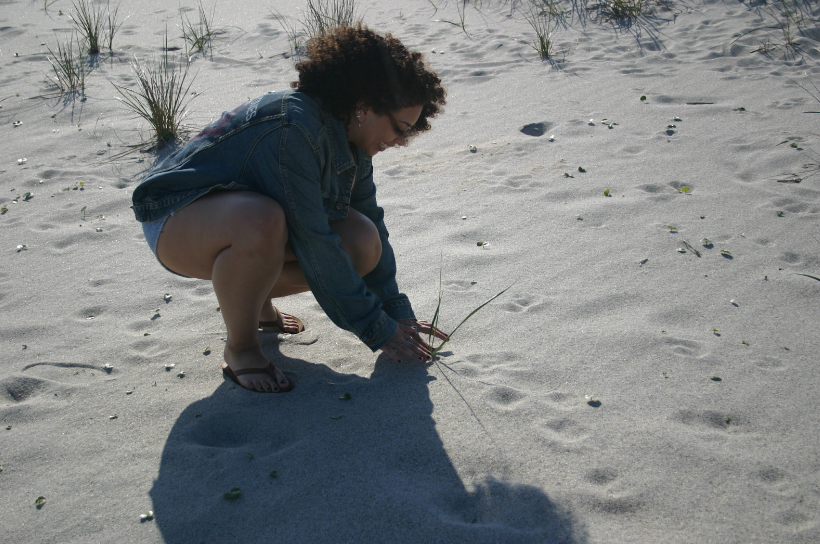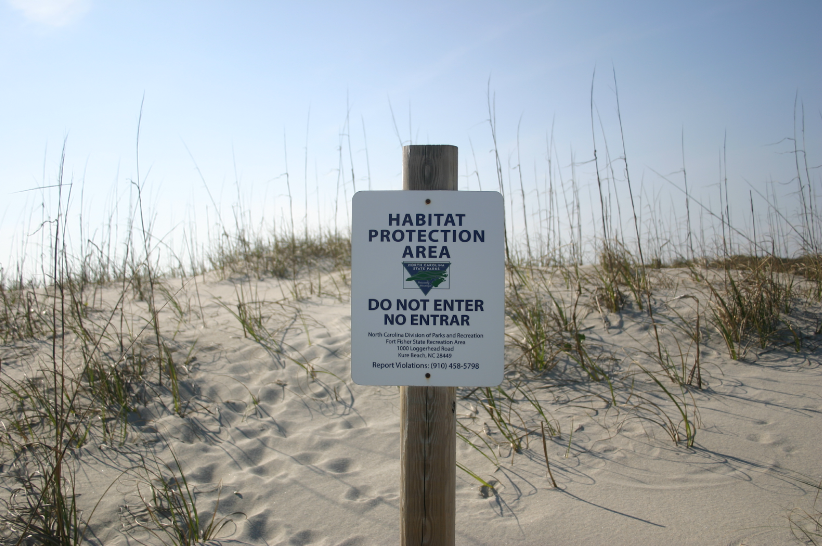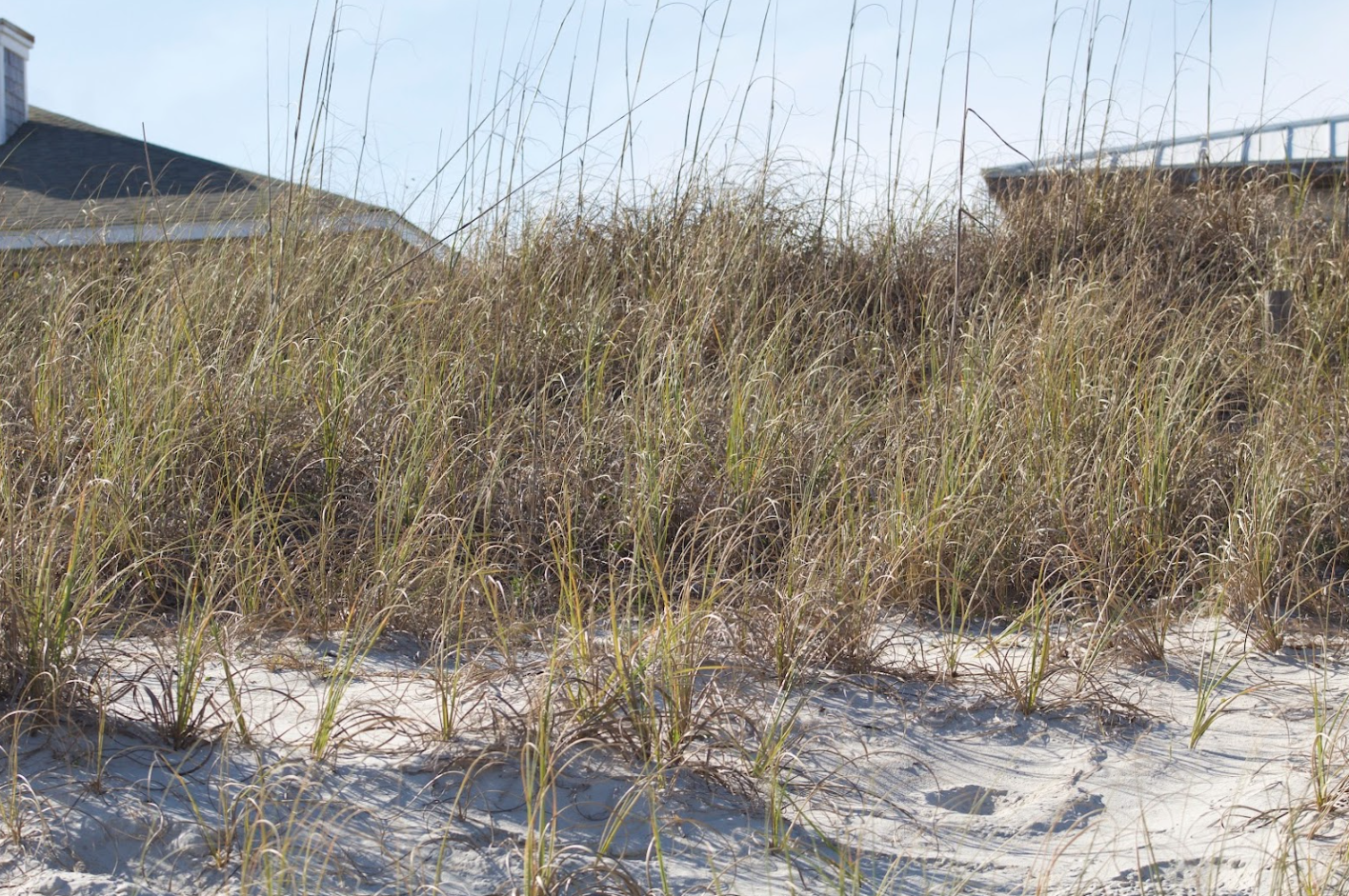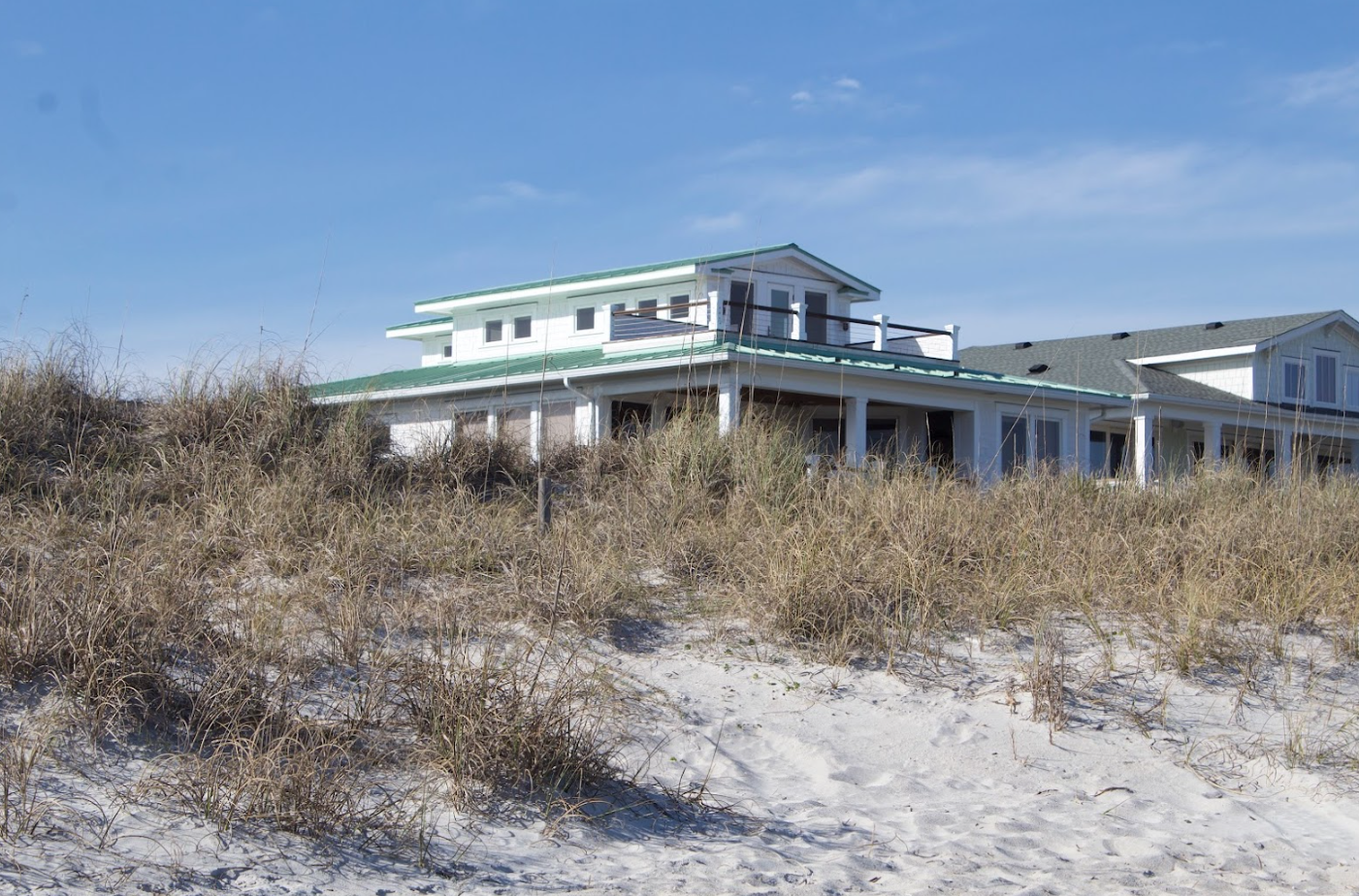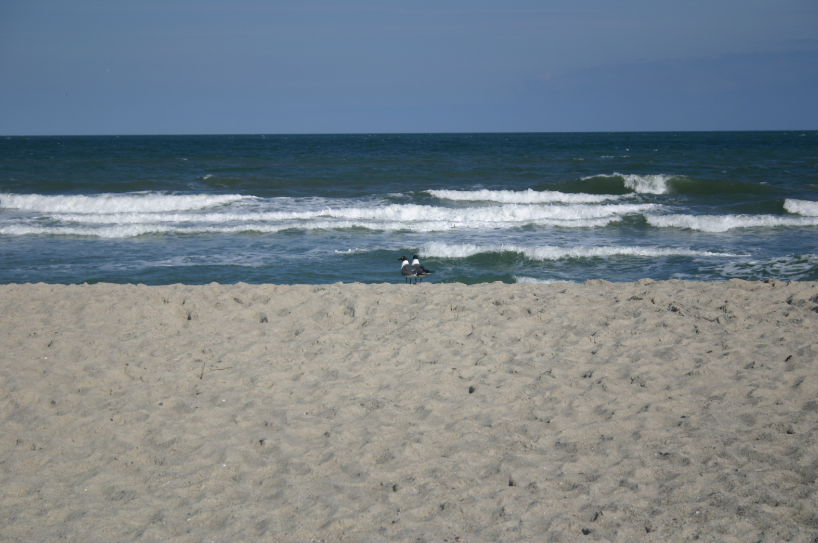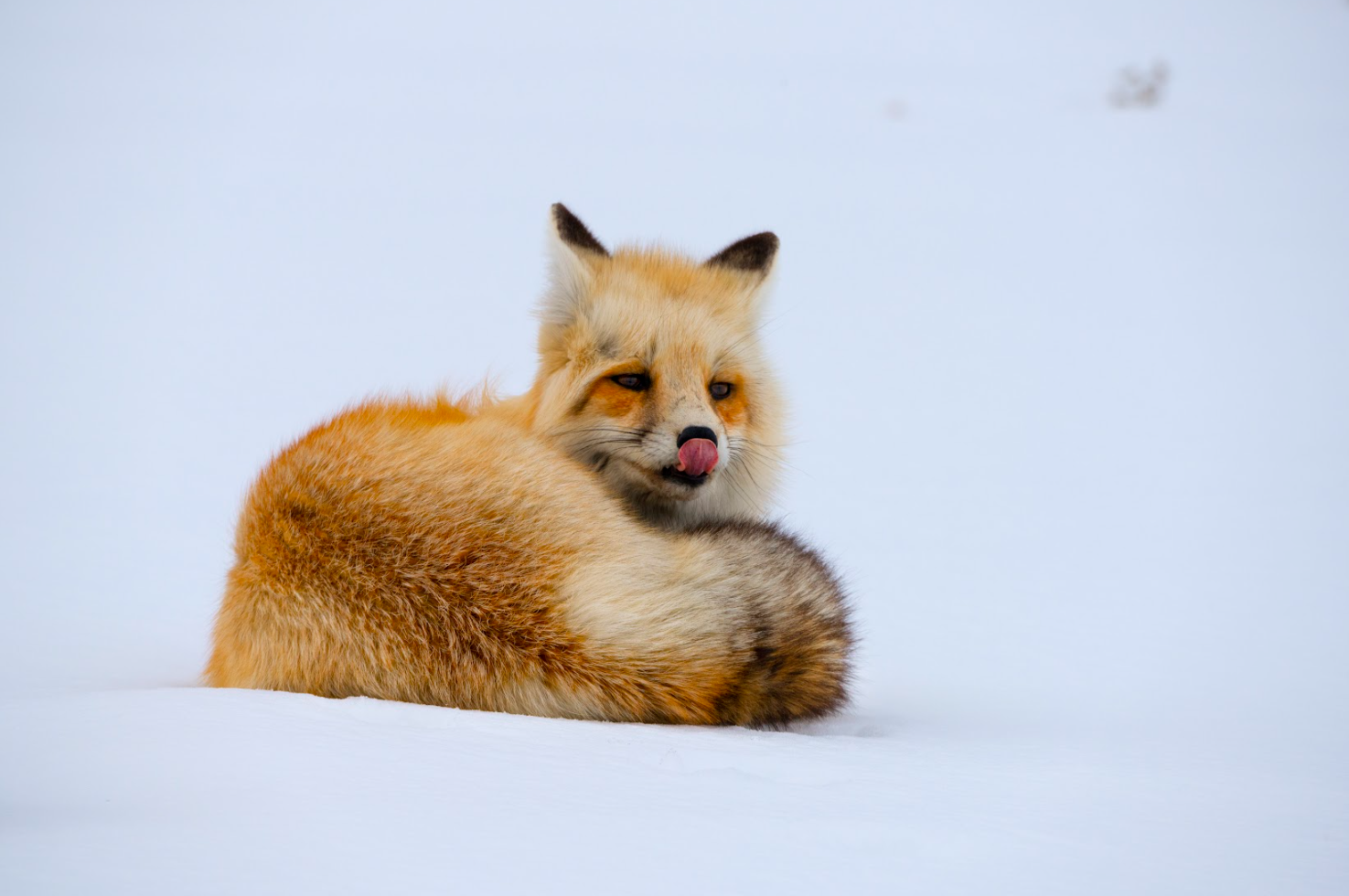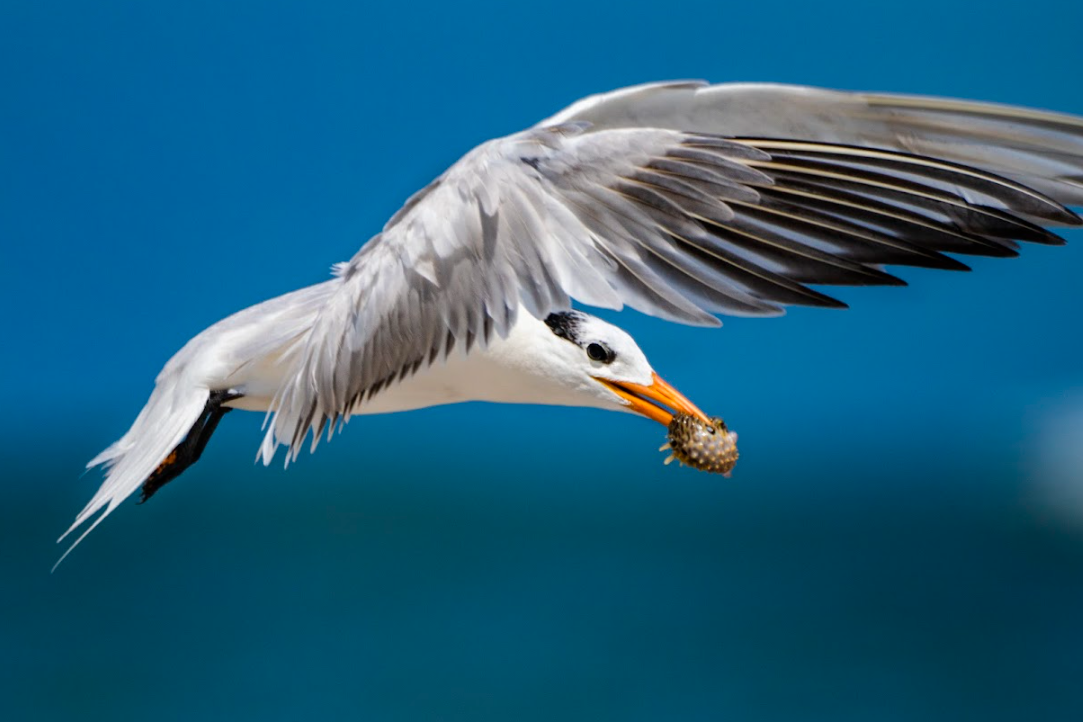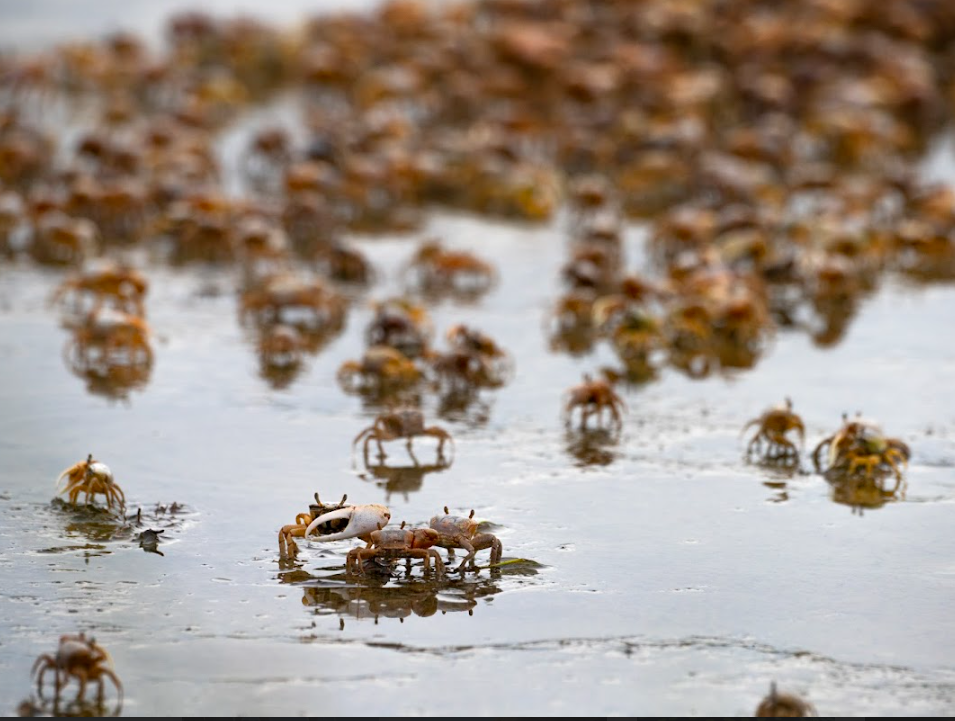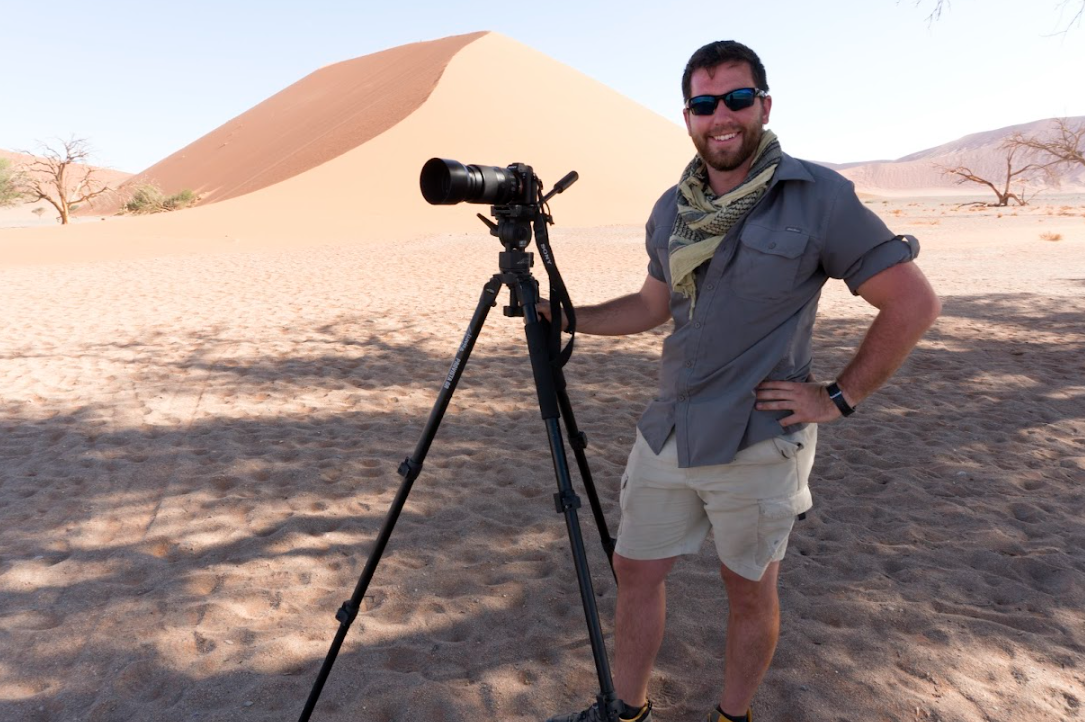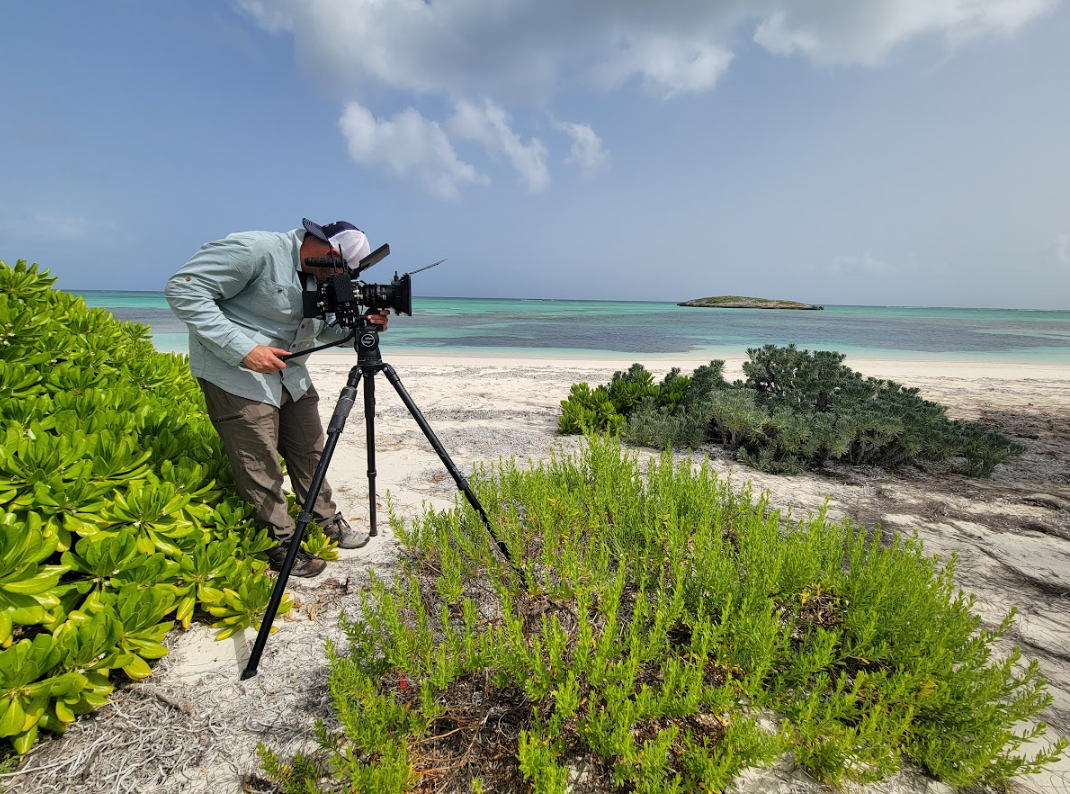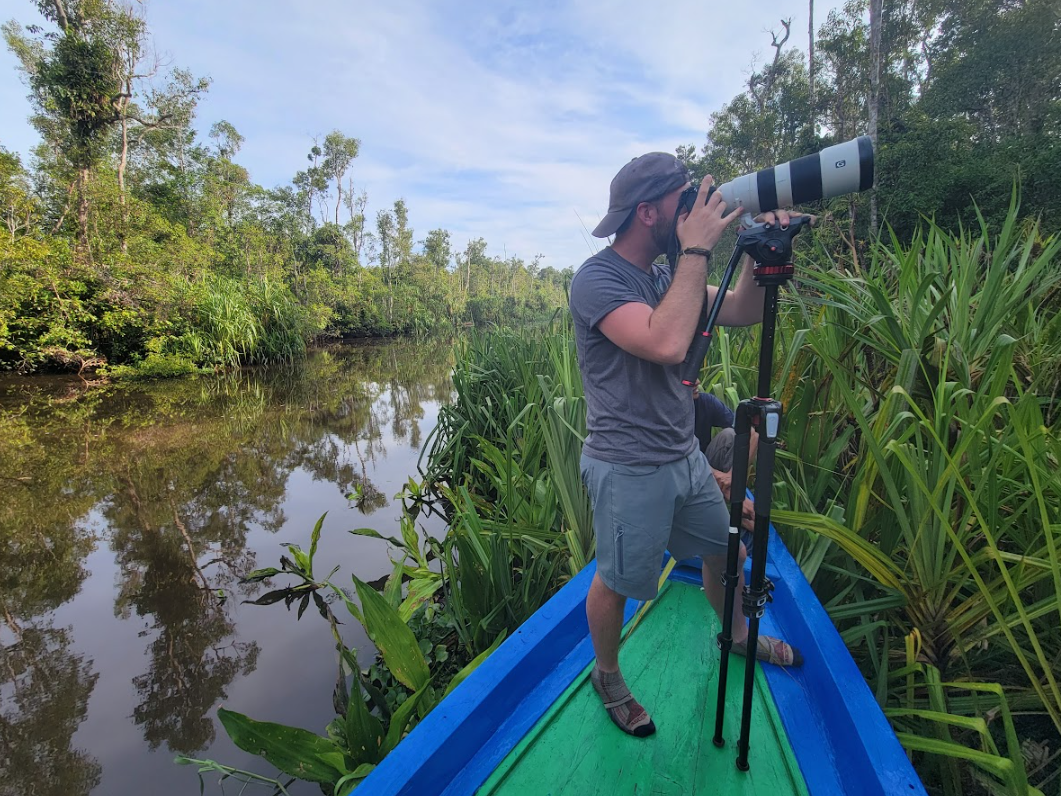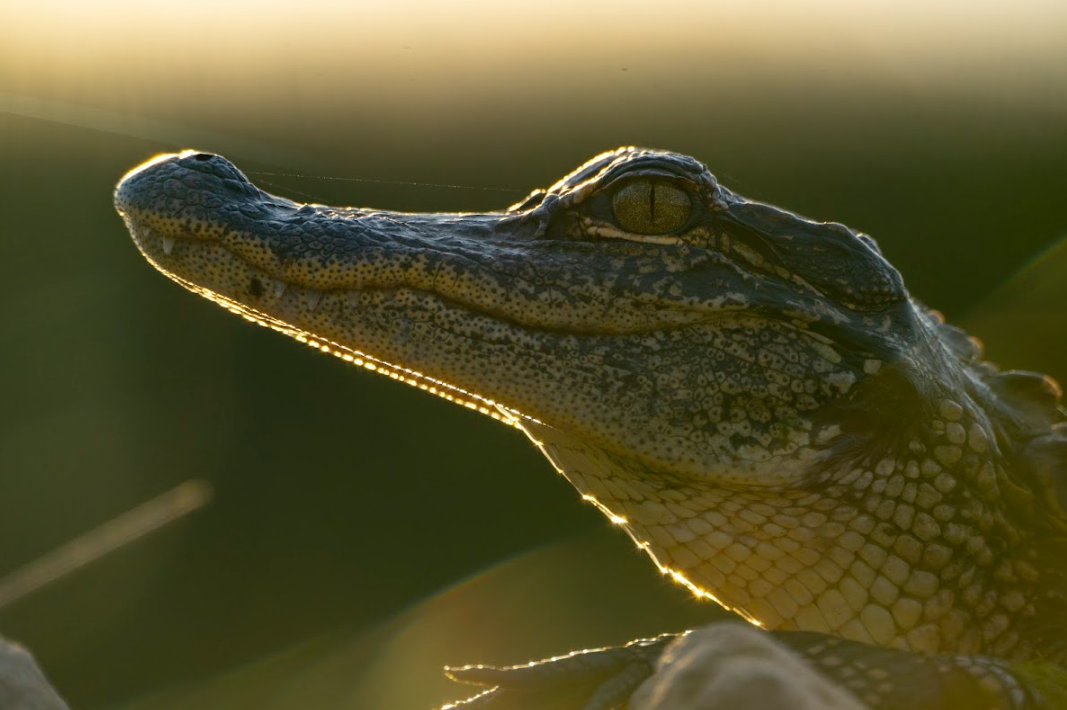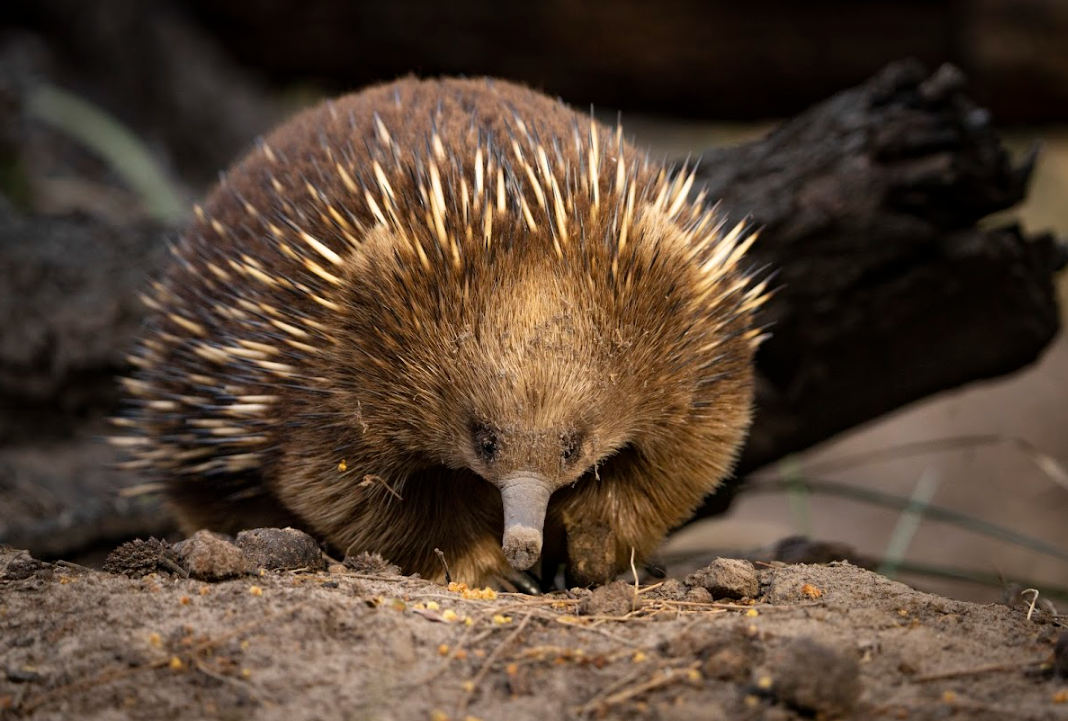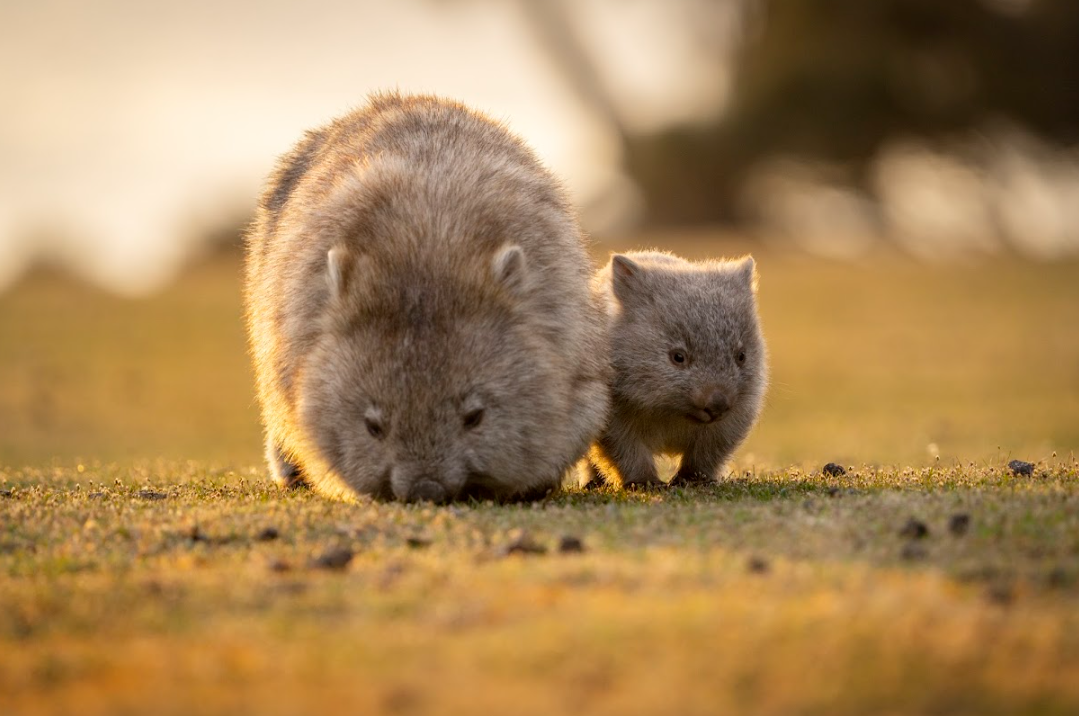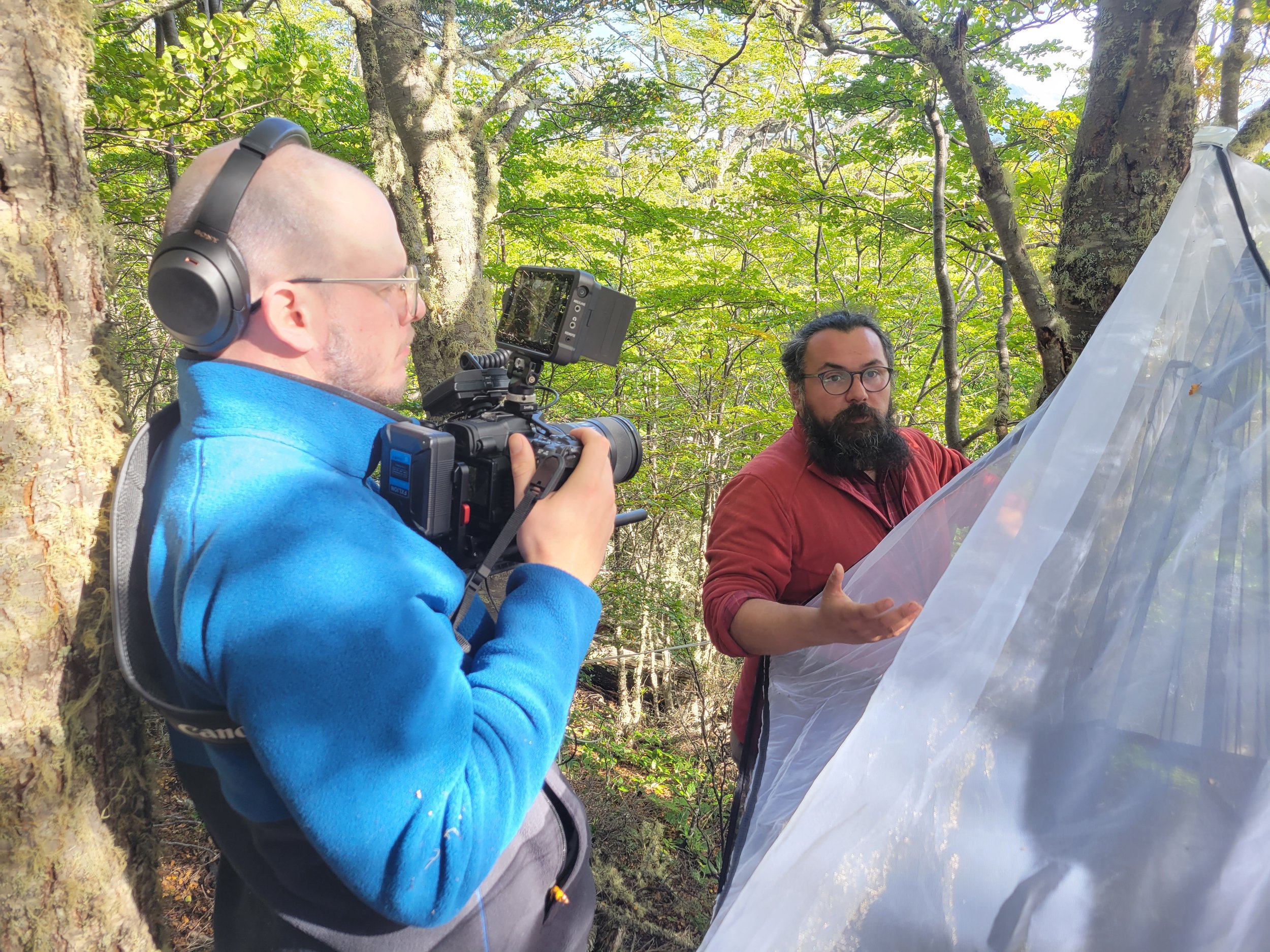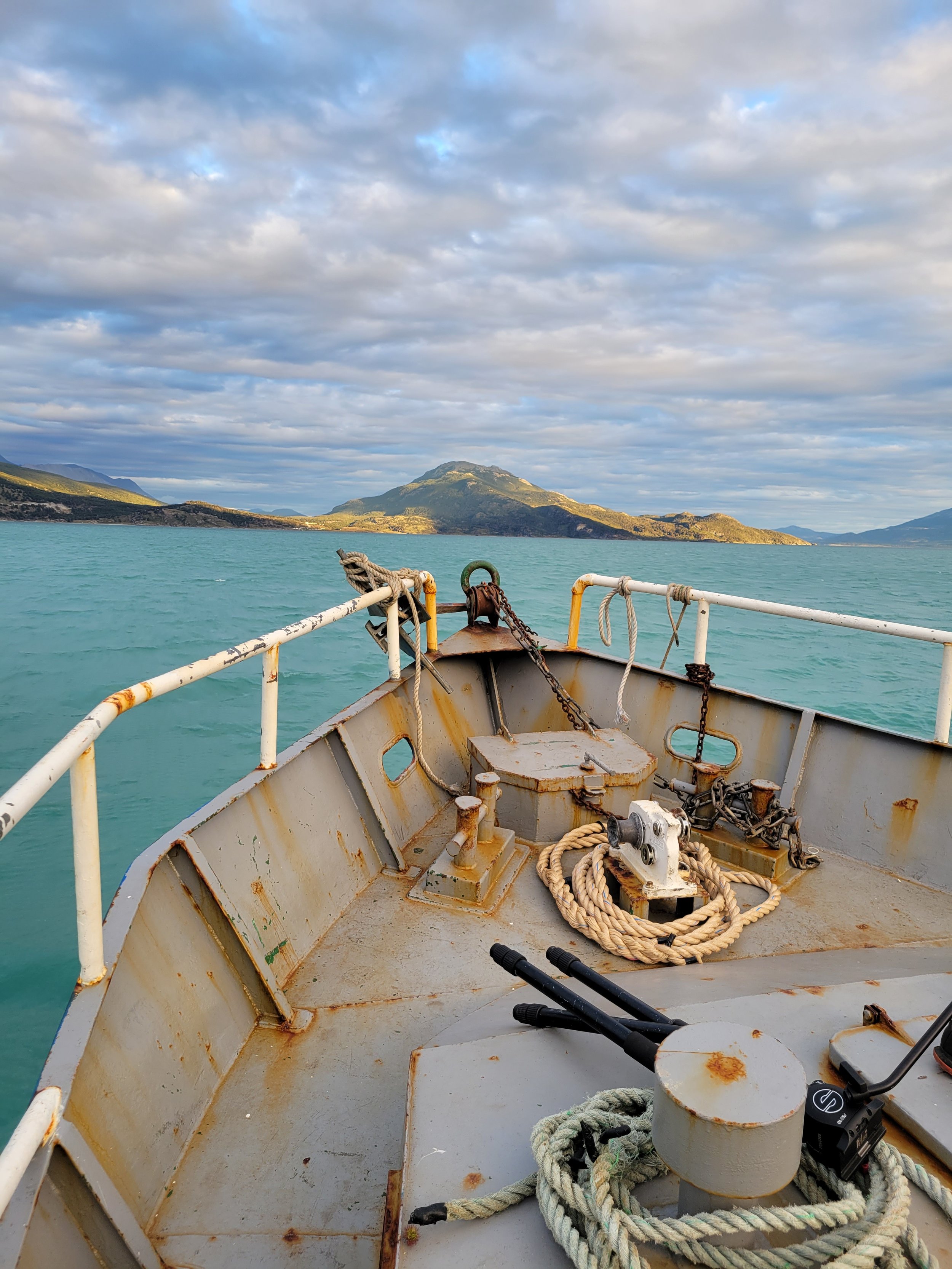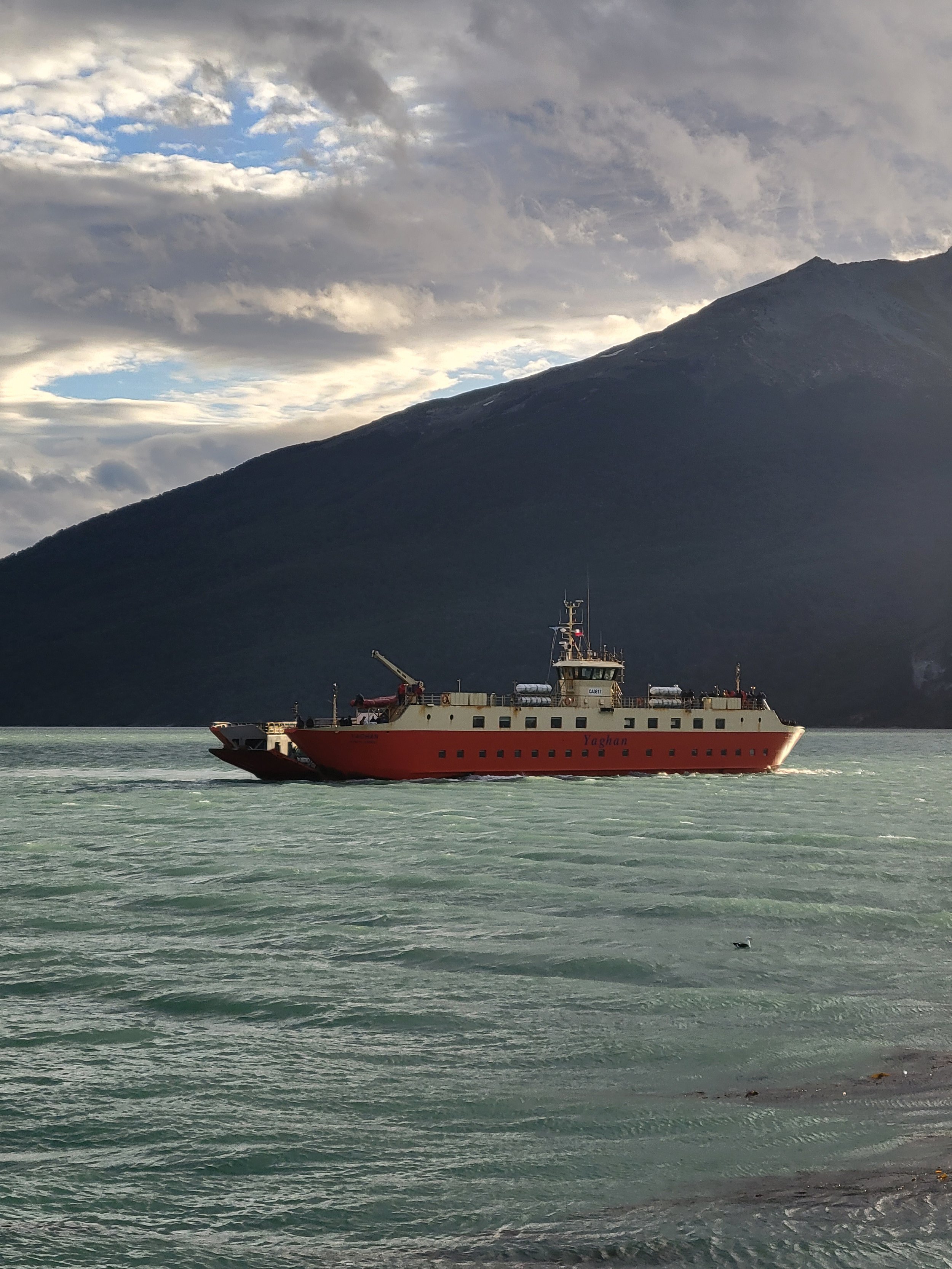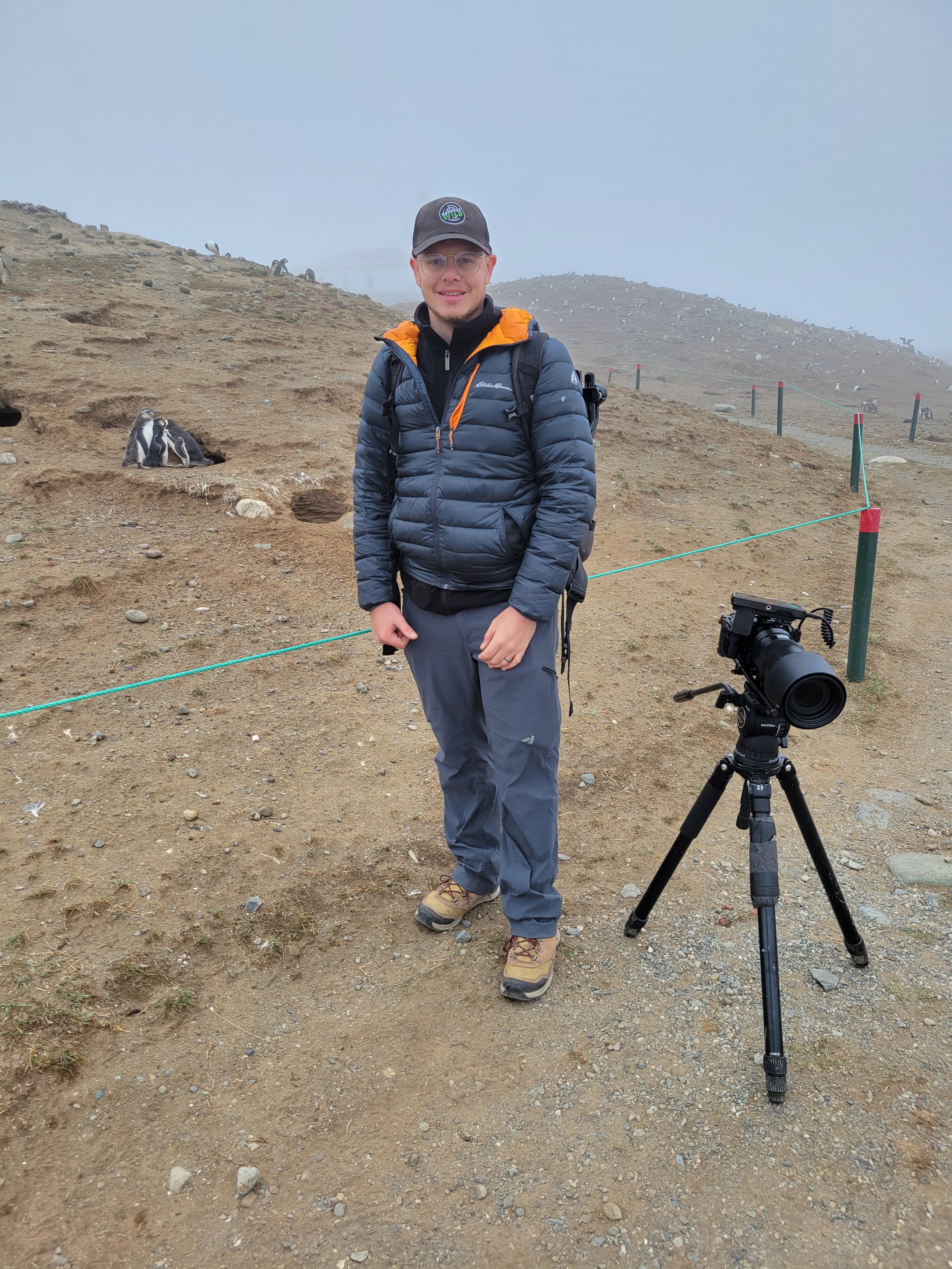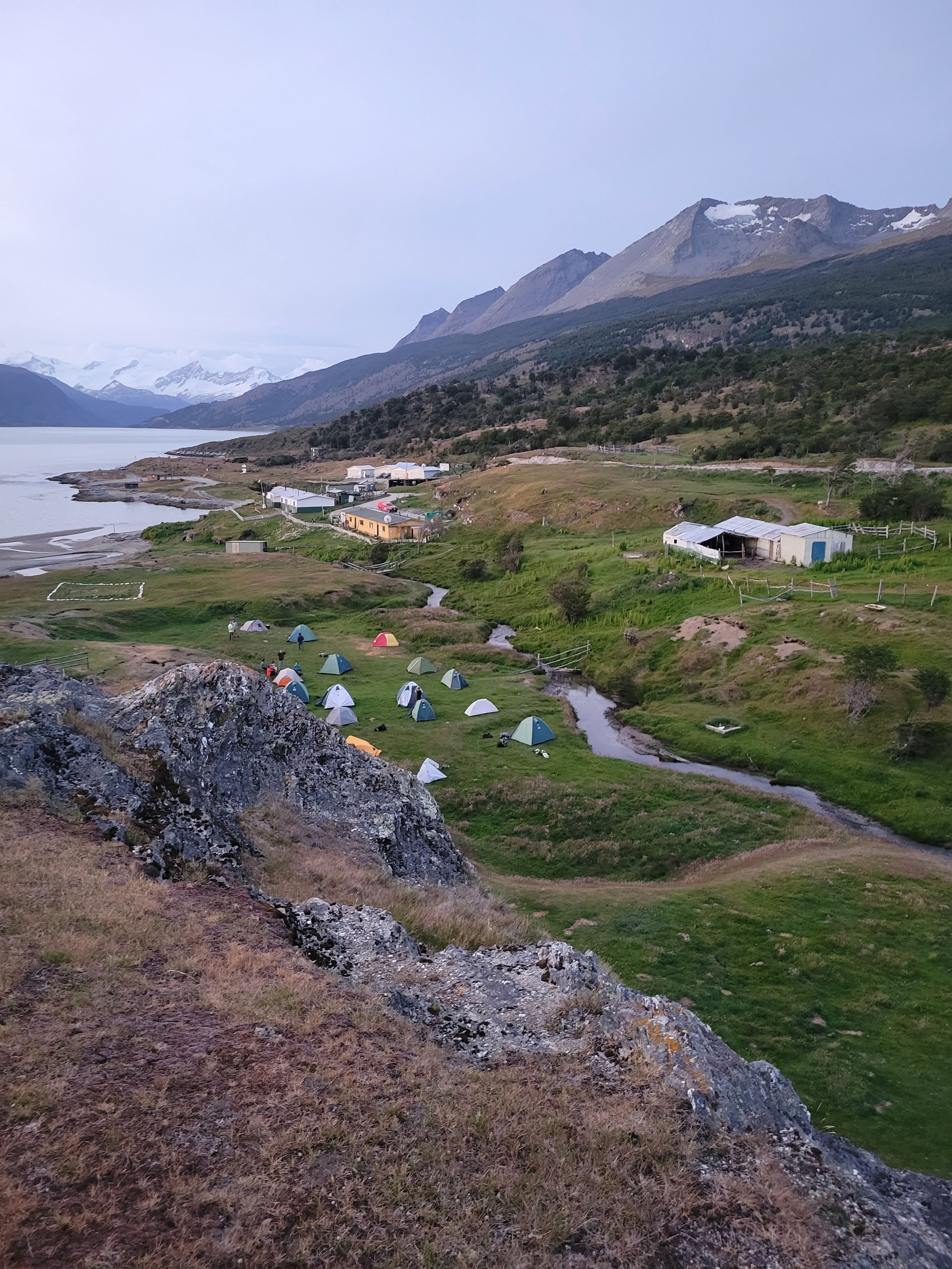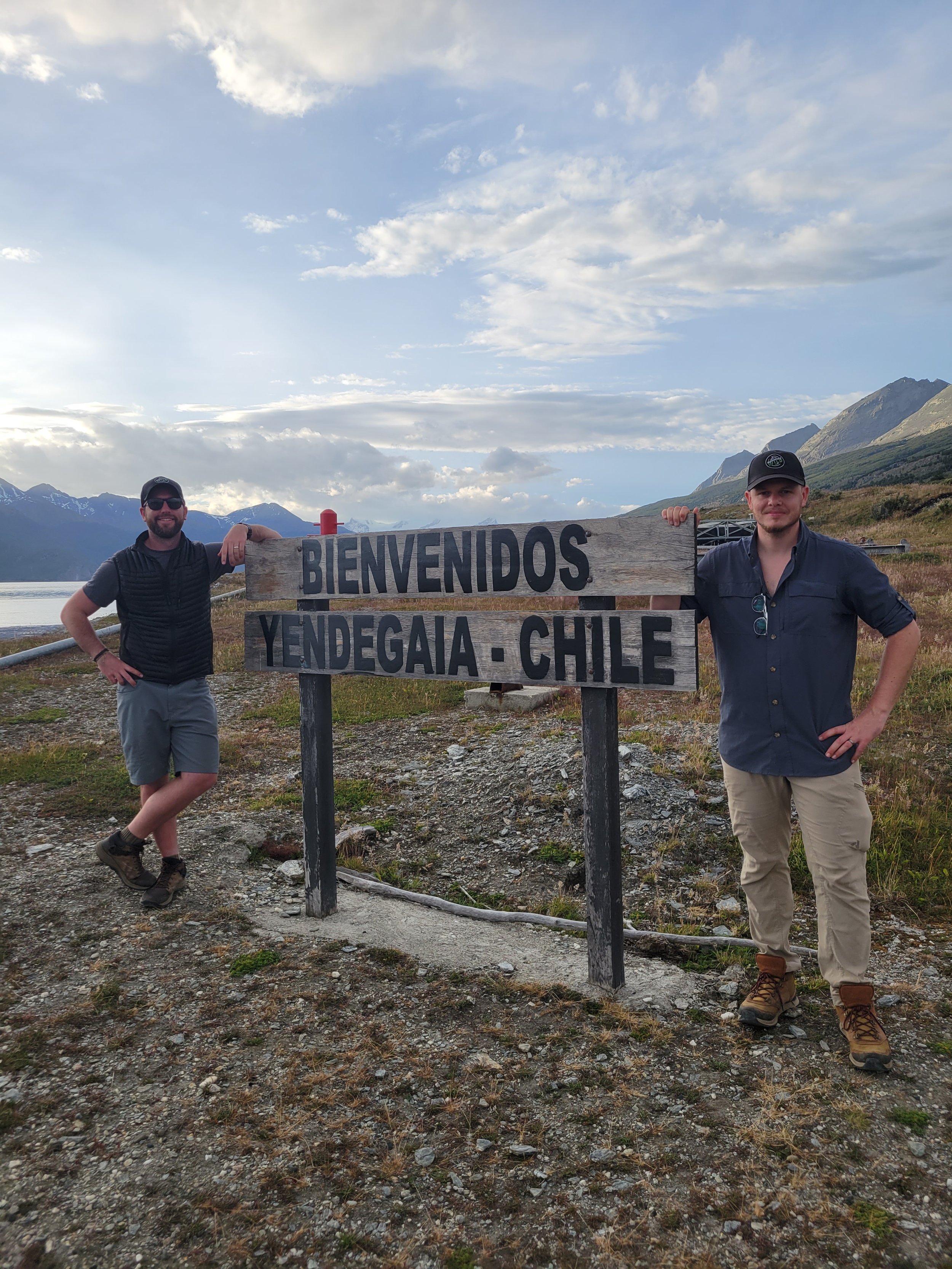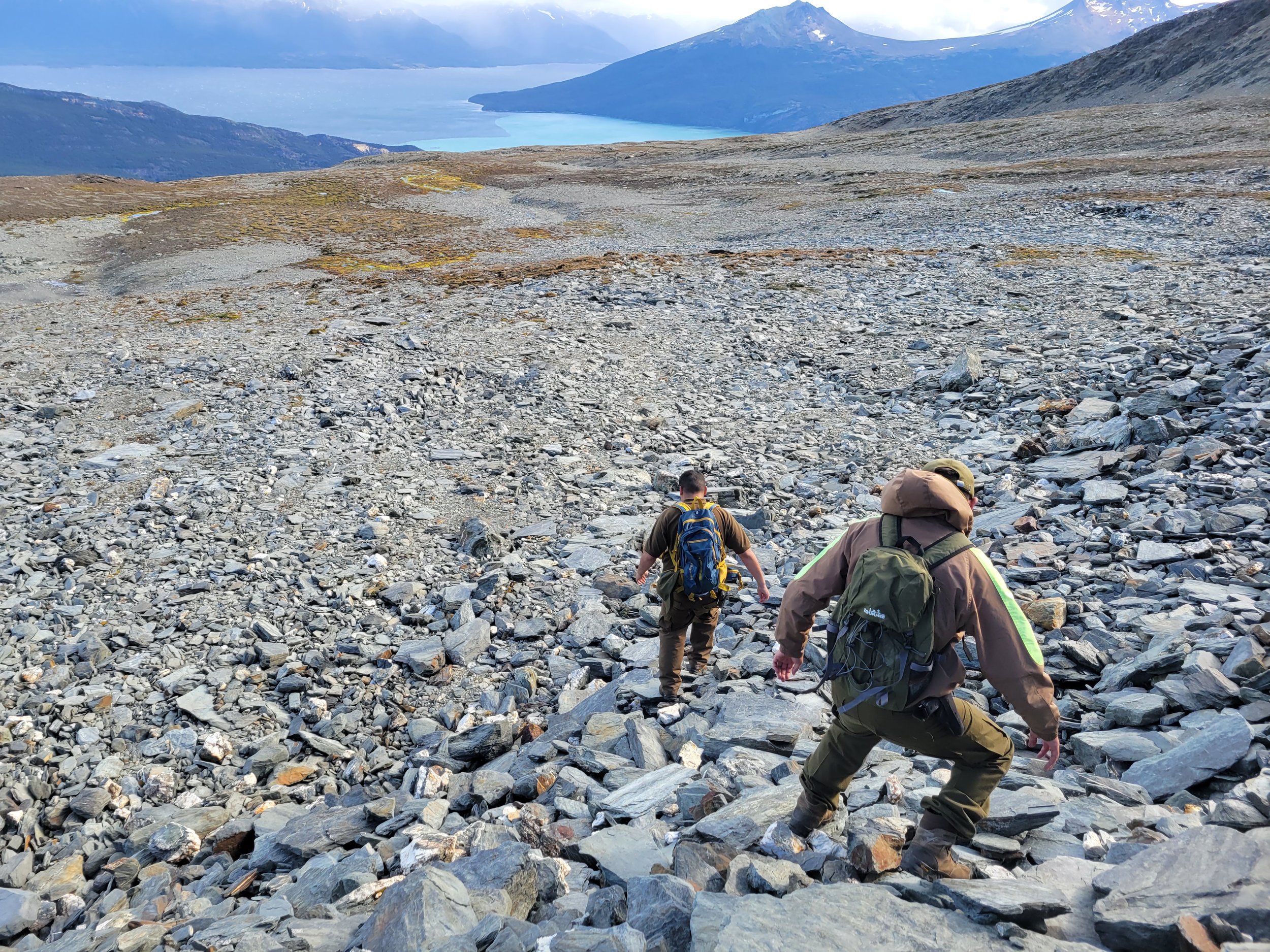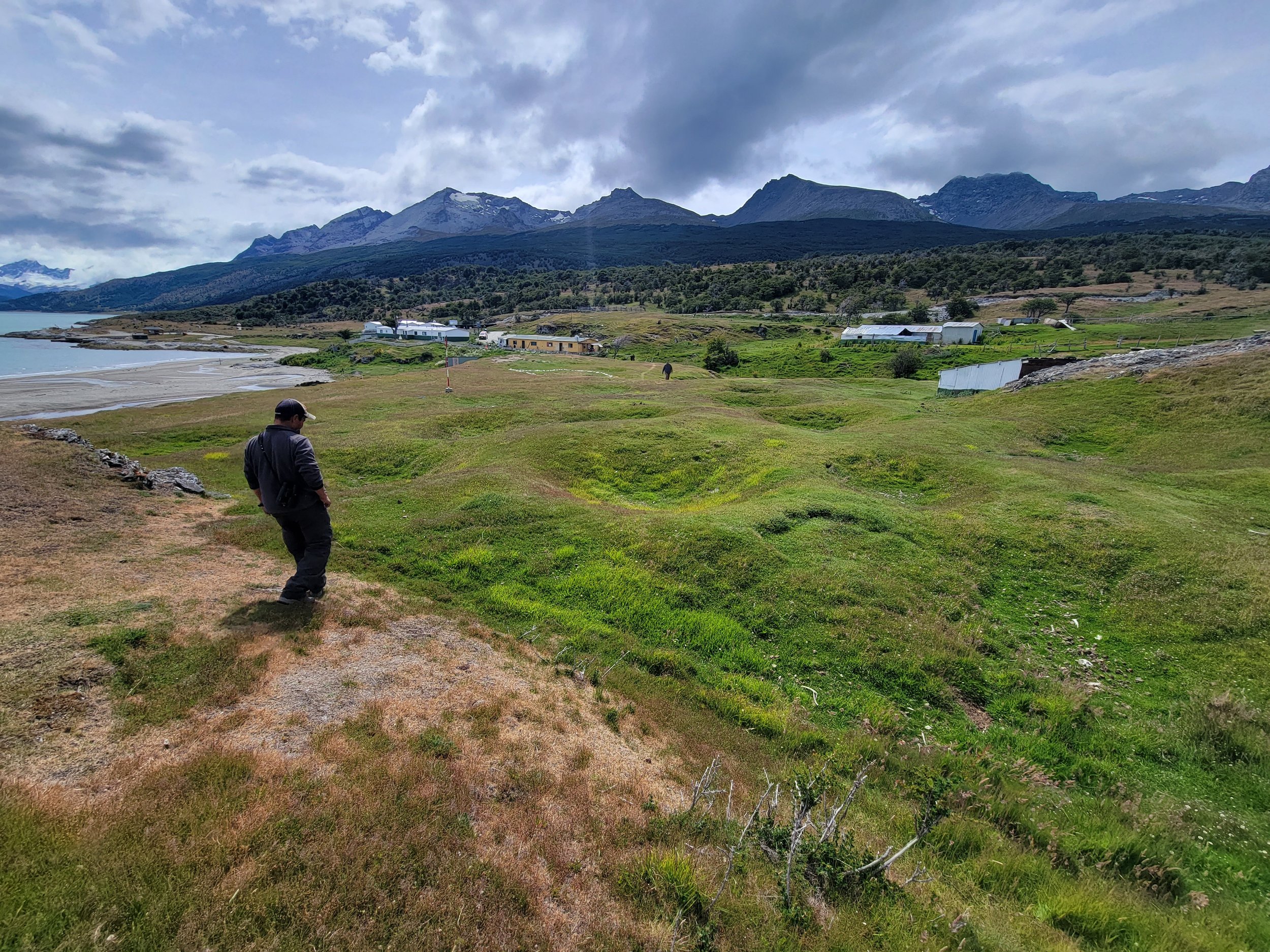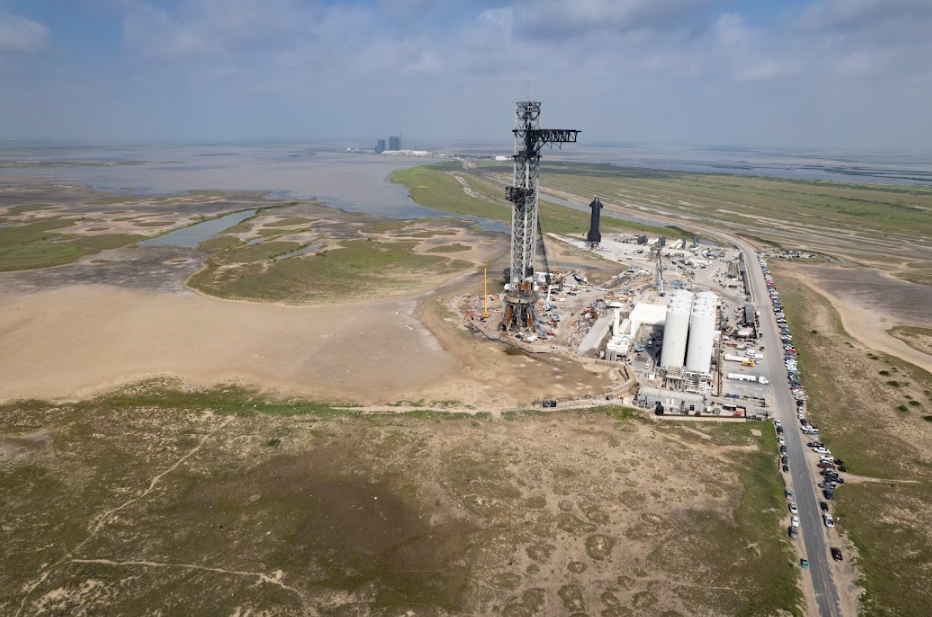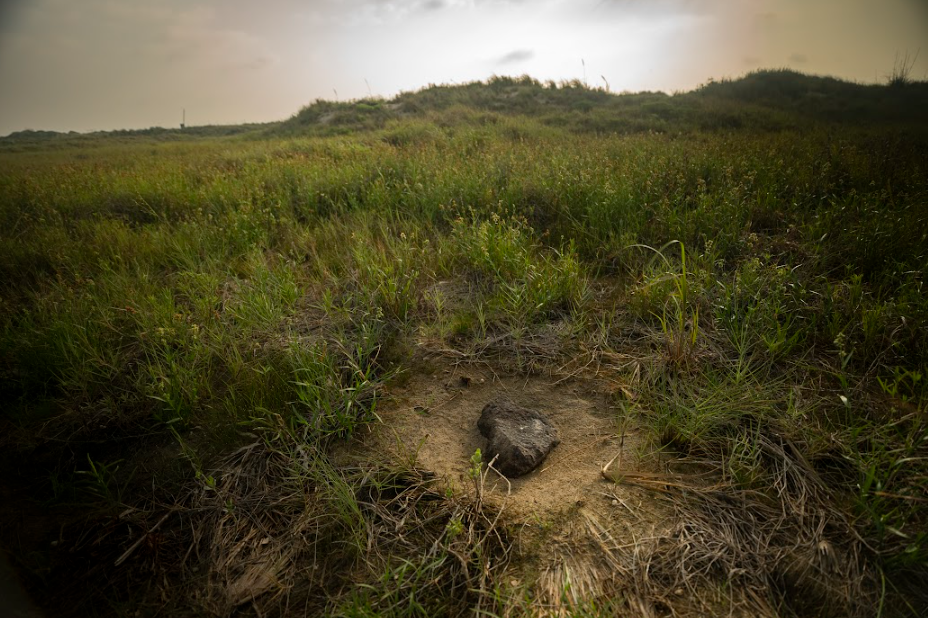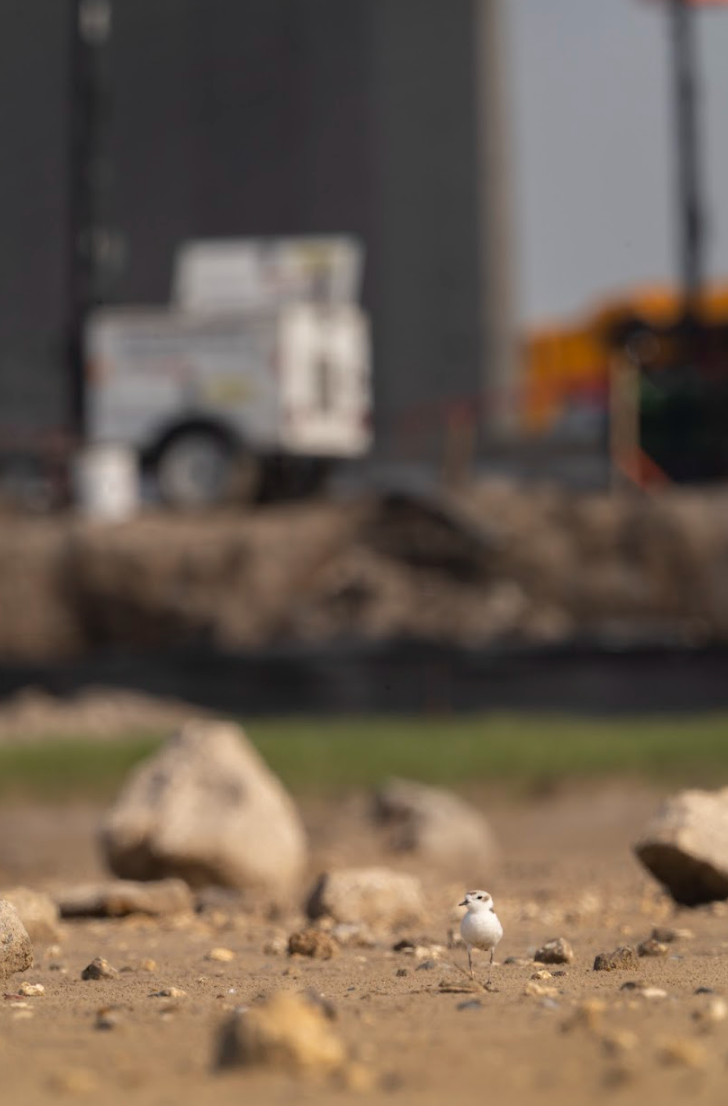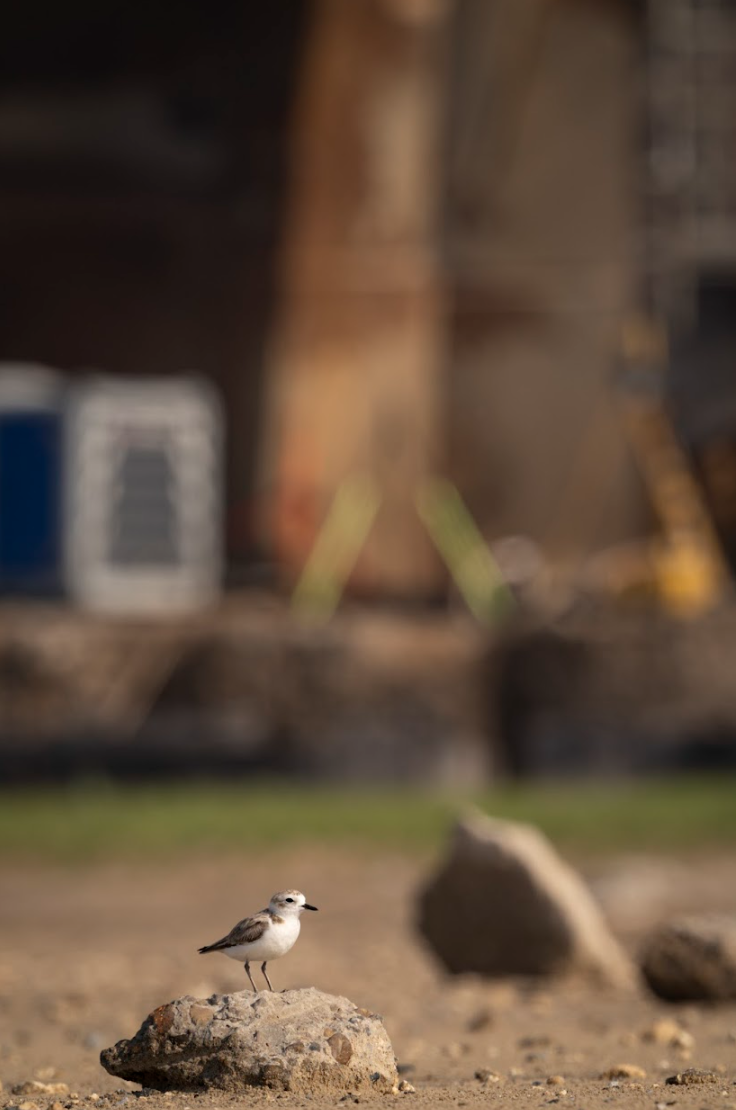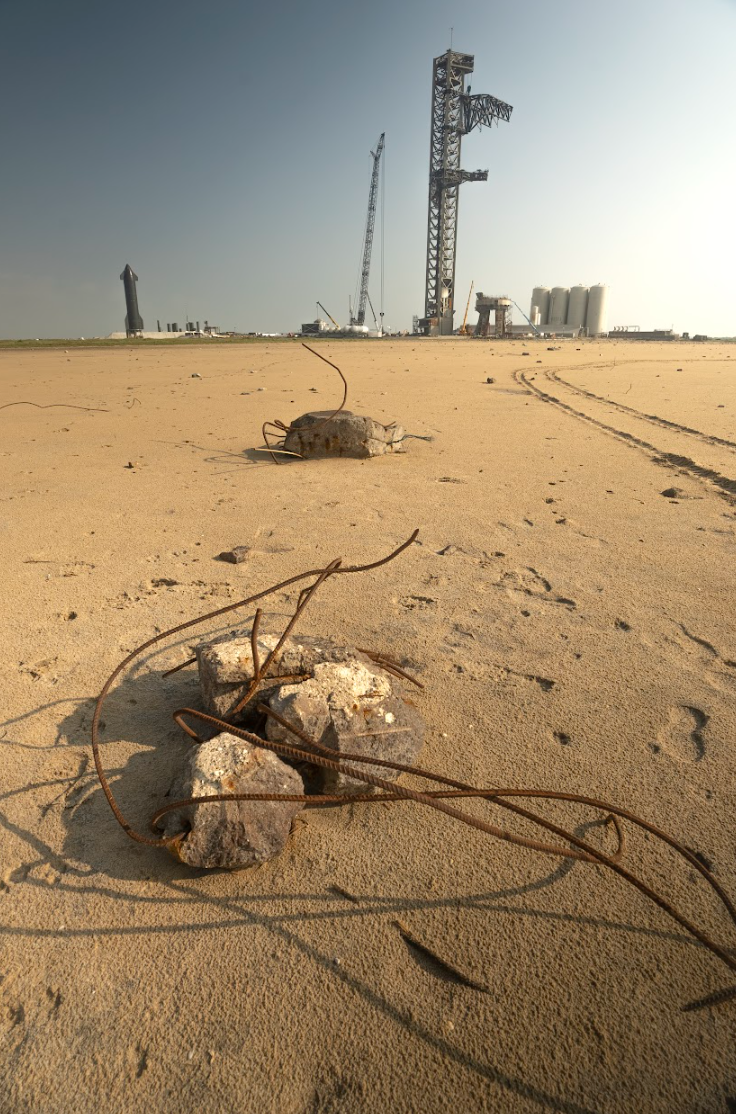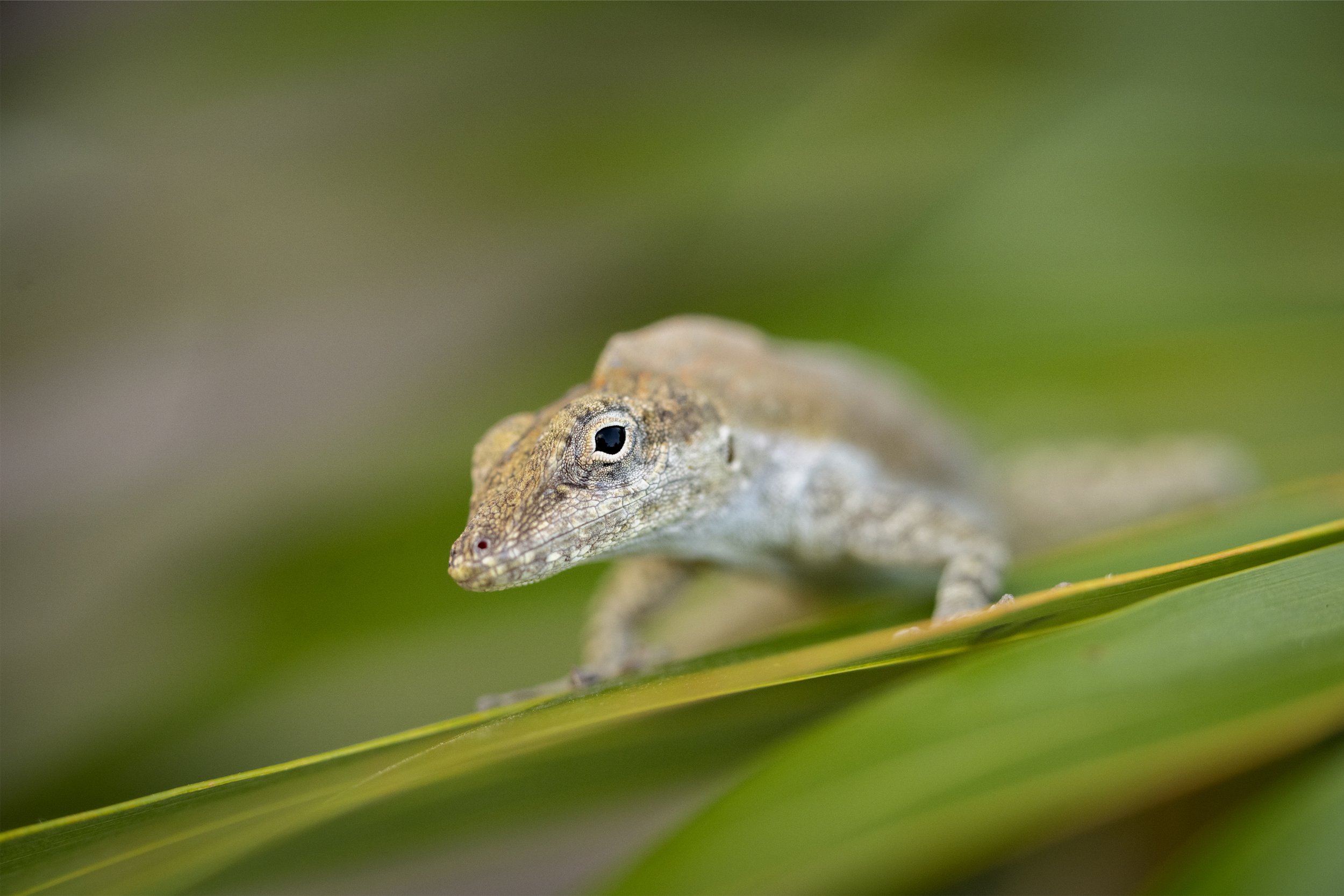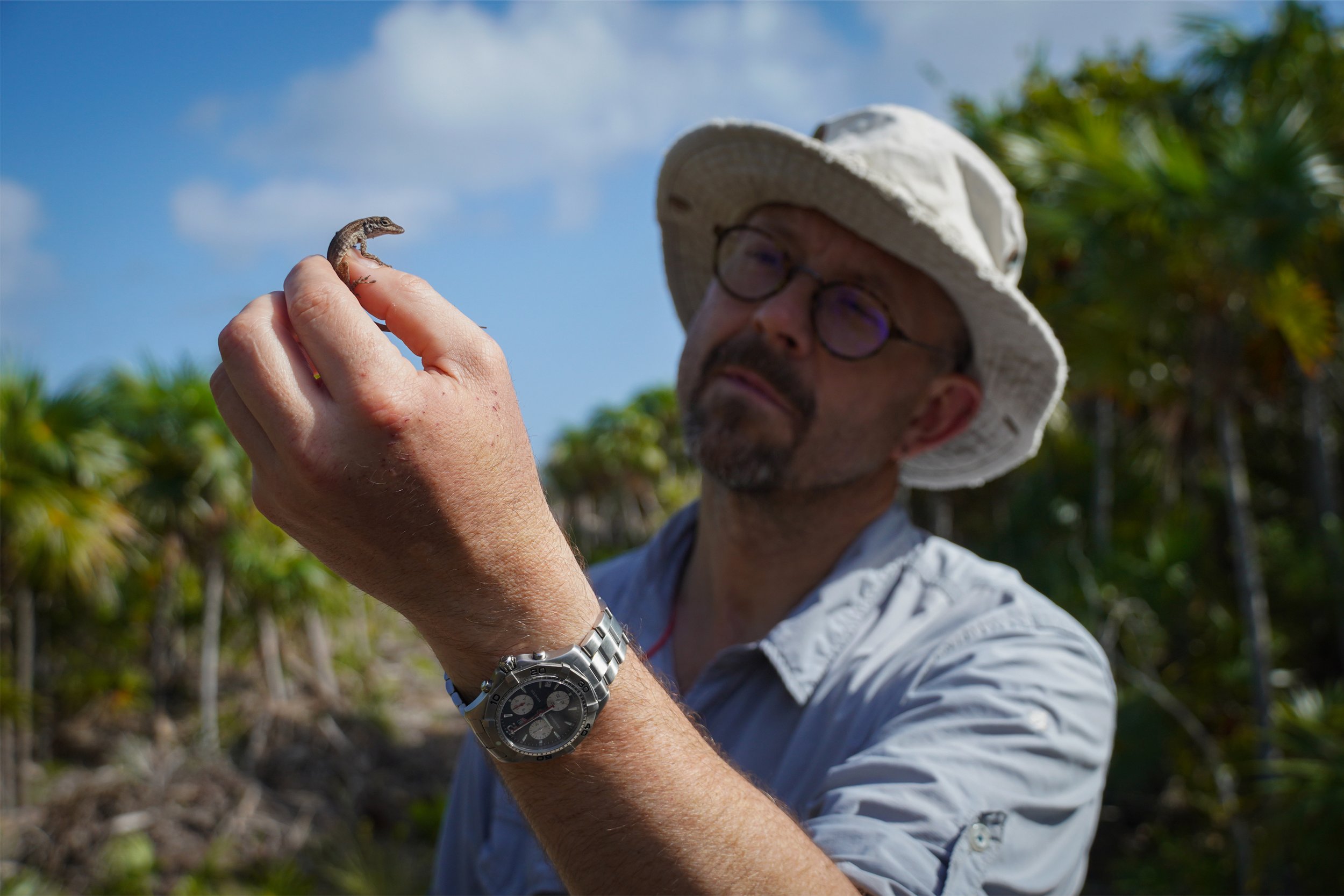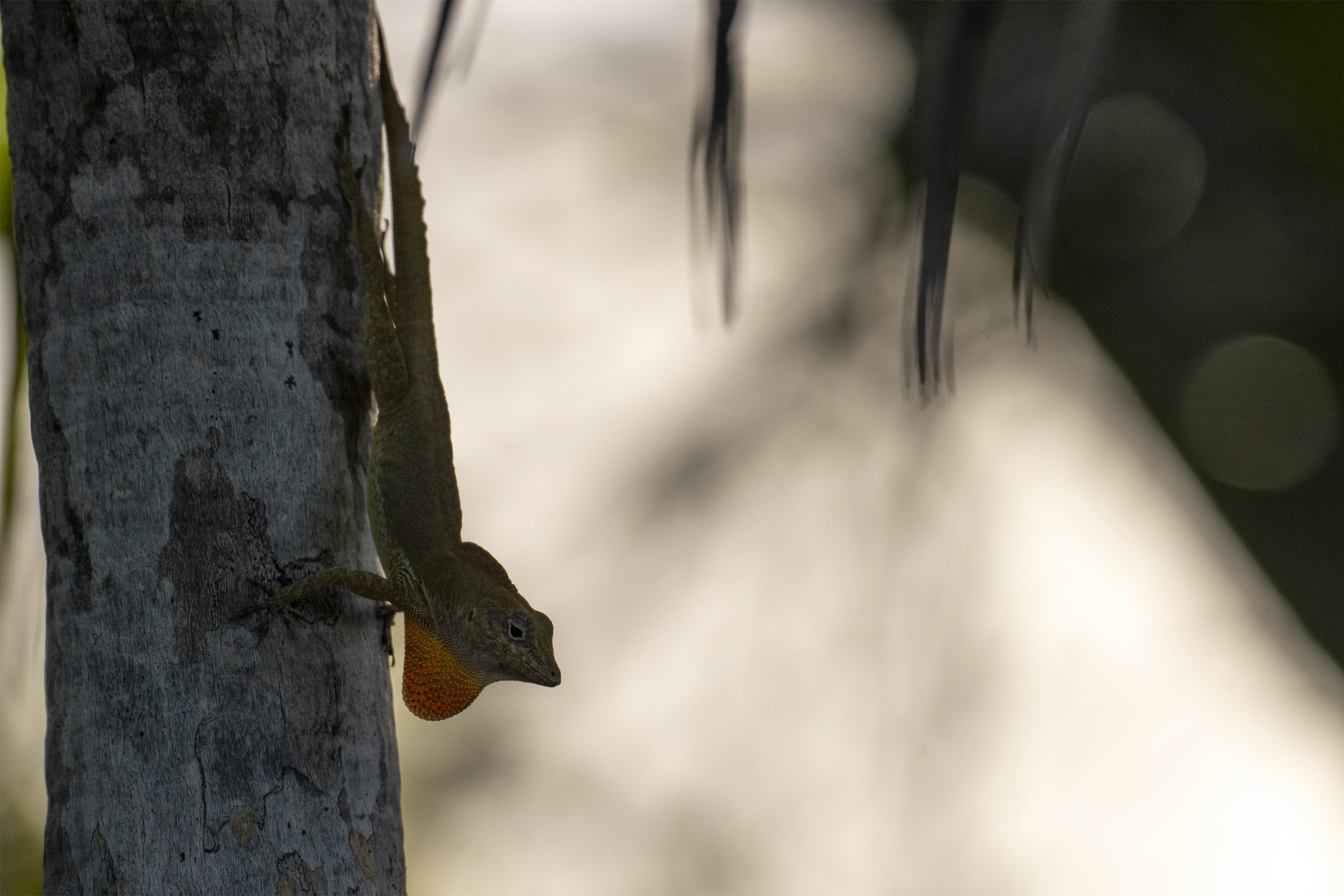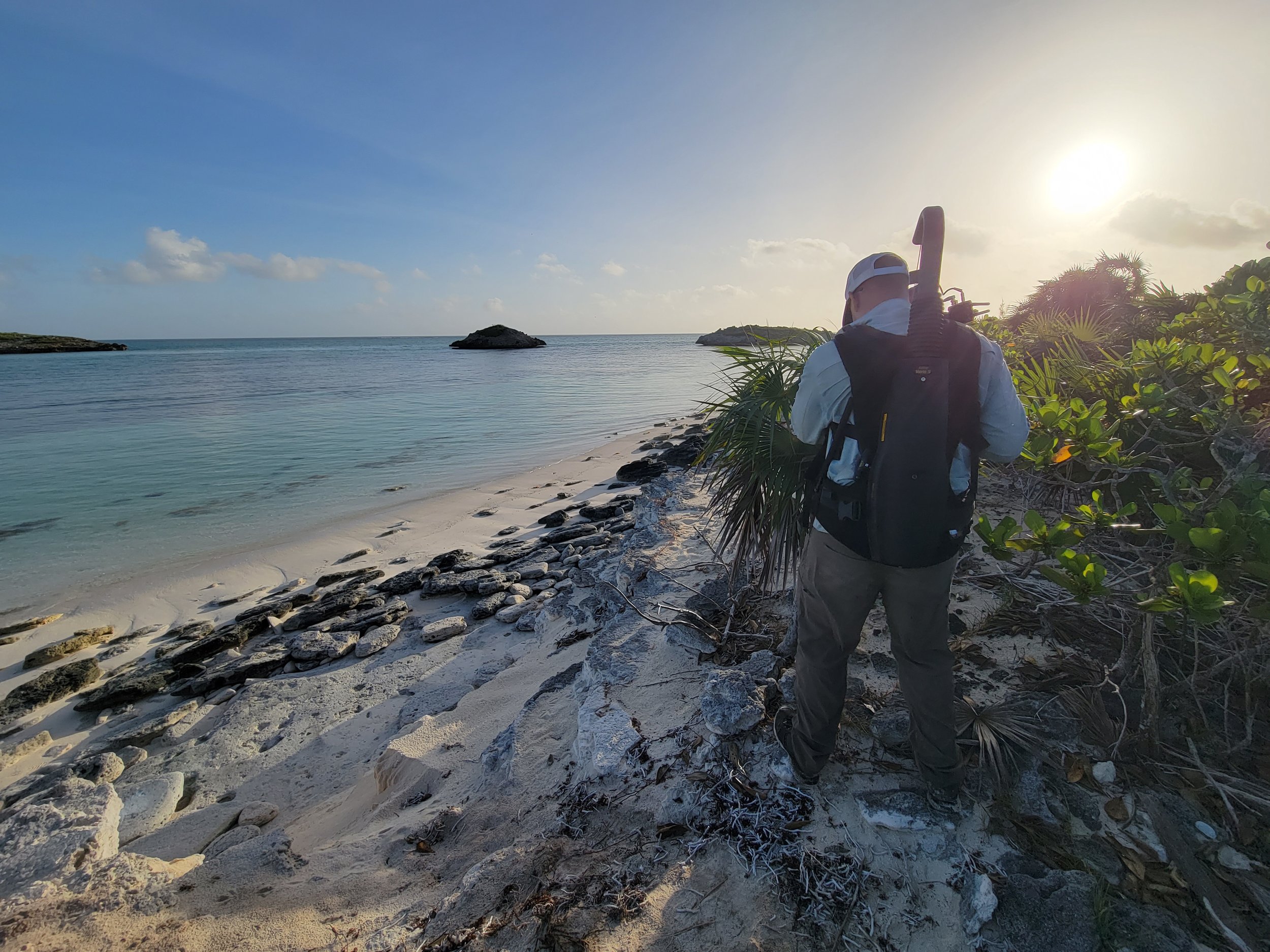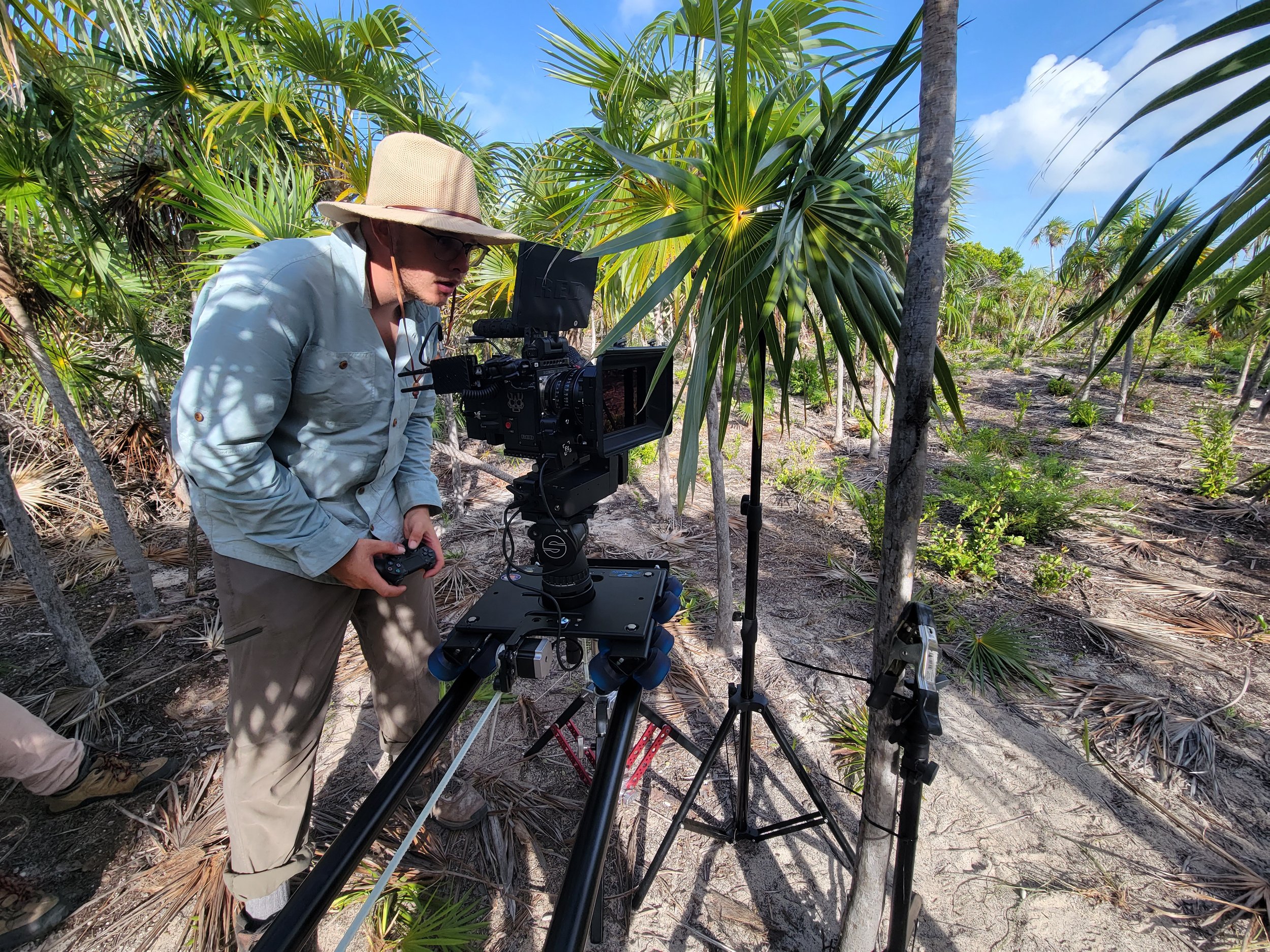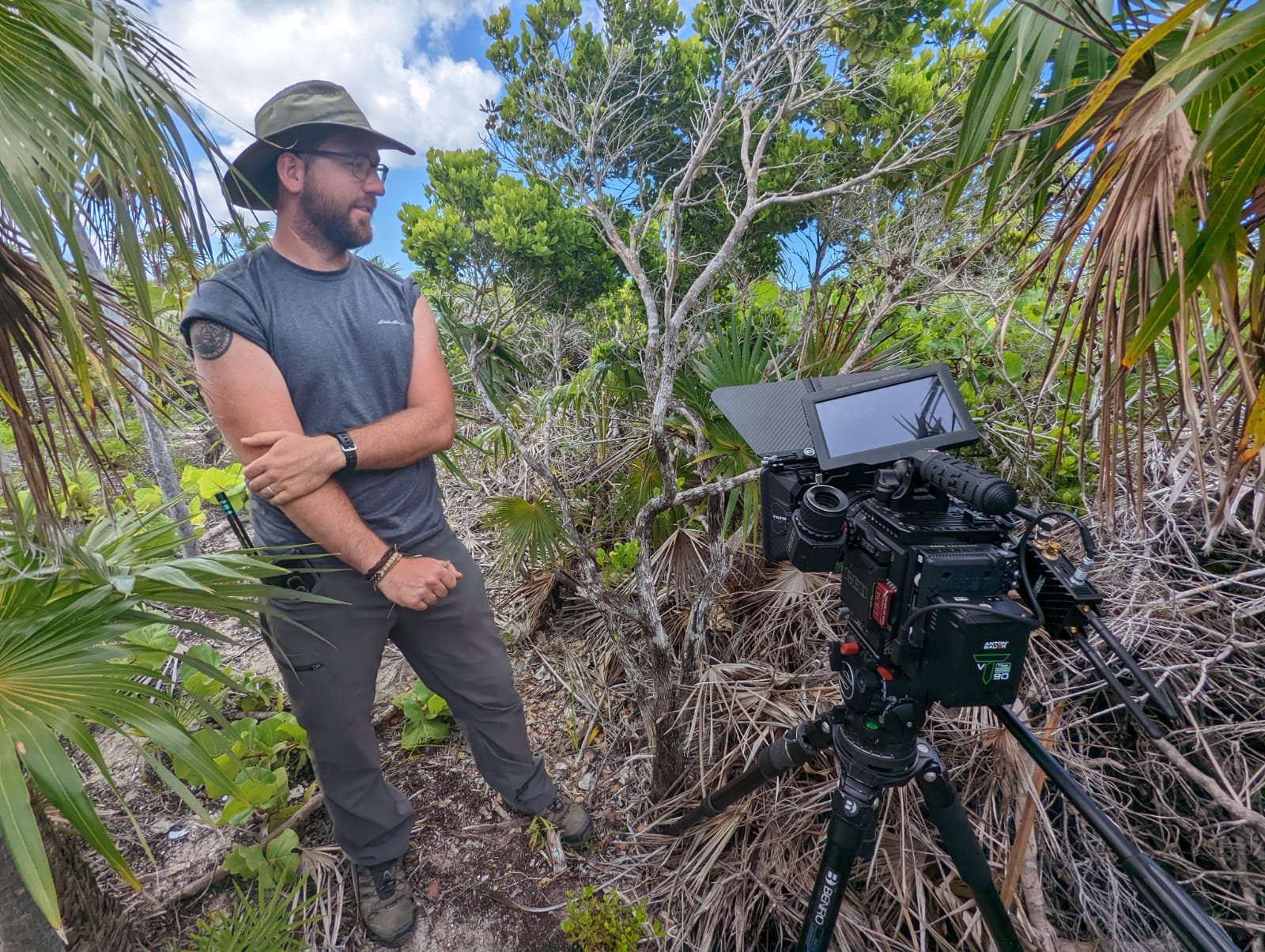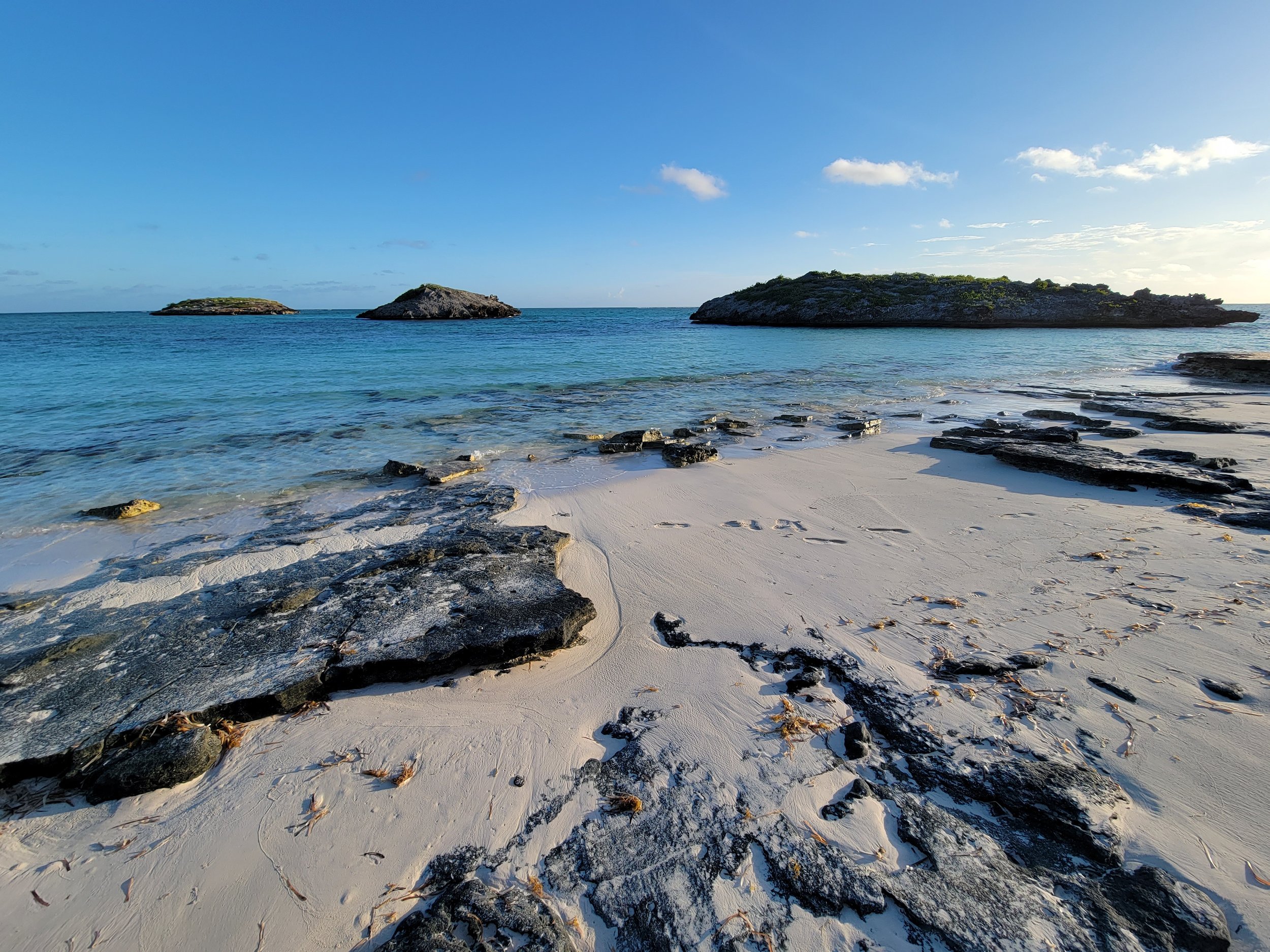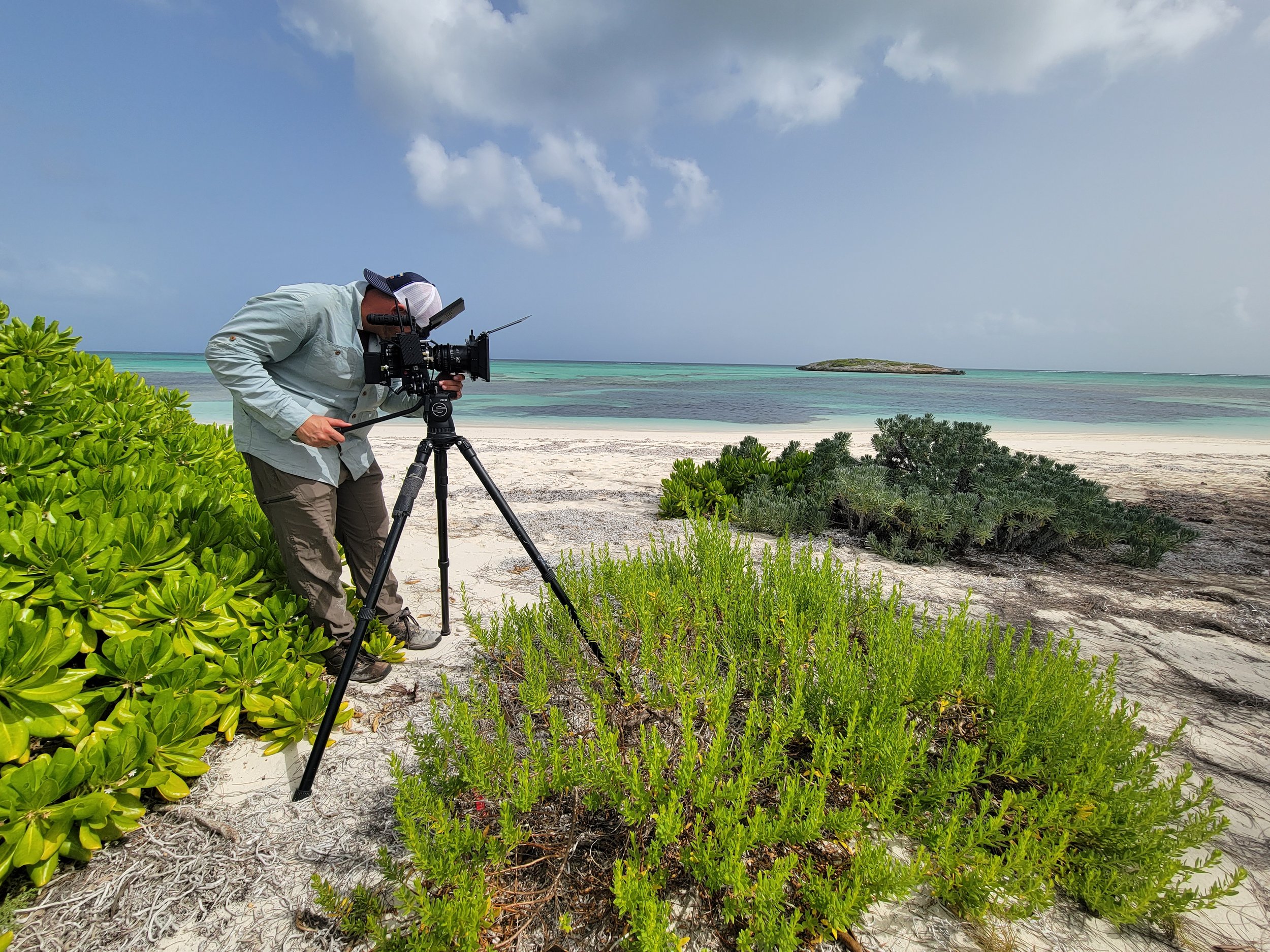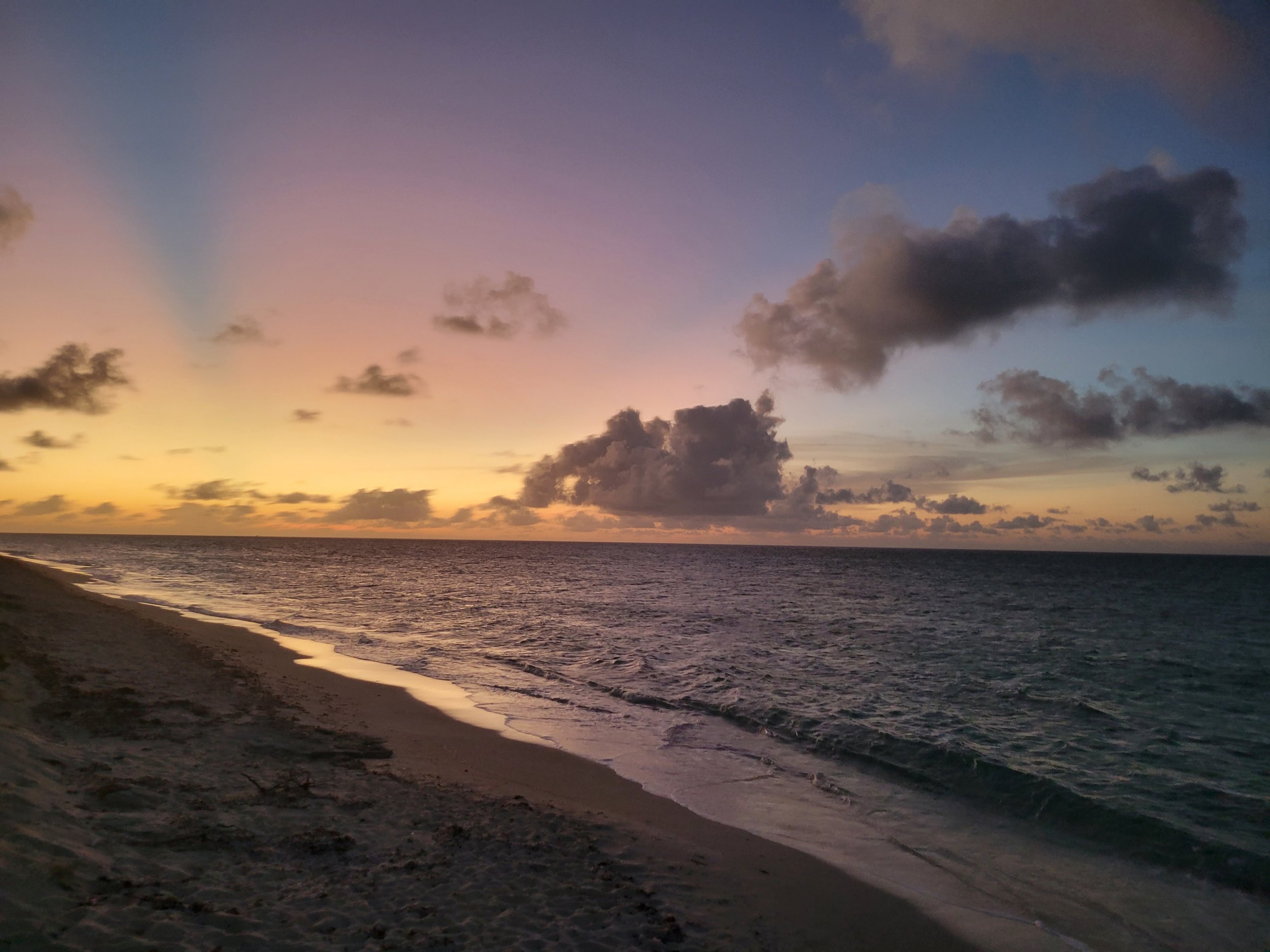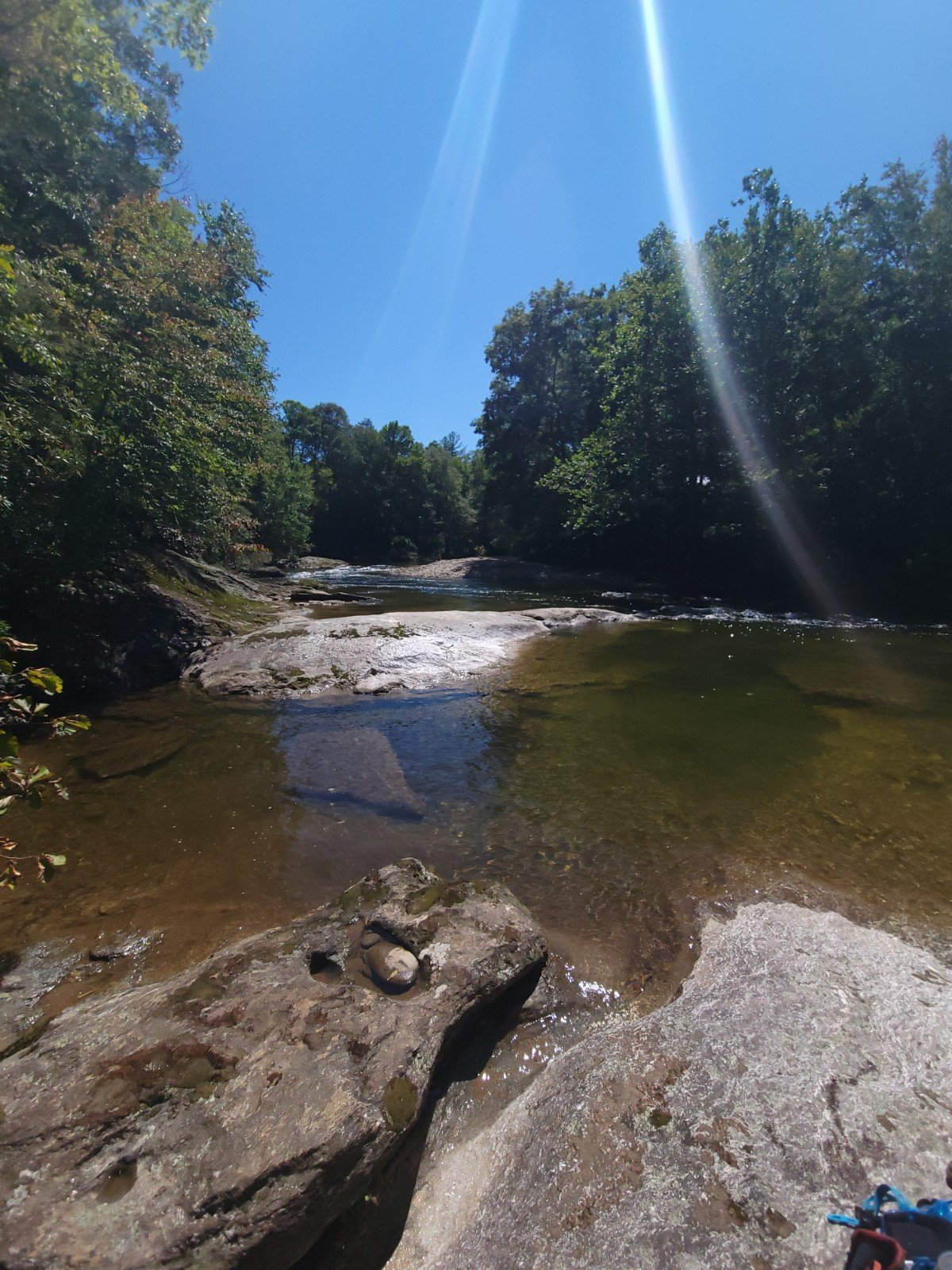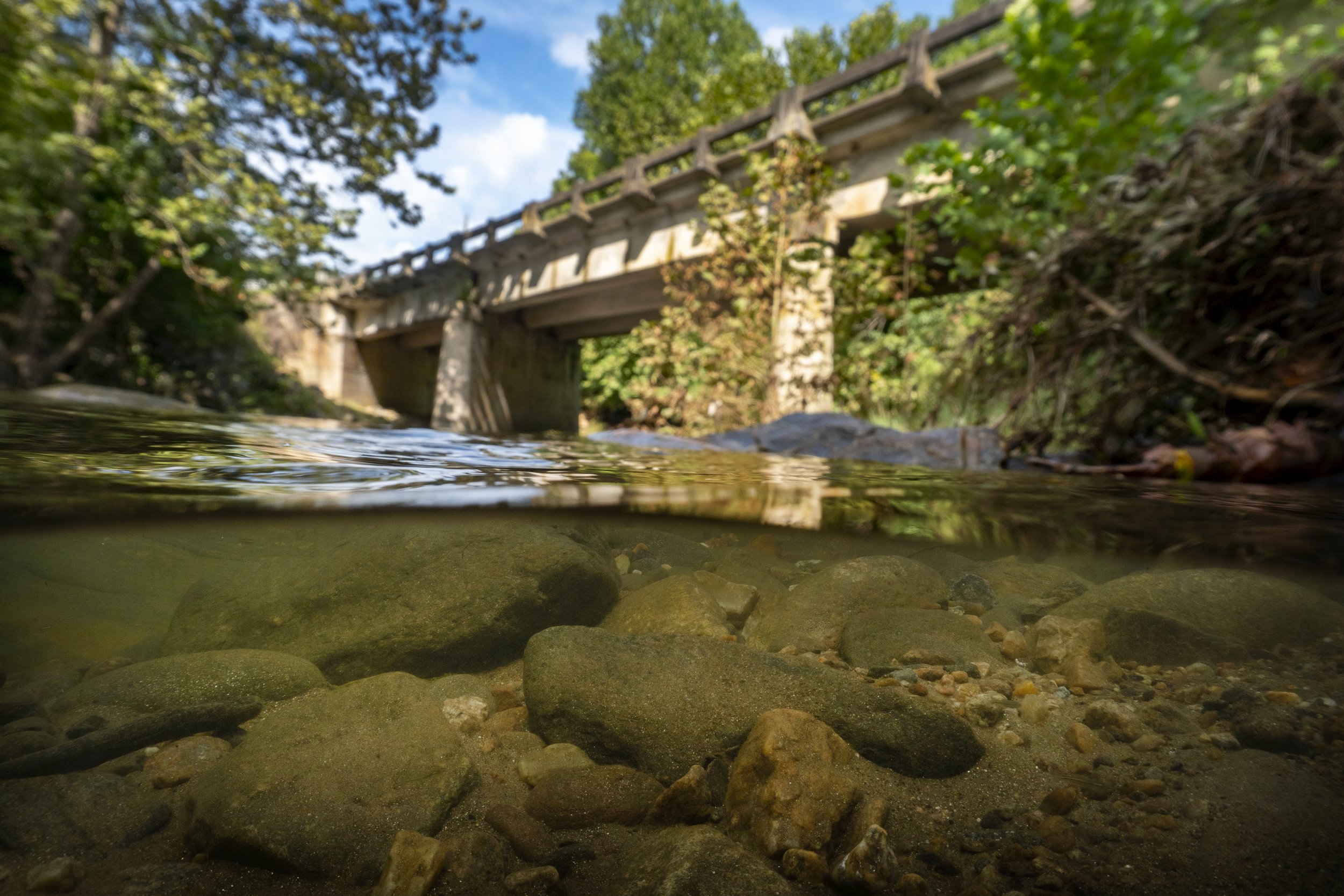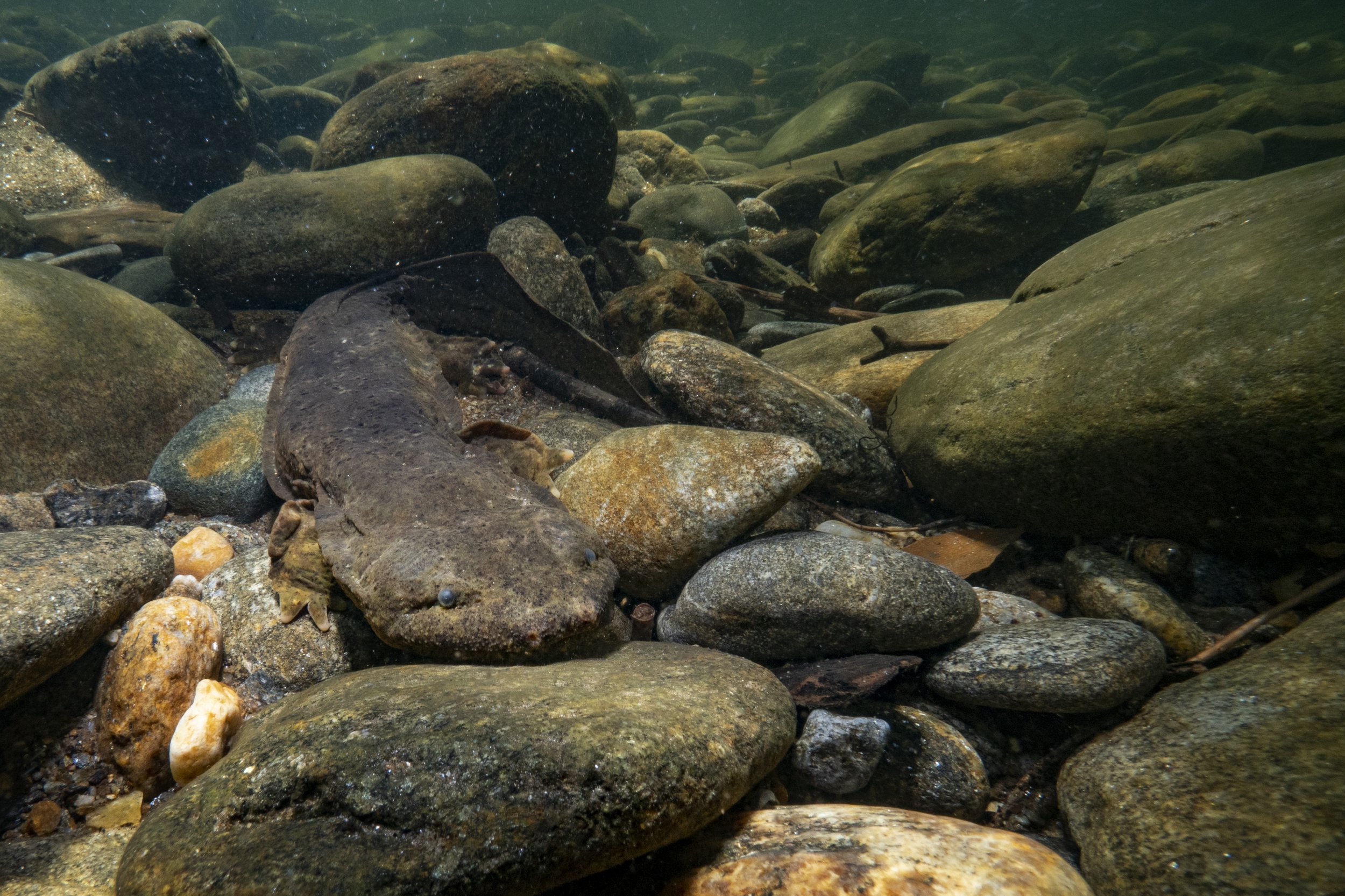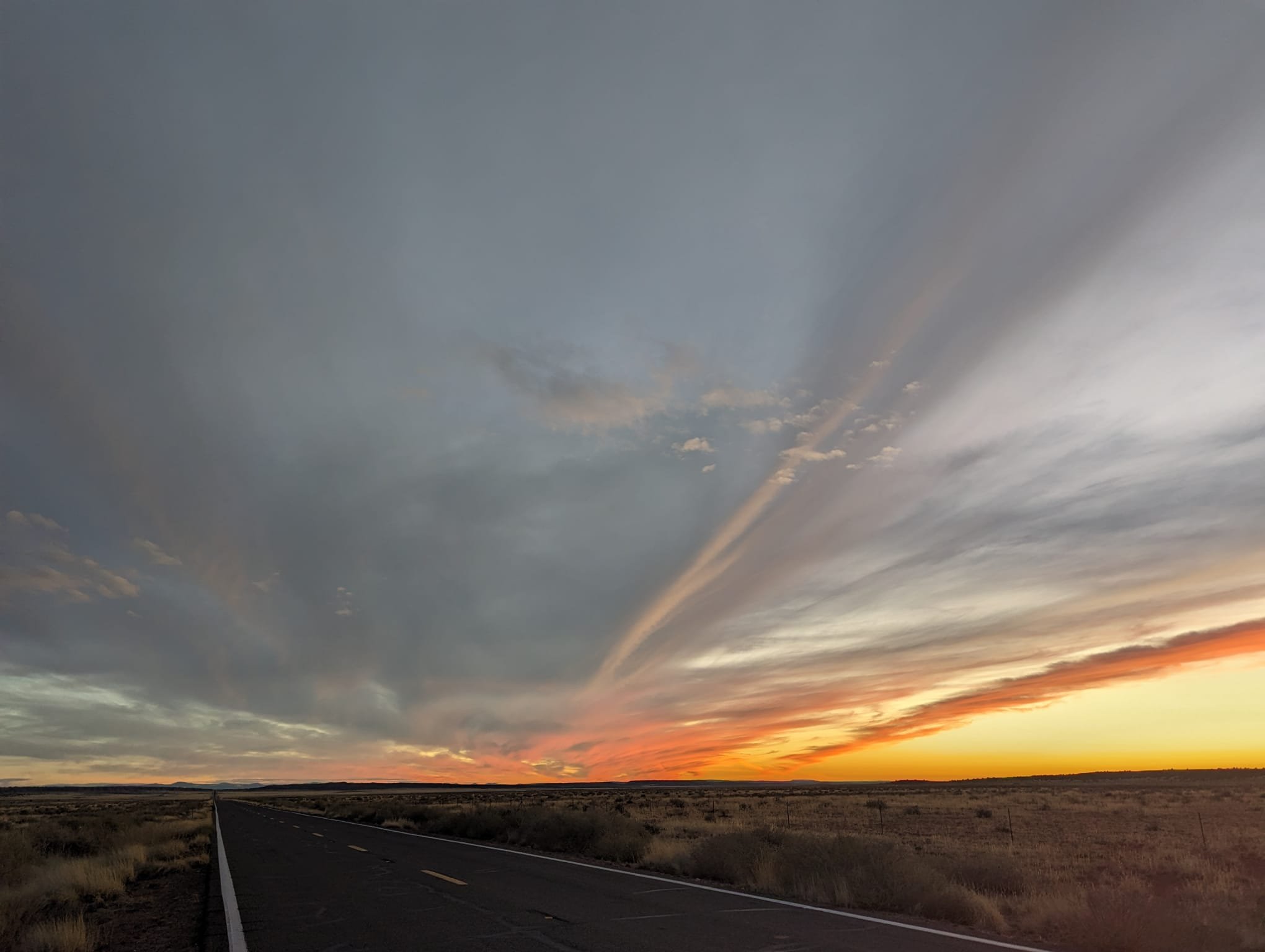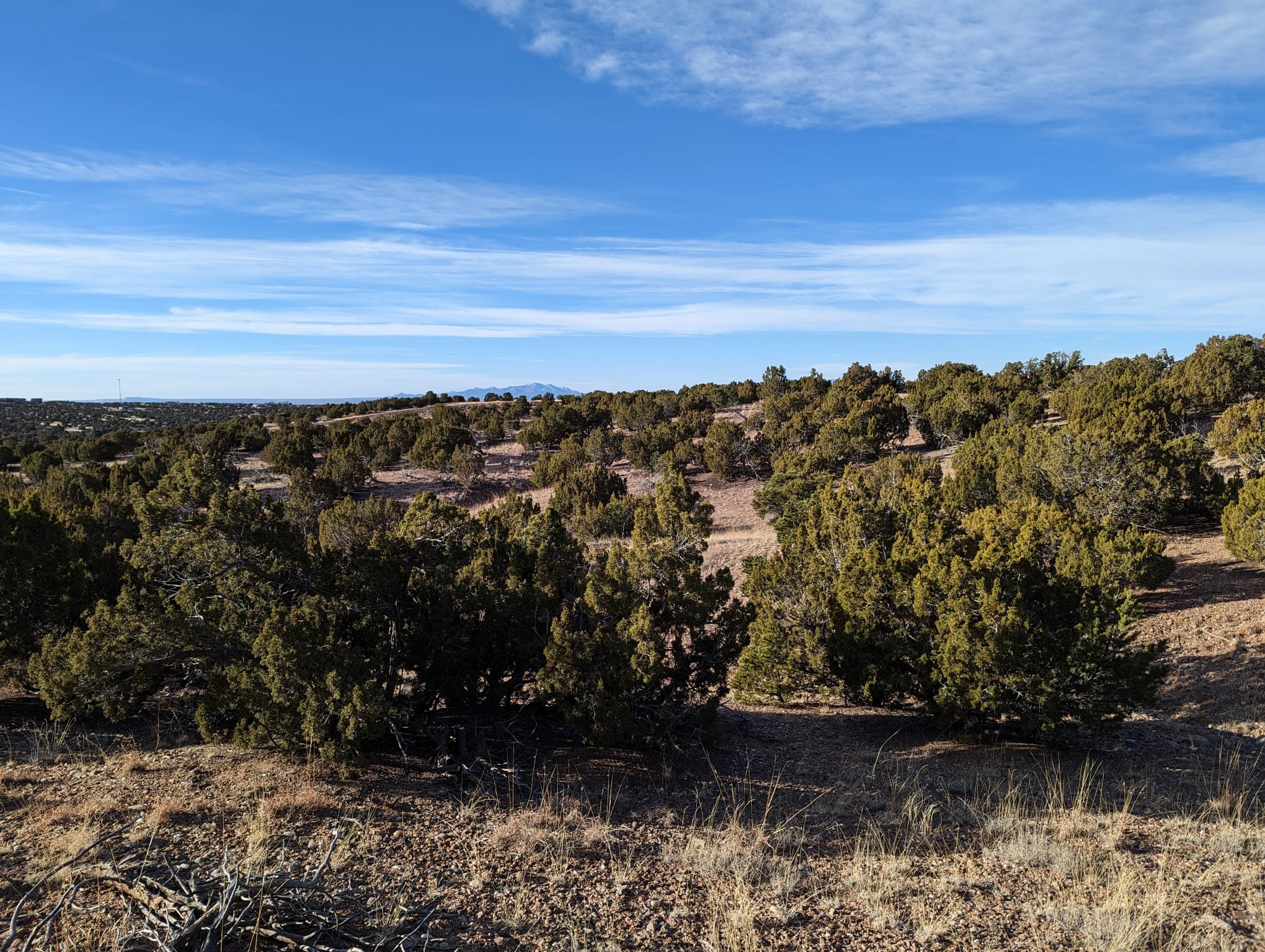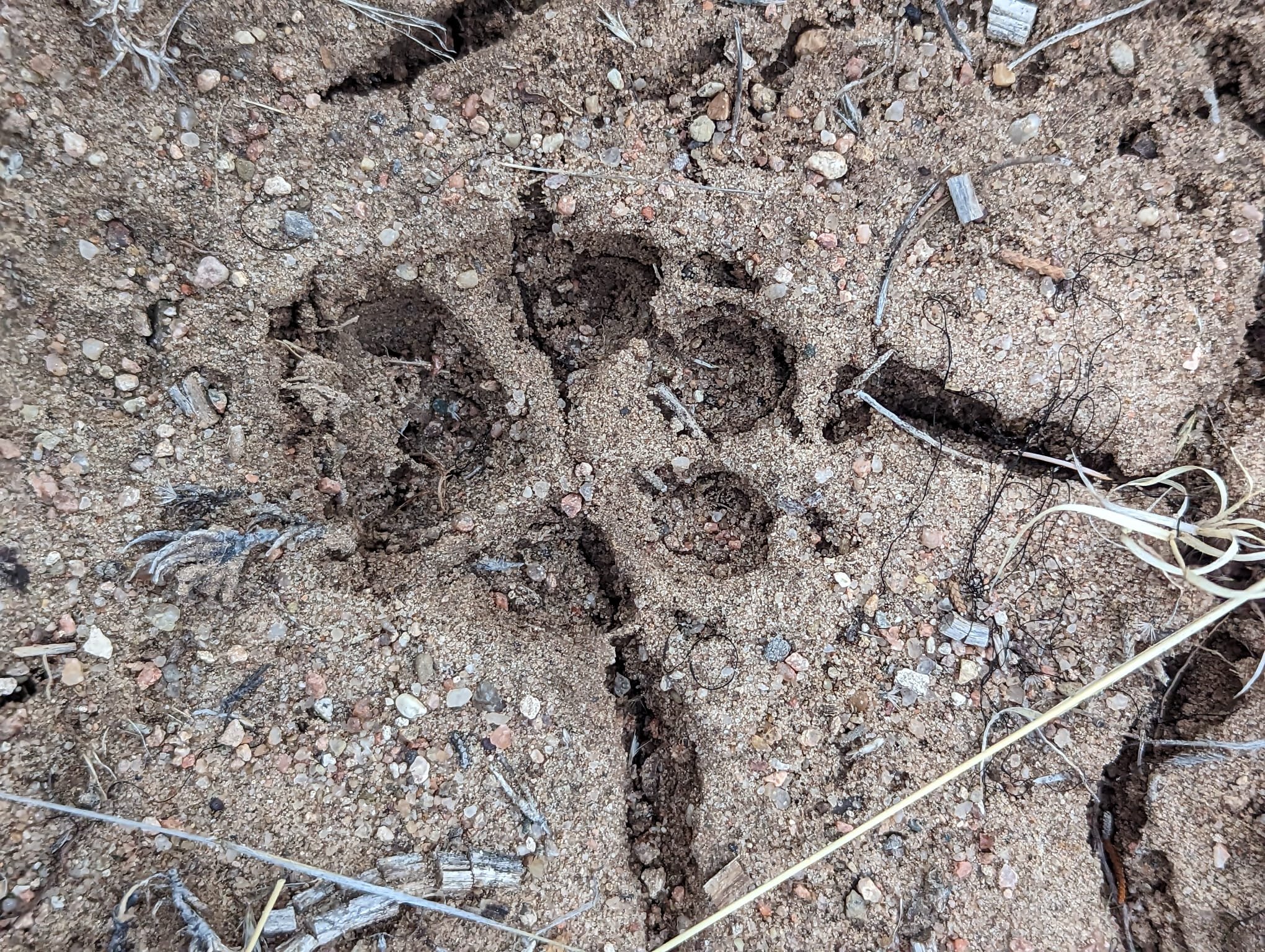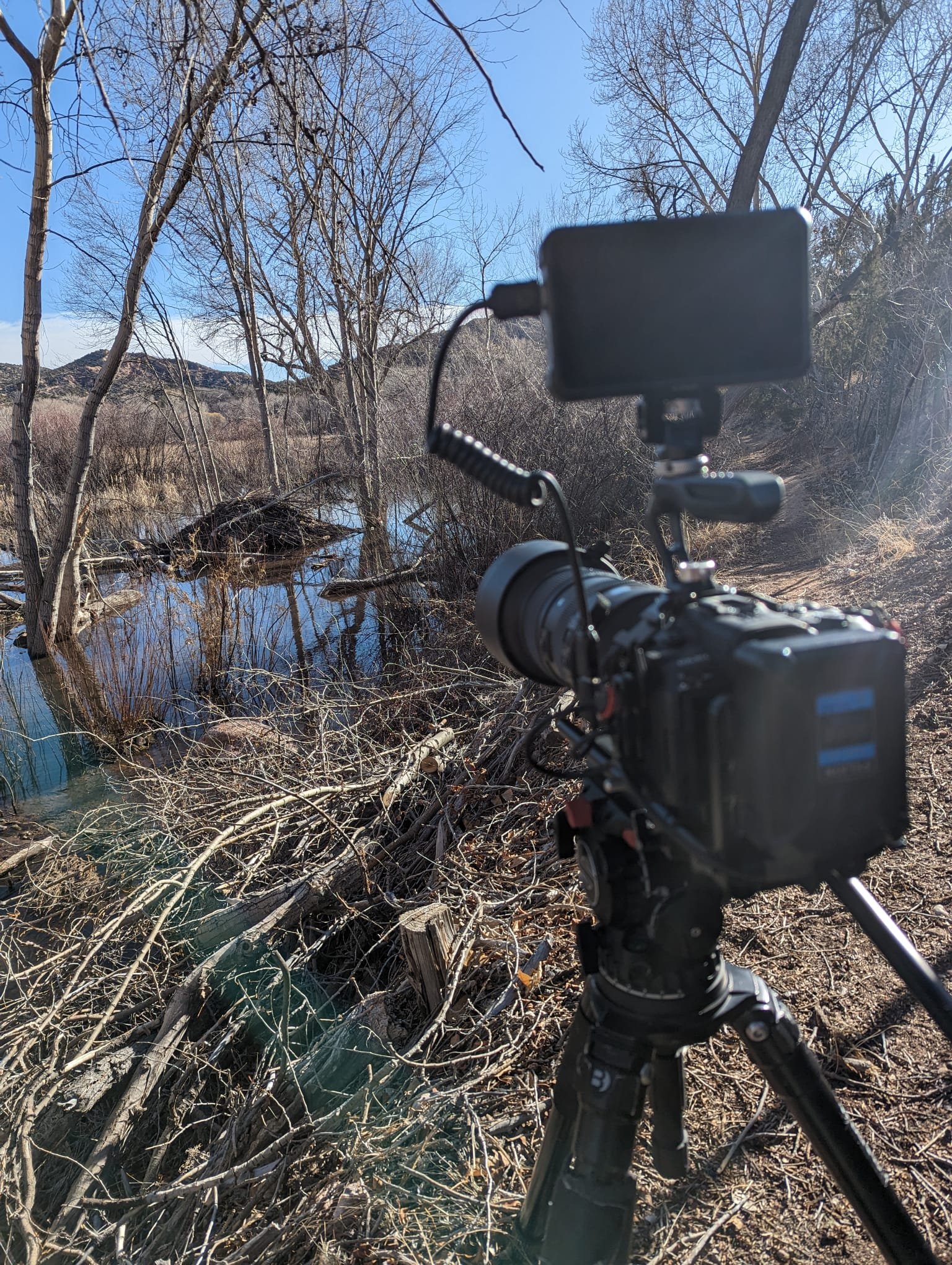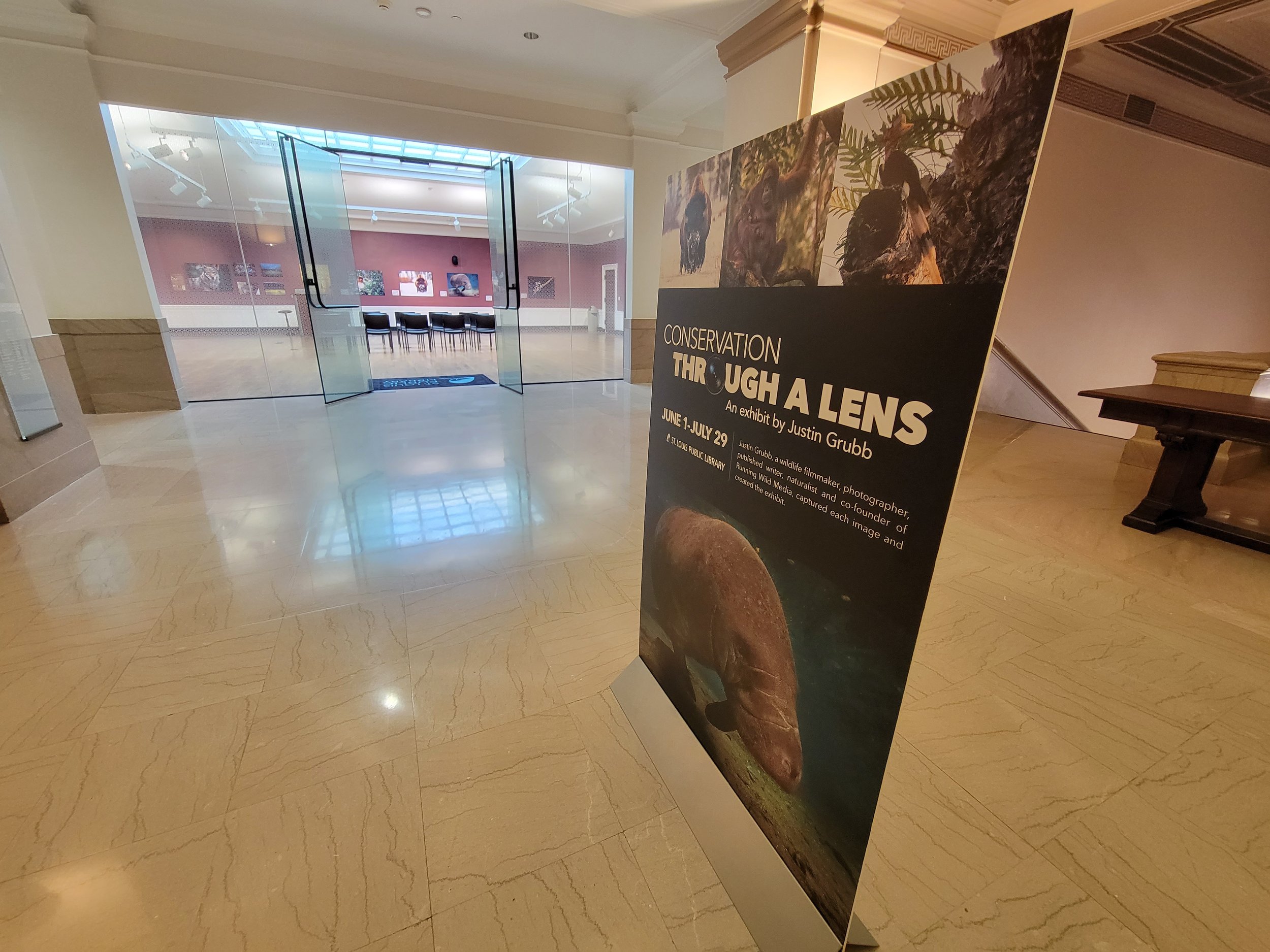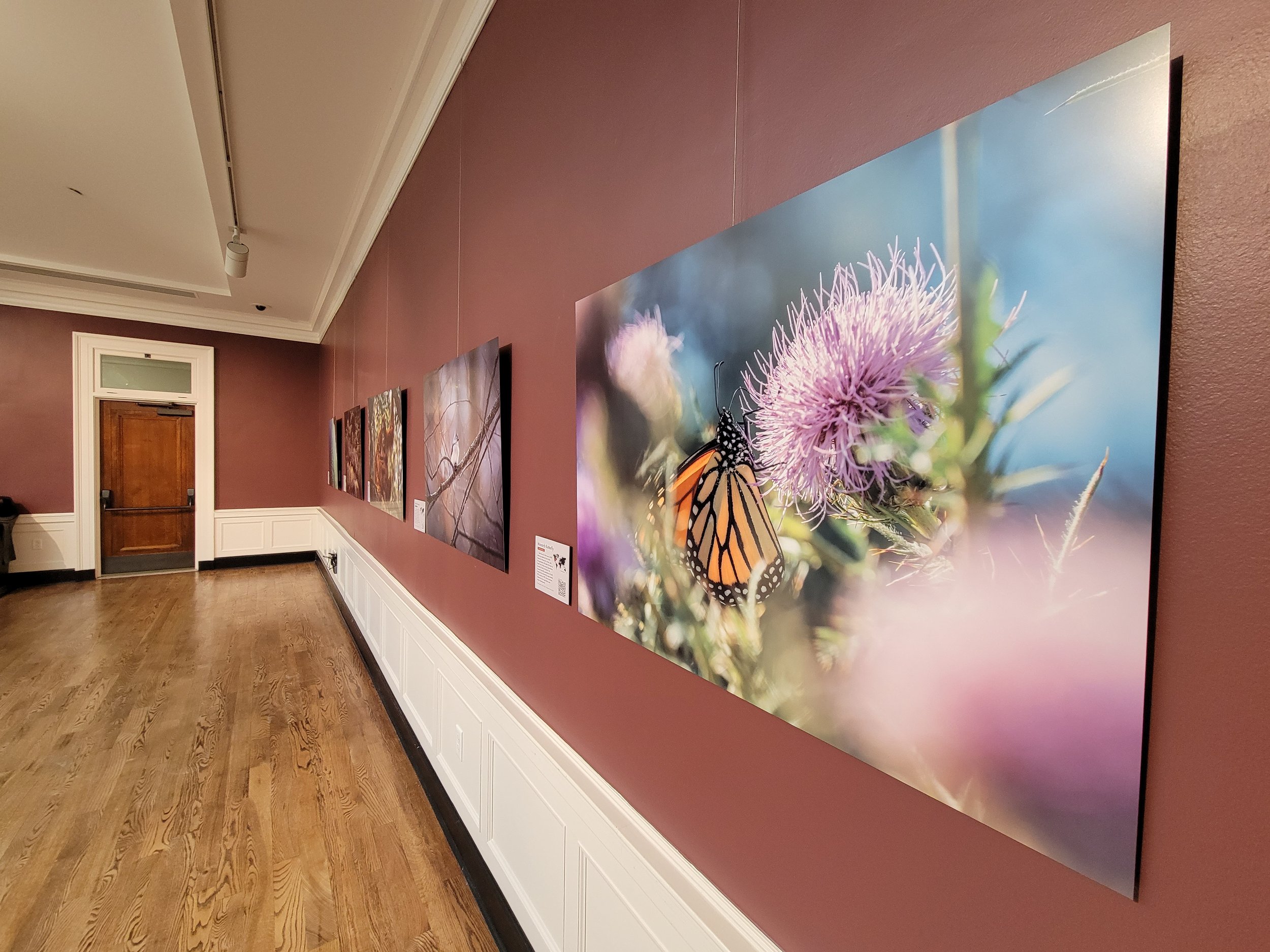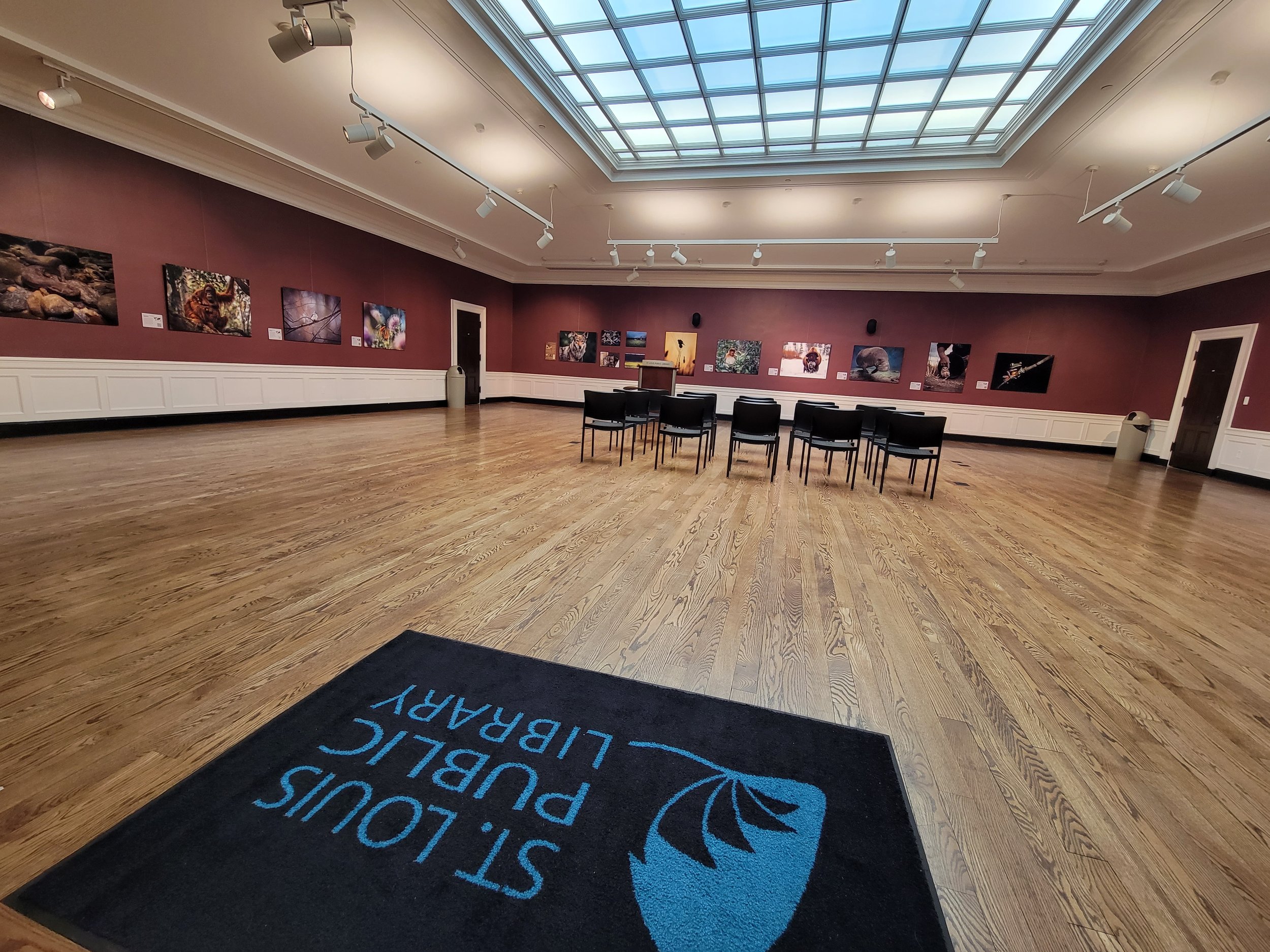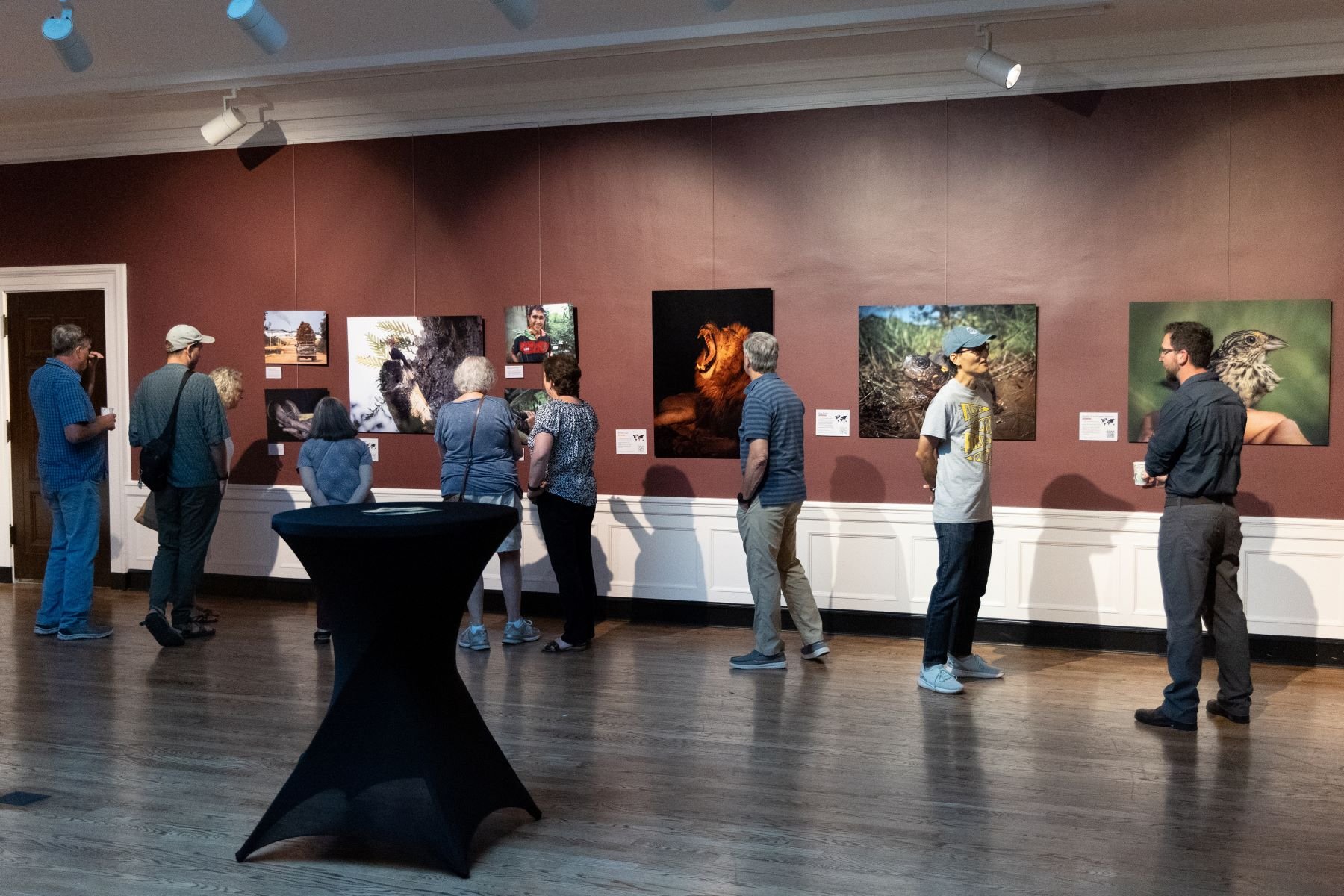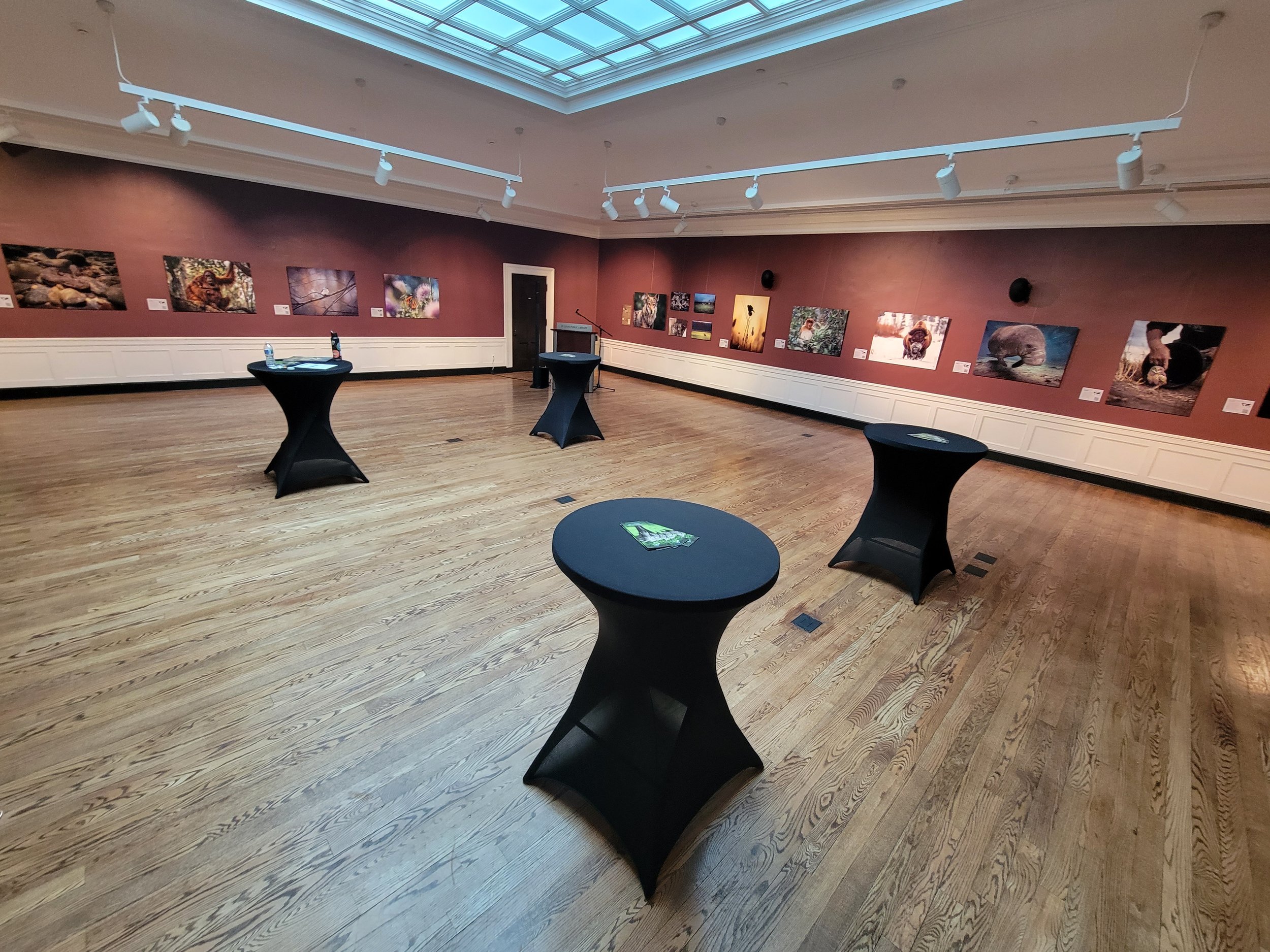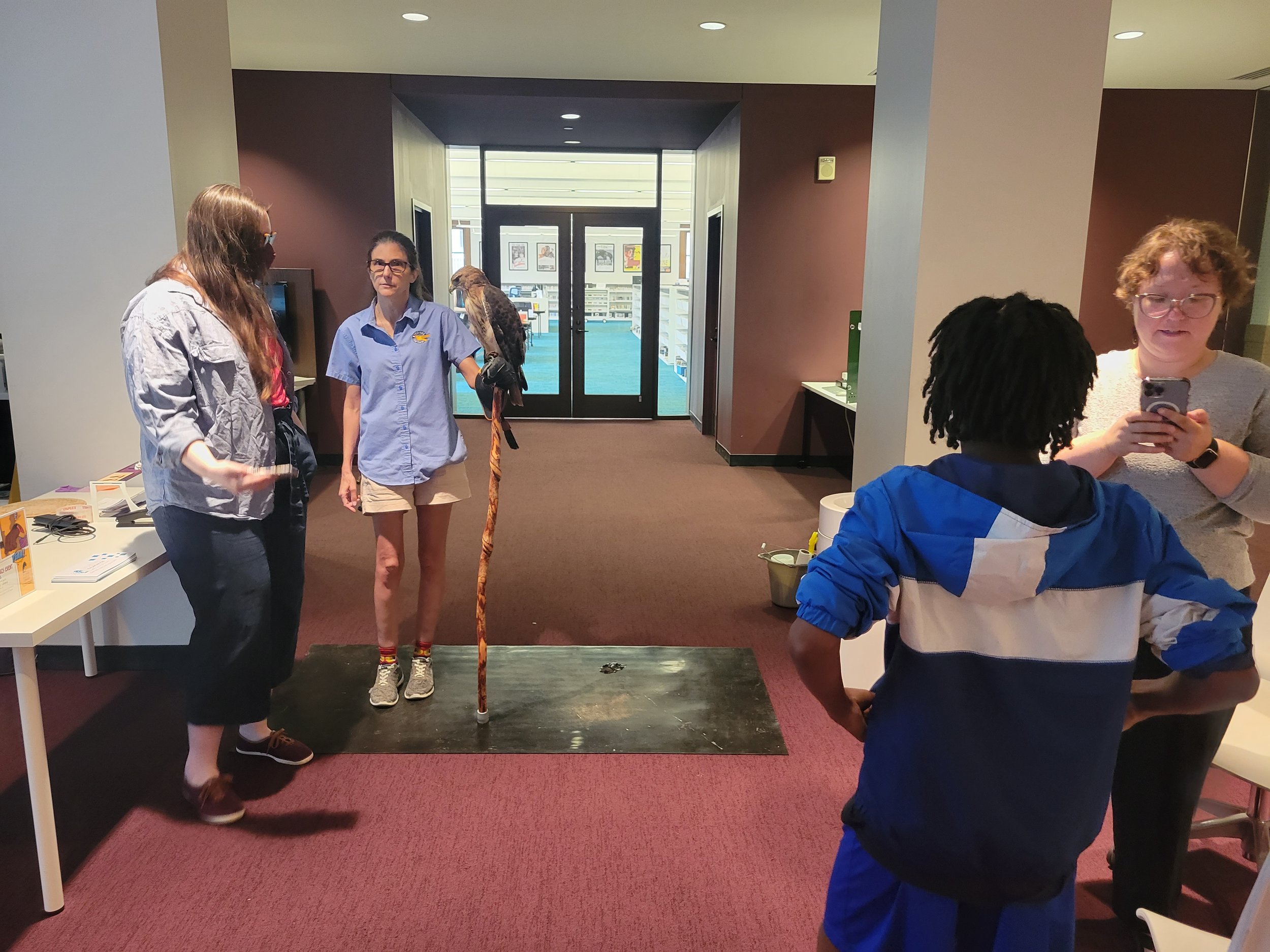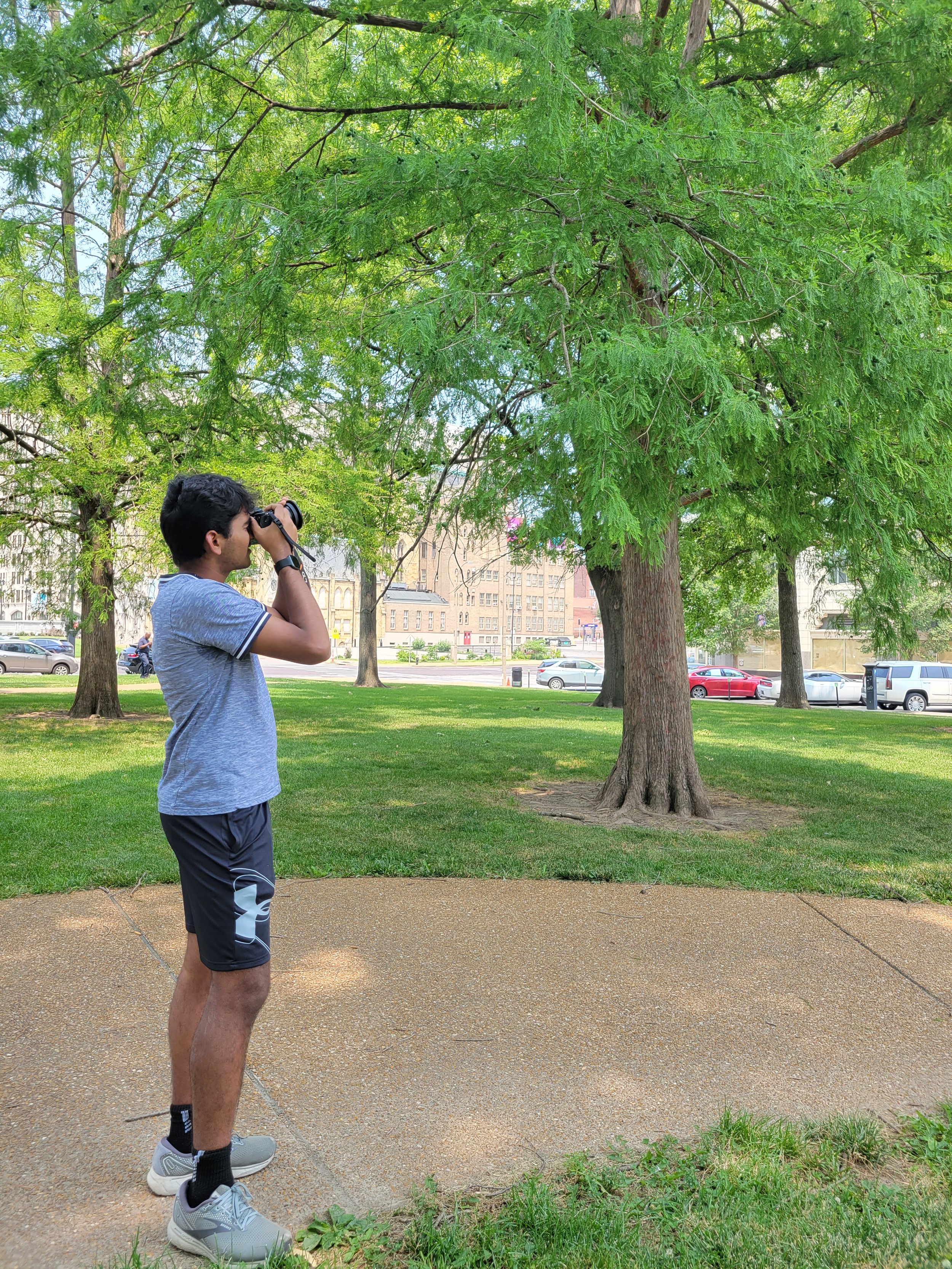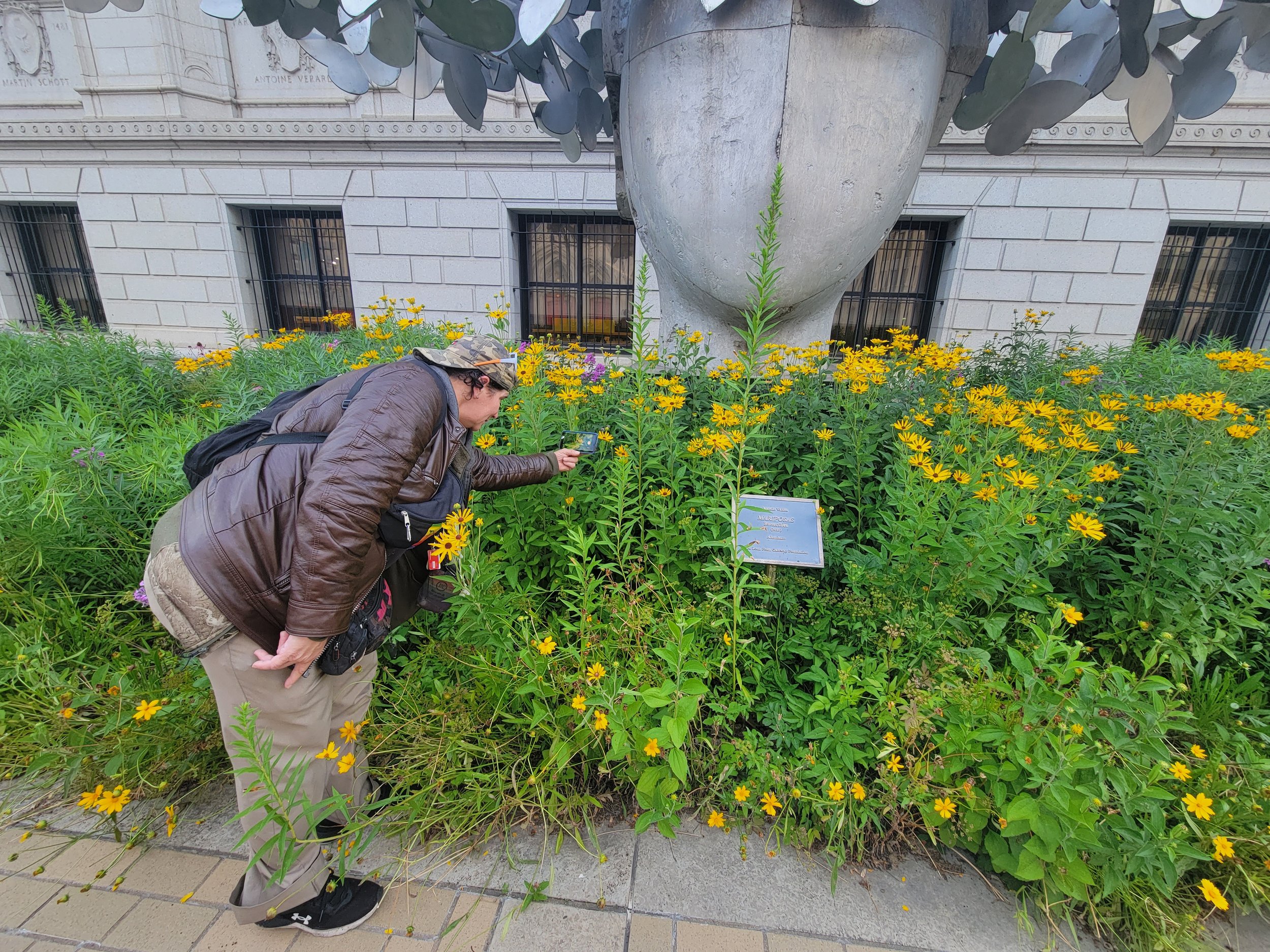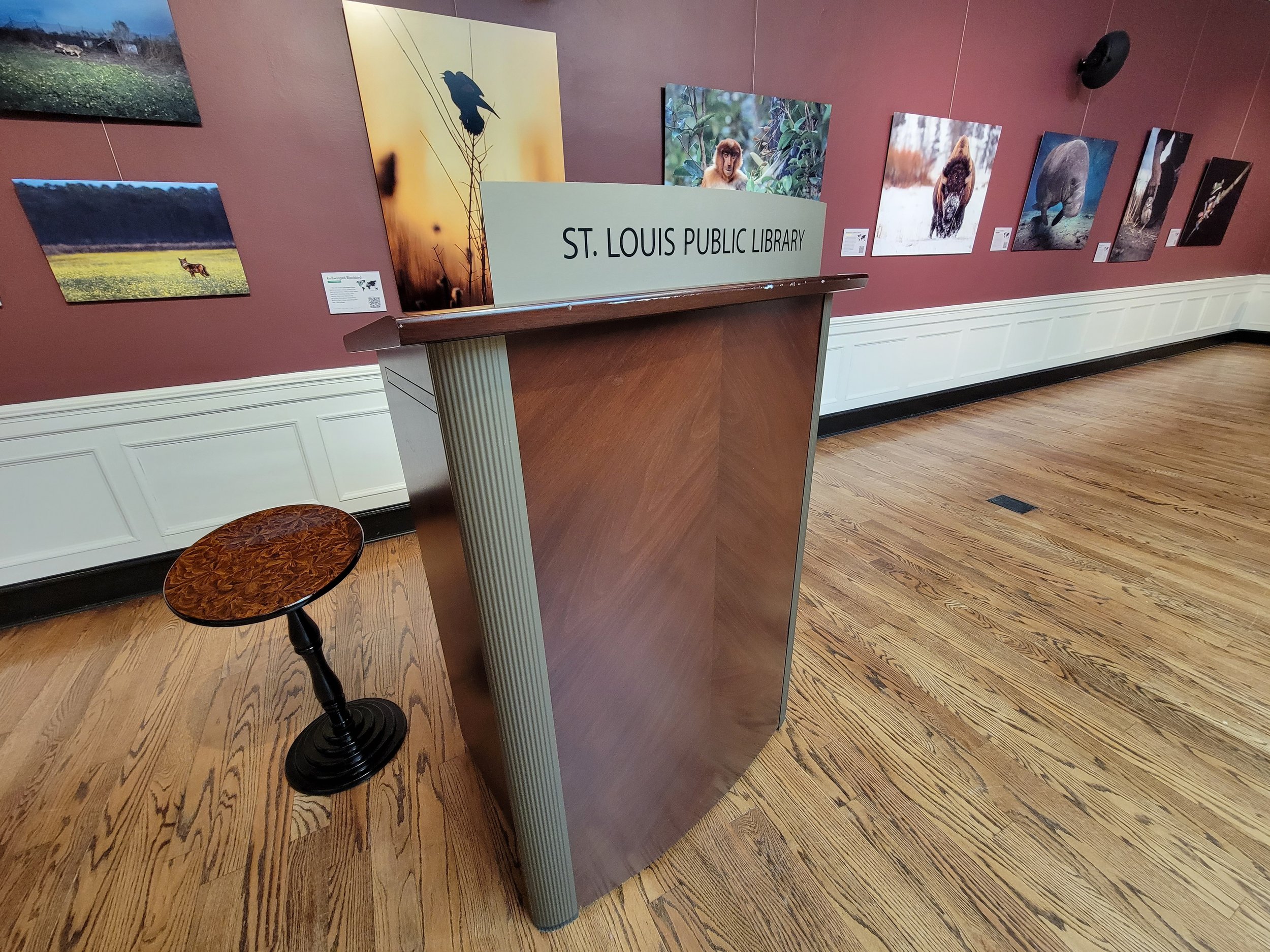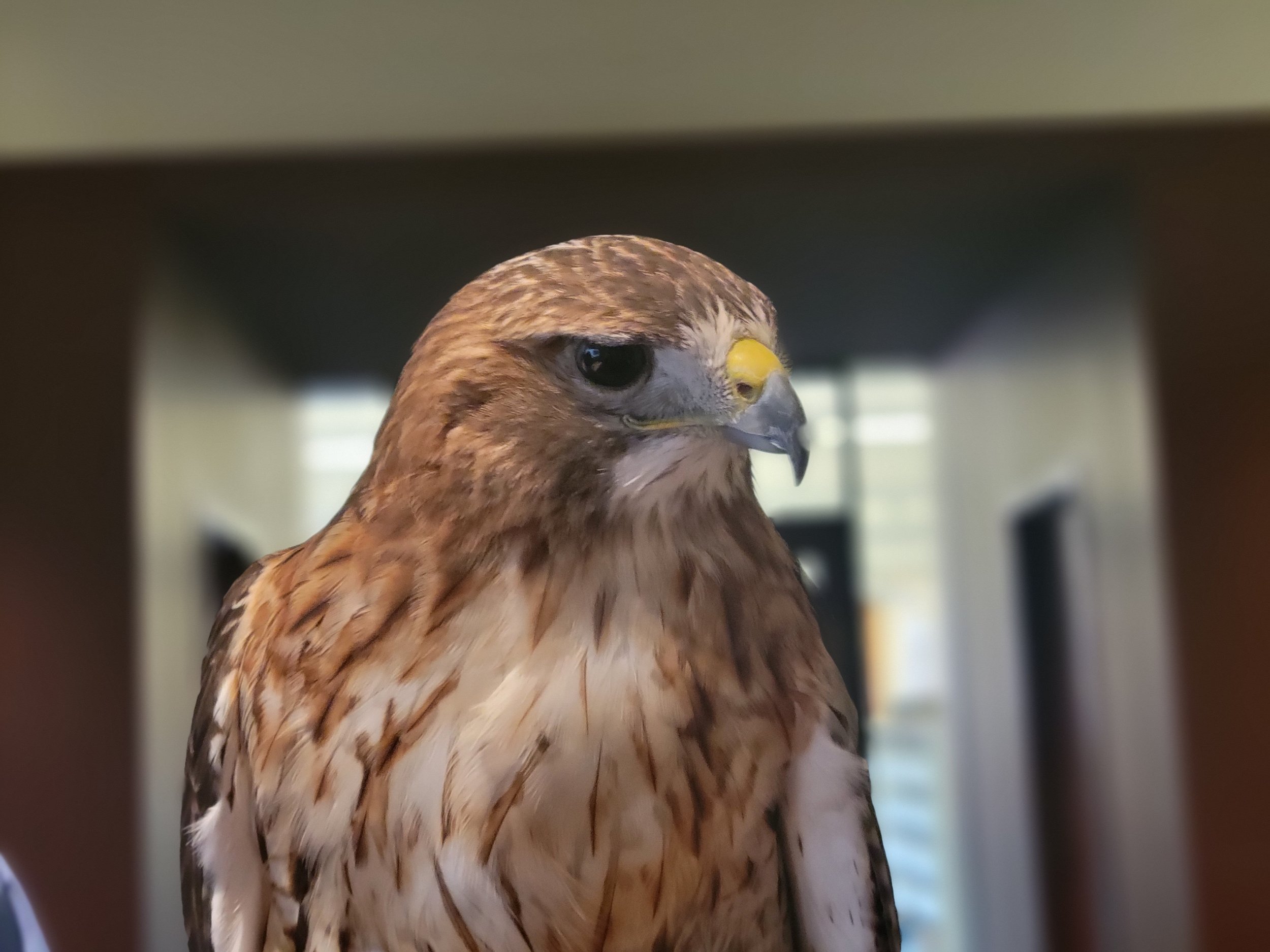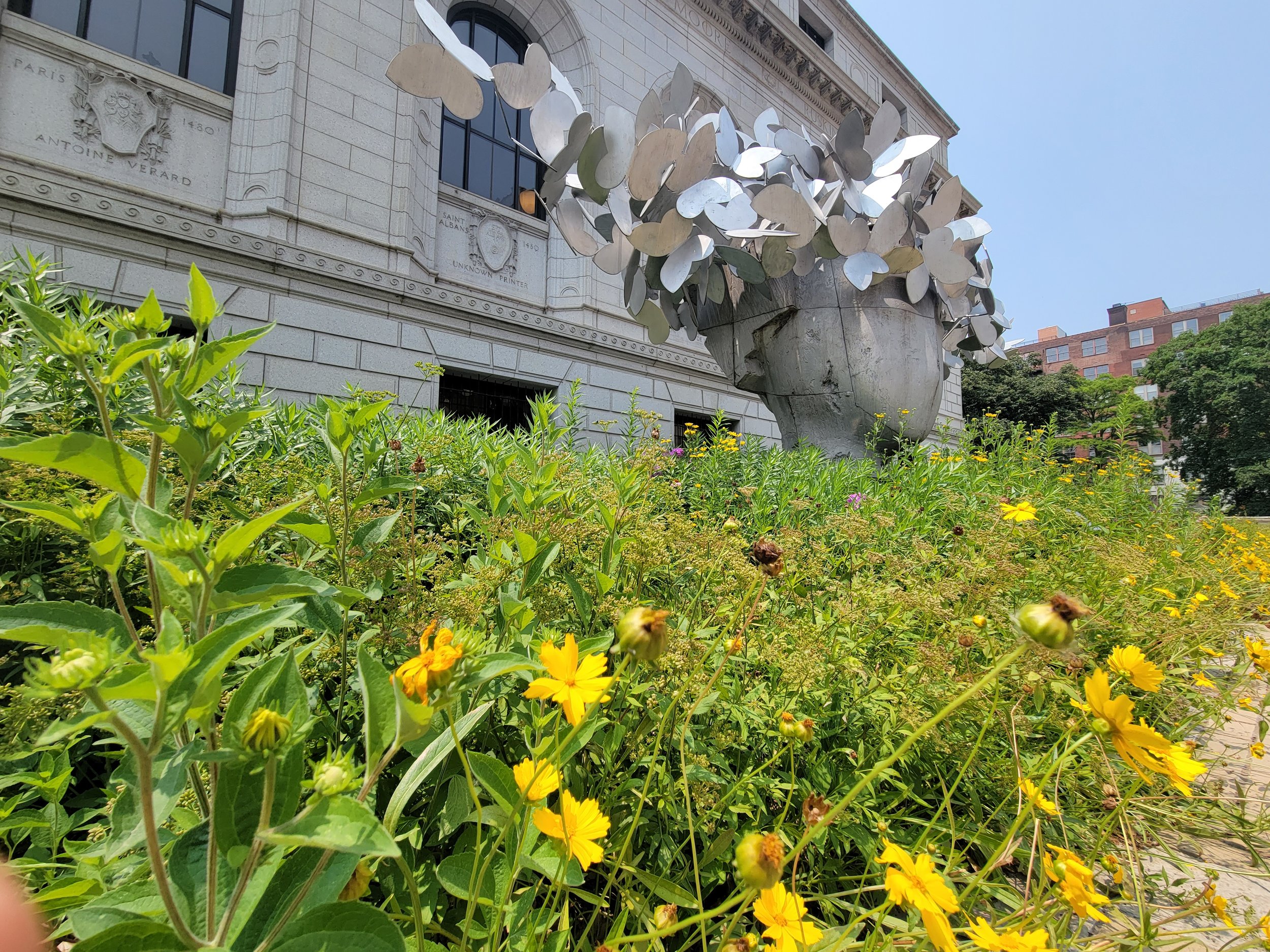On Assignment: Into the Arctic
In an effort to help protect the Arctic National Wildlife Refuge and the polar bears that depend on it, the Running Wild Media team traveled to Alaska’s North Slope to support a noninvasive polar bear population survey and other media gathering.
ARCTIC NATIONAL WILDLIFE REFUGE
In an effort to help protect the Arctic National Wildlife Refuge and the polar bears that depend on it, the Running Wild Media team traveled to Alaska’s North Slope to support a noninvasive polar bear population survey. Working alongside scientists, the team assisted with efforts to identify individual bears using high-resolution photography and emerging AI-based facial recognition tools. This approach allows researchers to monitor population size, movement, and health without physically capturing or marking bears, methods that have historically been stressful, costly, and logistically complex. By relying on visual identification, scientists can gather critical data while minimizing disturbance to one of the Arctic’s most iconic species.
The team also documented the Southern Beaufort Sea polar bear population, widely regarded as one of the most imperiled polar bear populations in the world. Rapid sea-ice loss has forced bears to swim longer distances between land and ice, increasing the risk of exhaustion, reduced hunting success, and mortality—especially for cubs. In addition to supporting research, Running Wild Media gathered visual assets to highlight the growing threats posed by oil and gas development on the North Slope, where industrial expansion places additional pressure on an ecosystem already stressed by climate change. These images and stories are intended to inform the public and support efforts to prevent drilling in sensitive Arctic habitats.
To capture these moments responsibly, the team worked closely with members of the local community and field experts, relying on their deep knowledge of the landscape and wildlife behavior. Together, they positioned themselves safely and ethically to witness the world’s largest terrestrial carnivore navigating the ice and frigid waters—offering a rare and powerful look at both the resilience of polar bears and the mounting challenges they face in a rapidly changing Arctic.
Polar bears in Alaska are the largest land carnivores on Earth, with adult males typically weighing 900–1,400 pounds and standing up to 10 feet tall on their hind legs, while females are smaller, usually 600–700 pounds. They are highly specialized marine mammals, relying primarily on ringed and bearded seals for food, which they hunt from sea ice using patience, stealth, and an exceptional sense of smell. Polar bears are strong swimmers, capable of traveling long distances between ice floes or from ice to land when sea ice retreats. In Alaska, they spend much of their lives on the sea ice of the Beaufort and Chukchi Seas, using it as a platform for hunting, resting, and traveling. Solitary by nature, polar bears typically come together only to mate or when mothers are raising cubs, which are born in snow dens during winter. Their survival is closely tied to the presence of sea ice, making them especially vulnerable to climate-driven changes in the Arctic.
ABOUT DEFENDERS OF WILDLIFE
This work conducted on assignment for Defenders of Wildlife, a national nonprofit organization dedicated to protecting imperiled species and the habitats they depend on. Their work spans policy advocacy, on-the-ground conservation projects, and community engagement, with a focus on balancing the needs of people and wildlife. From safeguarding corridors for species like wolves, panthers, and grizzly bears, to addressing climate change and habitat fragmentation, Defenders partners with local communities, scientists, and policymakers to ensure wildlife can thrive across North America.
On Assignment: Protecting Alaska’s Wilderness In Izembek NWR
Once again, the team at Running Wild Media traveled to the remote Alaskan wilderness on assignment with Defenders of Wildlife, this time to document efforts to protect public lands and wildlife in Izembek National Wildlife Refuge.
IZEMBEK NATIONAL WILDLIFE REFUGE
Once again, the team at Running Wild Media traveled to the remote Alaskan wilderness on assignment with Defenders of Wildlife to document efforts to protect public lands and wildlife in Izembek National Wildlife Refuge.
Our journey began at Izembek National Wildlife Refuge, one of the world’s most important and intact wetland ecosystems. Located on the Alaska Peninsula near Cold Bay, Izembek contains one of the largest continuous eelgrass beds on Earth. Each fall, nearly the entire world population of Pacific Black Brant stops here during migration to feed on abundant eelgrass, an essential energy source for long-distance migrants. The refuge also supports millions of other waterfowl and shorebirds, including the Emperor Goose, Tundra Swan, and numerous species of ducks, making it a globally significant staging and feeding area along the Pacific Flyway.
Beyond waterfowl, Izembek’s rich mosaic of wetlands, lagoons, and tundra supports a diversity of wildlife. Large walrus haul-outs occur nearby, where Pacific walruses congregate when sea ice is reduced. The surrounding landscape is home to species such as red fox, brown bear, arctic ground squirrel, and numerous other tundra inhabitants. Rolling tundra plains meet dramatic volcanic peaks on the horizon, some of which are active, creating a stunning and dynamic natural backdrop.
The purpose of our assignment was to document this extraordinary biodiversity and the threats it faces. Currently, there is a proposal to construct a road between King Cove and Cold Bay, two Aleutian communities separated by rugged terrain. Proponents argue the road would provide emergency medical access to a dwindling town, but the proposed route would cross patented lands and traverse critical habitat within and adjacent to Izembek Refuge, fragmenting wetlands that are protected for migratory birds and other wildlife.
This potential development has drawn intense national scrutiny because it would require the use or transfer of federal conservation lands for private benefit, a precedent many conservation organizations argue would weaken long-standing protections for public lands. Izembek National Wildlife Refuge was designated specifically to conserve habitat for migratory birds and other wildlife, and any alteration of its boundaries or the integrity of its wetlands raises concerns about impacts on globally significant ecosystems.
Defenders of Wildlife, along with allied groups, has filed a lawsuit challenging federal decisions that would enable construction of this road through refuge lands. These conservation advocates contend that the administrative process failed to fully consider ecological impacts and did not sufficiently explore alternative emergency access options that would avoid damaging critical habitat. As of this writing, legal and administrative actions are ongoing.
Our film team’s work in Izembek aims to elevate the voices of scientists, local residents, tribal leaders, and conservationists who understand that what happens here matters far beyond Alaska’s remote shores. Protecting critical public lands like Izembek is not just about preserving spectacular scenery, it’s about safeguarding the ecological foundations of bird migrations, healthy oceans, and resilient ecosystems at a time when such places are increasingly vulnerable.
BEHIND THE SCENES
ABOUT DEFENDERS OF WILDLIFE
This work conducted on assignment for Defenders of Wildlife, a national nonprofit organization dedicated to protecting imperiled species and the habitats they depend on. Their work spans policy advocacy, on-the-ground conservation projects, and community engagement, with a focus on balancing the needs of people and wildlife. From safeguarding corridors for species like wolves, panthers, and grizzly bears, to addressing climate change and habitat fragmentation, Defenders partners with local communities, scientists, and policymakers to ensure wildlife can thrive across North America.
Inspiring Conservation Through Storytelling: Running Wild Media on the Forces for Nature Podcast
In a recent episode of the Forces for Nature Podcast, Justin and Alex pull back the curtain on what it really takes to tell meaningful conservation stories.
In a recent episode of the Forces for Nature Podcast, Justin and Alex pull back the curtain on what it really takes to tell meaningful conservation stories. They talk about the behind-the-scenes realities of wildlife filmmaking—the long days, unexpected challenges, and moments of humor that happen when working in wild places. But they also share something deeper: the responsibility and ethics that come with telling stories about the natural world.
From hellbenders in Appalachia to red wolves in North Carolina, their work highlights a truth that runs through every film they create—the most powerful conservation stories are never just about animals; they’re about people too. By focusing on the individuals working to protect species and restore habitats, their films reveal how human connection drives conservation forward.
The conversation also explores how Running Wild Media builds impact-driven campaigns that go beyond awareness to achieve tangible change. Justin and Alex discuss why hopeful storytelling—stories that inspire rather than overwhelm—remains their most powerful tool in motivating audiences to act.
Justin and Alex shared several simple yet meaningful ways listeners can help support wildlife and conservation storytelling:
Tell your own story.
Use your phone, words, art, or photos to share the nature you love. A story told with authenticity and hope can inspire others to care.Be a hopeful voice.
Social media can get dark. Choose to amplify the good instead. Share solutions, success stories, or even small wins happening in your community.Engage locally.
Attend or support environmental or wildlife film festivals. Ask questions, start conversations, and connect with filmmakers and advocates in your area.Support authentic conservation media.
Donate to or share films that are fact-based and community-centered. Look for productions that give voice to both people and wildlife.Stay curious and informed.
Fact-check what you share, know your sources, and help counter misinformation about wildlife and conservation issues.Look closer to home.
You don’t need to go to the rainforest to find wonder. Start by noticing and appreciating the wildlife in your own backyard.
Whether you’re a conservationist, educator, or simply someone who cares about the natural world, this episode offers insight into how storytelling can shape a more sustainable future and how each of us, in our own way, can use our voice to spark change.
🎧 Listen to the full episode of the Forces for Nature Podcast on your favorite podcast platform, and get inspired to see conservation through a new lens.
Filming for Mutual of Omaha’s Wild Kingdom
In early May, Running Wild Media had the opportunity to join Dr. Rae Wynn-Grant and the Mutual of Omaha’s Wild Kingdom team to document the exciting Mexican wolf recovery effort—featuring puppies born at the Endangered Wolf Center and their incredible journey back to the wild.
Watch the full episode now on NBC. S3 E2 | Leader of the Pack.
In early May, Running Wild Media had the opportunity to join Dr. Rae Wynn-Grant and the Mutual of Omaha’s Wild Kingdom team to document the exciting Mexican wolf recovery effort—featuring puppies born at the Endangered Wolf Center and their incredible journey back to the wild.
Each spring, Mexican wolf pups are born in zoological facilities across the United States. When the timing aligns, these pups are carefully paired with wild dens—a process known as fostering. If a wild den is found with pups of a similar age, the zoo-born pups are flown to the field and placed with the wild litter, helping to strengthen genetic diversity and bolster the wild population.
Once roaming widely across the southwestern United States and northern Mexico, the Mexican wolf (Canis lupus baileyi) nearly disappeared by the mid-20th century due to government-sponsored eradication campaigns, habitat loss, and conflicts with livestock. By the 1970s, only a handful of individuals remained in the wild. Through a collaborative breeding program between the U.S. Fish and Wildlife Service, the Mexican government, and accredited zoological institutions, the species was saved from extinction. In 1998, reintroduction efforts began, and today the population has grown to over 250 wolves in the wild—an inspiring testament to decades of conservation work, yet still one of the most endangered mammals in North America.
To capture this remarkable story, Running Wild Media Co-founder Justin Grubb met the Endangered Wolf Center team at 2:00 a.m. to prepare for an extraordinary task—entering wolf enclosures to gently collect newborn Mexican wolf pups, just days old and still with their eyes closed. Justin’s extensive experience filming wolves and his longstanding relationship with the Endangered Wolf Center made it possible to document this critical and sensitive stage of the process.
Once the pups were safely retrieved from their dens, they were taken to the Center’s veterinary facility to be weighed, vaccinated, and carefully prepared for their journey west. They were then loaded onto a LightHawk-sponsored flight, where they received attentive care and feeding along the way. Upon arrival, U.S. Fish and Wildlife Service biologists conducted final health checks before accompanying the pups to their new wild den—where Peter Gros helped gently place them into what would become their forever home.
The episode aired on October 11th on NBC as part of Mutual of Omaha’s Wild Kingdom Protecting the Wild—the latest chapter of the iconic wildlife series that has inspired generations of nature enthusiasts since the 1960s. The show, currently hosted by Dr. Rae Wynn-Grant and Peter Gros, highlights modern conservation stories across the country, showcasing the people and organizations working to protect endangered species and restore wild places.
To learn more about the Mexican wolf recovery effort, watch our short film produced for Scientific American that follows this incredible journey—from the quiet moments inside a den at the Endangered Wolf Center, where the pups take their first breaths, to their release into a wild den hundreds of miles away. The film captures the dedication, science, and heart behind one of North America’s most inspiring conservation success stories.
On Assignment: Among Alaska’s Coastal Brown Bears
To film these remarkable animals, we decided our best opportunity would be to live among them, camping in the heart of their territory to capture their early-morning and evening activities.
A coastal brown bear hunting along the tidal zone in Lake Clark National Park
Alaska is home to some of the most incredible wildlife on Earth—species that are increasingly threatened by new policies and laws being pushed across the country without fair or scientific review. Protecting biodiversity is vital for the health of our planet, which is why we partner with organizations advocating for stronger protections for wildlife. Our recent trip to Alaska gave us the chance to highlight the importance of safeguarding one of the world’s last true wilderness areas—and to spend time with one of Alaska’s most iconic species: the coastal brown bear.
To film these remarkable animals, we decided our best opportunity would be to live among them, camping in the heart of their territory to capture their early-morning and evening activities. That led us to Lake Clark National Park, one of the densest brown bear habitats in Alaska. This park is off the road system and only accessible by bush plane, so packing carefully—and staying under the strict weight limit—was essential. Lake Clark National Park is located in southwest Alaska and is a remote wilderness of towering mountains, volcanoes, glaciers, and pristine rivers.
The flight alone was unforgettable. From above, we saw sprawling wetlands, glacial valleys, and even a moose bedded down in the willows. When we landed on the park’s sandy beach, we set up camp with safety in mind. Two electric fences were crucial: one surrounding our tents, the other placed 100 yards downwind to secure food storage. We packed our supplies in bear barrels, which not only protect food from curious claws but also help minimize food smells that might draw bears closer.
Filming required patience and constant vigilance. By reading tracks and well-worn trails, we learned where the bears liked to roam. We planned our trip for late August to coincide with the salmon run, when bears congregate at rivers to feast on migrating fish. Watching these massive predators skillfully fish was awe-inspiring, especially knowing how critical salmon are for fueling their fat reserves before hibernation.
But salmon aren’t their only meal. Along the tidal flats, we watched bears dig for clams—a rich and nutrient-dense food source. Coastal brown bears have one of the most varied diets of any bear species, feeding on grasses, berries, fish, clams, and even carrion. Fun fact: Alaska’s coastal brown bears are among the largest bears in the world, with some males weighing over 1,200 pounds thanks to the protein-rich coastal diet.
Our crew worked from sunrise to sunset, sometimes covering more than 12 miles in a single day across beaches, sedge meadows, river corridors, and forest edges to follow the bears’ movements. Every moment in the field deepened our respect for how perfectly adapted these animals are to the diverse landscapes they inhabit.
One bear in particular stood out: a young mother with two lively cubs. She seemed to be a first-time mom—smaller and more cautious than the other females, constantly on guard for threats from larger bears. Her cubs, on the other hand, were bundles of energy, splashing in the shallows, wrestling, and playing without a care while their mother anxiously scanned the horizon. Watching this family reminded us how much is at stake—without healthy habitats and strong protections, future generations of cubs may not have the same safe wilderness to grow up in.
Spending time in Lake Clark with Alaska’s coastal brown bears was more than just a filming assignment. It was a reminder of how interconnected ecosystems are, how fragile they can become under human pressures, and how much responsibility we share in protecting them.
PHOTO GALLERY
About Defenders of Wildlife
This work conducted on assignment for Defenders of Wildlife, a national nonprofit organization dedicated to protecting imperiled species and the habitats they depend on. Their work spans policy advocacy, on-the-ground conservation projects, and community engagement, with a focus on balancing the needs of people and wildlife. From safeguarding corridors for species like wolves, panthers, and grizzly bears, to addressing climate change and habitat fragmentation, Defenders partners with local communities, scientists, and policymakers to ensure wildlife can thrive across North America.
Beyond the Lawn | Co-founder Justin Grubb takes the TEDx Stage
Running Wild Media Co-founder Justin Grubb recently took the stage at TEDxStLouis to share a powerful and timely message: your backyard can be a refuge for wildlife—and a frontline for conservation.
Running Wild Media Co-founder Justin Grubb recently took the stage at TEDxStLouis to share a powerful and timely message: your backyard can be a refuge for wildlife and a frontline for conservation.
In his talk, Justin challenged the traditional American obsession with manicured lawns and instead encouraged audiences to reimagine their outdoor spaces as thriving ecosystems. By planting native wildflowers and removing non-native turfgrass, anyone can play a meaningful role in protecting our planet’s most important and overlooked species - insects.
“Insects are responsible for about $577 billion in global agricultural productivity every year,” Justin explained. “But in the last 50 years, we’ve lost around 75% of them. That’s a staggering loss, and we simply can’t afford to keep going down this path.”
The solution, he says, is surprisingly simple and within reach: plant native species. Native plants support the pollinators, birds, and other wildlife that evolved alongside them, creating a ripple effect that restores balance in local ecosystems. He encouraged attendees to plant natives, and then be lazy and enjoy sleeping in on a Saturday morning versus getting up to mow their yard.
A few years ago, Justin took on this challenge himself. He replaced a significant portion of his lawn with native plants—and the transformation was immediate. Bees, butterflies, birds, and even small mammals began to return, turning a once sterile space into a lively, functioning habitat.
“This is something everyone can do,” he emphasized. “This isn’t just gardening, its restoring, reconnecting, and rewilding our world, one backyard at a time.”
Justin’s TEDx talk wasn’t just a call to action—it was a hopeful reminder that big environmental wins can start right at home. As co-founder of Running Wild Media, he continues to use storytelling to inspire change and reconnect people with the wild world around them—sometimes, just outside their front door.
MORE ABOUT TEDx ST LOUIS
Our mission: To foster positive public relations for the St. Louis region, resulting in impactful and meaningful engagement by showcasing St. Louis' profound impact on our local community, the nation, and the world.
TED is a nonprofit organization devoted to Ideas Worth Spreading. Started as a four-day conference in California 30 years ago, TED has grown to support its mission with multiple initiatives. The two annual TED Conferences invite the world’s leading thinkers and doers to speak for 18 minutes or less. Many of these talks are then made available, free, at TED.com. TED speakers have included Bill Gates, Jane Goodall, Elizabeth Gilbert, Sir Richard Branson, Nandan Nilekani, Philippe Starck, Ngozi Okonjo-Iweala, Sal Khan, and Daniel Kahneman.
The annual TED Conference takes place each spring in Vancouver, British Columbia. TED's media initiatives include TED.com, where new TED Talks are posted daily; the Open Translation Project, which provides subtitles and interactive transcripts as well as translations from volunteers worldwide; the educational initiative TED-Ed. TED has established the annual TED Prize, where exceptional individuals with a wish to change the world get help translating their wishes into action; TEDx, which supports individuals or groups in hosting local, self-organized TED-style events around the world, and the TED Fellows program, helping world-changing innovators from around the globe to amplify the impact of their remarkable projects and activities.
Go Inside a Mexican Wolf Recovery Project: New Film Released
The critically endangered Mexican wolf was mounting a comeback, thanks to a conservation program that dropped fostered wolf pups into wild dens. Then politics happened.
New Film on Scientific American
Running Wild Media partnered with Scientific American, the Endangered Wolf Center, the U.S. Fish and Wildlife Service, and a network of Mexican wolf recovery partners to tell the remarkable story of a single litter of pups—born in managed care at the Endangered Wolf Center and released into the wild to live out their lives.
In the early morning hours, staff at the Endangered Wolf Center gathered the pups, performed health checks, and carefully loaded them onto a plane bound for New Mexico. There, field biologists awaited to complete the final leg of their journey: introducing them to a wild den.
This project marks the first time an entire litter has been documented from birth to release, offering an unprecedented look at the on-the-ground efforts to save this species from extinction. Once declared extinct in the wild in the United States, the Mexican wolf population now numbers nearly 300, thanks to the dedication of these conservation teams.
Photo Gallery
Crafting Conservation Narratives That Inspire Change: Podcast with Indianapolis Zoo
We had the pleasure of talking to the Global Center for Species Survival at the Indianapolis Zoo about our work as filmmakers and conservation storytellers.
We had the pleasure of talking to the Global Center for Species Survival at the Indianapolis Zoo about our work as filmmakers and conservation storytellers. Listen to the full podcast here to learn more about our journey, what inspires us, and why storytelling can save animals across the globe.
From the Zoo’s website “Meet Justin Grubb and Alex Goetz, the remarkable duo behind Running Wild Media, whose passion for wildlife has transformed childhood dreams into a pioneering force in conservation storytelling. Travel back with Justin to his high school zoo school days where “Running Wild” first took root, and follow Alex’s path from aspiring zookeeper to filmmaker, fueled by awe-inspiring series like Planet Earth. Together, their stories unfold into a narrative enriched with humor and shared enthusiasm, charting how their unique experiences converged at Bowling Green State University to birth a media company that’s reshaping the way we connect with nature.
Immerse yourself in the art of conservation storytelling, where the focus is not just on breathtaking wildlife but the communities that bring these stories to life. We explore how starting with a clear impact in mind and using a theory of change can craft narratives that resonate deeply with audiences, as illustrated by films like “Hellbent.” Through meaningful characters and engaging storytelling, we highlight the transformative potential of documentaries to inspire global conservation efforts, making viewers active participants in preserving our planet.”
MORE ABOUT THEGLOBAL CENTER FOR SPECIES SURVIVAL
The Indianapolis Zoo’s Global Center for Species Survival is a partnership with the International Union for Conservation of Nature (IUCN) Species Survival Commission. The Global Center supports and connects thousands of conservation experts working to secure a future for animals, fungi and plants in more than 160 countries. The Global Center for Species Survival was made possible through a start-up grant from Lilly Endowment Inc.
The Global Center leverages the expertise and resources of its partners to offer essential support, connection, and communication for over 10,000 conservationists across more than 180 Specialist Groups, Task Forces, and Conservation Committees within the IUCN SSC.
Saving the fastest animal in the world: working with CNN
Working with the Raptor Resource Project to film peregrine falcon conservation for CNN’s “Call to Earth.”
Working with the Raptor Resource Project to film peregrine falcon conservation for CNN’s “Call to Earth” was an inspiring experience for us. The Raptor Resource Project (RRP) has long been at the forefront of efforts to protect raptors in North America. Known particularly for its groundbreaking work with peregrine falcons, the organization has implemented innovative techniques to monitor, conserve, and increase falcon populations across the United States.
The project focused on the ongoing efforts to increase peregrine falcon populations through careful monitoring, banding, and fostering programs. The peregrine falcon, once critically endangered in North America, has made an impressive comeback thanks to organizations like RRP. However, challenges remain, particularly with habitat protection and addressing threats such as climate change and habitat loss. Justin Grubb traveled to RRP’s conservation sites to capture not only the majestic beauty of the falcons but also the meticulous work done by the organization. We documented scenes of falcon juveniles, footage of biologists scaling cliffs to access nesting sites, and interviews with the conservationists who have dedicated their lives to the species’ protection.
PHOTO GALLERY
Falcons nest on large cliff faces.
A juvenile falcon in its scrape.
A biologist from the Raptor Resource Project
A young falcon is collected and safely placed into a crate for transport to the top of the cliff for scientific data collection and banding.
Two biologists receive the crate with juvenile peregrine falcons inside.
A falcon leg with its band.
MORE ABOUT CNN “CALL TO EARTH
CNN is committed to reporting on the environmental challenges facing our planet, together with the solutions. Through Call to Earth and in partnership with Rolex as part of their Perpetual Planet Initiative, they will champion extraordinary people and projects, helping to create a more sustainable future. Their goal is to drive awareness, action and education around key issues, inspiring a blueprint for a more environmentally conscious life.
BEHIND THE SCENES
A Concert for Conservation
Running Wild Media collaborated with the Caroga Arts Collective to create a unique concert experience, combining live music with stunning wildlife footage to raise awareness for conservation.
Running Wild Media collaborated with the Caroga Arts Collective to create a unique concert experience, combining live music with stunning wildlife footage to raise awareness for conservation. This innovative event featured musicians performing against the backdrop of immersive natural scenes, showcasing wildlife and ecosystems from around the world. By blending the beauty of the arts with the urgent message of environmental preservation, the concert aimed to inspire the audience to engage with conservation efforts. The collaboration emphasized the power of storytelling through visual and auditory experiences, drawing attention to the fragility of nature and the need for collective action to protect it.
The song featured in this piece is “And Birds are Still” by Takashi Yoshimatsu.
The Caroga Arts Collective is a dynamic non-profit organization dedicated to revitalizing the Adirondack region through artistic collaboration. It was founded to foster interdisciplinary projects that blend music, visual arts, and community engagement. The Collective is best known for its Caroga Lake Music Festival, which hosts a wide range of performances, from classical to contemporary music, in the picturesque setting of Sherman’s Park on Caroga Lake.
Through its year-round programming, Caroga Arts also focuses on arts education, offering workshops and mentorship programs for students and adults. By connecting diverse artists and scholars with local communities, the organization aims to create unique cultural experiences while contributing to regional economic and artistic growth.
Shoreline heroes: How two interns tackled beach erosion in North Carolina
For the 2024 Spring Semester, we partnered with the University of Mount Olive in North Carolina on our science communication internship program.
Ashton Romancyzk in front of their poster.
For the 2024 Spring Semester, we partnered with the University of Mount Olive in North Carolina on our science communication internship program. This program is all about working with students and facilitating the develop a impact campaign aimed at creating social or environmental change. Interns Ashton Romancyzk and Alanna Barrett worked together on a campaign titled “Shoreline Heroes” to address coastal beach erosion in the Wilmington area of North Carolina.
According to their website - “Shoreline Heroes is committed to preserving our local beaches through education and action. As two girls who have grown up going to the beach and living at the beach preserving making sure the beaches are healthy is a very important mission of ours. Witnessing first hand how erosion affects beach communities it is our goal to help minimize erosion. Our erosion control projects serve as a shining example of our dedication to the community and natural world.”
As a part of this internship, the two identified a challenge that impacted their community, selected their target audiences, developed a communications plan, created a website and associated social media, produced a photo essay, researched and synthesized best conservation practices, recorded and shared a podcast, and presented their work to their peers and community about mitigating beach erosion.
Developing and managing impact campaigns play an essential role in taking conservation action and inspiring the community make changes.
About the interns
Ashton is a passionate college student pursuing a degree in Environmental Biology and Ecology, driven by her profound love for the natural world. Born and raised in a small town surrounded by lush forests and beautiful beaches, she developed an early appreciation for the environment, plants, and animals. Ashtons childhood explorations in the woods and adventures by the nearby streams instilled in a deep sense of wonder and curiosity about the intricate ecosystems that sustain life on Earth.
Alanna is a senior, currently attending the University of Mount Olive. Her love for the ocean and drive for marine biology has pushed her to graduate with her bachelors in biological sciences. She plans on furthering her career with a masters in Marine Biology after graduation.
About University of Mount Olive
The University of Mount Olive (UMO or Mount Olive) is a private university in Mount Olive, North Carolina. Chartered in 1951, the university is sponsored by the Original Free Will Baptist Convention and accredited by the Southern Association of Colleges and Schools Commission on Colleges.
Want to be a wildlife photographer? Here's how.
If you have stumbled upon this blog, chances are you have taken a few images of wild animals before, and are looking for some advice to up your game and quality of images, or perhaps you are looking to make this passion into a career. If this is you, you have come to the right place.
Image by Justin Grubb
If you have ever taken a picture of a wild animal before, congratulations, you are a wildlife photographer. If you haven’t, to become a wildlife photographer, go out and find an animal and take a picture of it. Boom. Done. Wildlife photography should be extremely accessible, although sometimes it doesn’t feel that way when you see photographers using crazy expensive equipment. It does not need to be that way, and the story you tell with your photo is more important. If you have stumbled upon this blog, chances are you have taken a few images of wild animals before, and are looking for some advice to up your game and quality of images, or perhaps you are looking to make this passion into a career. If this is you, you have come to the right place.
Before heading out into the wilderness or even your backyard, consider these few things.
Study Animal Behavior:
Understanding the behavior of the wildlife you're photographing is essential for anticipating their movements and capturing candid moments. Take the time to research your subject's habits, feeding patterns, active times, and preferred habitats. If your subject is a carnivore, look for the things that it eats. This knowledge will enable you to predict potential photo opportunities and capture authentic moments in their natural environment.
Know Your Gear:
Before heading out into the wilderness, take the time to familiarize yourself with your camera equipment. Understanding your camera's settings, including aperture, shutter speed, and ISO, will empower you to make quick adjustments in the field to capture the perfect shot. Sometimes, you get .25 seconds to get your shot, and if you are fumbling around with where your f-stop adjustment is, you will likely miss it. Especially with birds, they will sit there and wait until just before you are ready, then will fly away. Lastly, bring an SD card.
Your Gear
Considering the environment you are shooting in and the behaviors of your subject will help you choose the right gear. If you are just starting out, literally use whatever you have, and choose an animal that is best suited to that gear - like if you have a wide angle lens, choose reptiles and amphibians that tend to sit still longer and allow you to approach closer to get your footage. If you have a phone, butterflies on flowers make a great subject. You do not need to go out and buy the best gear to be a successful wildlife photographer, it is really more about the perspective you share and the story you tell with your images that truly matter.
If you are really interested in taking things to the next level, the most used equipment in our kit are telephoto lenses (100 - 600 mm) as they allow the photographer to be a safe distance away from the subject and to not disturb its natural behavior. Tripods are also very helpful in stabilizing the images - reducing motion blur, especially if it is dark outside or in the shade of a tree. Telephoto lenses work best for birds and mammals.
Now that you have your gear packed and are out in the field, immediately take it out, and be sure your battery is charged and you have an SD card in your camera with plenty of space for more pictures. Now consider these few things.
Patience is Key:
Wildlife photography requires patience and perseverance. Be prepared to spend extended periods waiting for the perfect moment to capture your desired shot. Position yourself strategically, taking into account the animal's behavior and the direction of natural light. Avoid disturbing or stressing the wildlife, as this can result in unnatural behavior and subpar photographs.
Composition Matters:
Composition plays a crucial role in wildlife photography, transforming ordinary scenes into captivating images. Experiment with different compositions, such as the rule of thirds, leading lines, and framing, to add visual interest to your photographs. Pay attention to the background and surrounding elements, ensuring they complement your subject rather than detract from it. Think about adding interesting story elements into your photograph like important habitat elements to the animal, or if it is a conservation story, include the road, some garbage, or whatever truly reflects the scene as it plays out in front of you.
Lighting Matters:
Photography is all about light, so finding good light is essential in taking quality photographs. Be sure that the light is either behind or on the side of your subject, this adds dramatic flare to your images and makes the subject look really nice. Lighting also plays a crucial role in shaping the mood and atmosphere of your images. Whenever possible, utilize natural light to illuminate your subjects, as it provides a soft, flattering quality that enhances their natural beauty. Pay attention to the direction, intensity, and quality of light, and be prepared to adapt your shooting techniques accordingly. Cloudy and snowy days are great for reflecting light on your subjects. Flash can be very disruptive to an animal, and if it must be used, use it minimally and bounce it off elements of the habitat and not directly at your subject.
Get Low and Eye-Level:
For intimate and engaging wildlife portraits, try capturing images from a low or eye-level perspective. This approach allows you to establish a connection with your subject and convey their perspective to the viewer. Use a sturdy tripod or beanbag to stabilize your camera at ground level and experiment with different angles to find the most compelling composition. Hell, even place your camera on the ground to get even lower to your subject.
Practice Ethical Photography:
Responsible and ethical photography practices are essential when photographing wildlife. Always prioritize the welfare and well-being of your subjects, respecting their natural behaviors and environments. Avoid disturbing or harassing wildlife for the sake of a photograph, and adhere to established guidelines and regulations for wildlife photography in protected areas. Do not bait wildlife, as it can cause harm to them over a long period of time through habituation. You are an advocate for wildlife conservation, and your behavior shapes the way people see the natural world.
Practice makes Perfect:
Wildlife photography is a journey of continuous learning and experimentation. There are no rules (other than don’t harass wildlife), so you have the freedom to be creative. Take every opportunity to expand your knowledge, whether through workshops, online tutorials, or hands-on experience in the field. Embrace failure as a stepping stone to improvement and don't be afraid to push the boundaries of your creativity.
Image by Justin Grubb
Wildlife Photography as a Career:
Not going to lie, this is an incredibly challenging field to get in to. Getting a photo published can be a tough thing to do. But getting a wildlife photo published can be a rewarding experience, providing recognition for your work and sharing your passion for nature with a wider audience. Here are some steps to increase your chances of getting your wildlife photo published:
1. Capture Compelling Images: Start by capturing high-quality, visually striking wildlife photographs that stand out from the crowd. Focus on capturing unique moments, interesting behaviors, and captivating compositions that evoke emotion and tell a story. Give the audience perspectives of your subject’s lives that you have never been seen before.
2. Research Potential Publications: Research magazines, websites, blogs, and social media platforms that specialize in wildlife photography or nature conservation. Identify publications that align with your style, interests, and target audience. Consider both print and online platforms for potential publication opportunities. Starting out? Social media may be the best option as well as donating images to local non-profit organizations who credit their images to get your name out there.
3. Build Relationships: Establishing relationships with editors, publishers, and fellow wildlife photographers can increase your chances of getting published. Attend photography events, workshops, and networking opportunities to connect with industry professionals and showcase your work.
4. Utilize Social Media and Online Platforms: Share your wildlife photos on social media platforms and online photography communities to increase visibility and attract the attention of editors and publishers. Use relevant hashtags, engage with other photographers and publications, and participate in photography challenges and contests.
5. Be Persistent and Patient: Getting a wildlife photo published may require patience and persistence. Don't be discouraged by rejection or setbacks. Continue refining your photography skills, exploring new subjects and techniques, and seeking out publication opportunities that align with your goals and interests.
6. Stay Organized: Keep track of your submissions, correspondence with editors, and publication opportunities in a organized manner. Maintain a portfolio of your best wildlife photos and update it regularly with new work to showcase your talent and versatility. Remember to name those images and store them on hard drives so you can access them later. And back up those hard drives!
By following these steps and approaching the process with professionalism, creativity, and perseverance, you can increase your chances of getting your wildlife photo published and sharing your passion for nature with a broader audience. It is difficult to build a career exclusively on wildlife photography publications, and many photographers support their livelihoods with leading workshops, classes, photo tours, public speaking engagements, video production, writing articles and books, and more.
If you want to learn more about being a wildlife photographer, consider traveling with us or participating in a workshop near you.
Record-breaking attendance at Toledo's Imagination Station
The special preview engaged community members by gathering feedback about the film during the editing process. Over 200 community members came out for the film’s preview, and many of the attendees provided helpful feedback.
The film “A Bird in the Hand” pre-screened at Toledo’s Imagination Station alongside the film “Hellbent” and set an all-time attendance record for an event held in the Imagination Station’s theater. This film follows Tom and Paula Bartlett on their quest to band 100,000 birds across northwest Ohio, and highlights the impact they have not only on bird research but also on those they meet along the way.
The special preview engaged community members by gathering feedback about the film during the editing process. Over 200 community members came out for the film’s preview, and many of the attendees provided helpful feedback. Metroparks Toledo and Imagination Station teamed up to offer this community opportunity in the Keybank Theater.
Afterward, Alex and co-director Christy Frank took part in a discussion panel and audience Q&A, where they discussed the film and how people could participate in local actions to have a global impact. Metroparks staff reported that this film screening, part of a series of community events, broke the attendance record that had previously been set. Christy and Alex plan to officially premiere the final version of the film this upcoming Spring.
Producing videos for NOAA and NAAEE's eeBlue Program
the Running Wild Media team worked with NOAA and NAAEE to produce a series of videos highlighting different STEM related after-school programs put on by environmental educators.
In early 2023, the Running Wild Media team worked with the National Oceanic and Atmospheric Administration (NOAA) and North American Association of Environmental Education (NAAEE) to produce a series of videos highlighting different STEM related after-school programs put on by environmental educators. We had a great time meeting educators in Virginia, Texas and California, and getting to see just how excited students were to get out in kayaks, wetlands and beaches.
We spent two days with Boxerwood Eduaction Assocation in mountainous western Virginia, where students learned how to kayak, fish and conduct research on where the best place to fish for bass is.
Partners - Boxerwood Education Association
With a seine net in hand, students were able to wade out into the bay looking at the different organisms they could find, conduct water quality tests and catch-and-release various insects in the nearby native prairies.
Partners - Citizens’ Environmental Coalition, Galveston Bay Foundation, Artist Boat, and Pasadena ISD
Students got hands-on experience with their local tide pools during a visit to Natural Bridges State Beach on the coast of California.
Partners - Stanislaus County Office of Education
The NOAA Office of Education and NAAEE partnered to increase environmental and science literacy among NOAA’s partners and external networks. In this five-year eeBLUE partnership supported by the U.S. Department of Education, NOAA and NAAEE worked together to provide enriching after-school watershed-related STEM (science, technology, engineering, and mathematics) projects through NOAA-21st Century Community Learning Centers Watershed STEM Education Partnership grants. These grants supported programming for a total of 100 local 21st Century Community Learning Centers (21st CCLC) sites and their students. The 30 selected projects served 18 states, ranging from Alaska to Florida.
Learn more about eeBLUE at https://naaee.org/programs/eeblue
CNN - An outbreak of malaria is endangering birds in the sub-antarctic
The Running Wild Media team traveled with the University of North Texas on an NSF Grant funded expedition to the southernmost forests of the world in Chile.
In January 2023, the Running Wild Media team traveled with the University of North Texas on an NSF Grant funded expedition to the southernmost forests of the world in Chile. Our original goal was to document the experience for grad and PhD students - students learning how to catch birds with mist nets and collect data, learning about forest ecology, the indigenous culture that had existed in the remote regions of Navarino Island and Yendegaia. But what we didn’t expect, was that we would capture footage of a pivotal moment in the bird research being conducted.
This short piece is a part of CNN’s Call to Earth series which is CNN’s commitment to reporting environmental challenges facing our planet together with solutions in partnership with Rolex.
Behind the scenes
Filming at “El fin del mundo” wasn’t easy, but the views were absolutely stunning. Our crew worked in some incredibly remote areas, where rugged peaks meet rough coastal waters to help cover this story.
Unveiling SpaceX's Social and Environmental Challenges
In mid-2023, we traveled to Boca Chica, Texas, delving into the often overlooked facets of space exploration. Collaborating closely with Defenders of Wildlife, we sought a deeper understanding of SpaceX's environmental footprint and explored proactive measures to mitigate its impact.
In mid-2023, we traveled to Boca Chica, Texas, delving into the often overlooked facets of space exploration. Despite the influx of resources into research and development, little attention has been paid to monitoring the profound implications this pursuit imposes on the local environment and wildlife. Collaborating closely with Defenders of Wildlife, we sought a deeper understanding of SpaceX's environmental footprint and explored proactive measures to mitigate its impact.
SpaceX’s Starbase is within the range of ten threatened or endangered species, including iconic species like the ocelot, aplomado falcon, and Kemp’s Ridley Sea turtle. The SpaceX launch site is surrounded by national wildlife refuge land and state park land. Surrounding tidal flats that host many wading bird species, and beaches used by nesting sea turtles. These protected areas and species are disproportionally impacted by sound waves and blasts of explosions at the site during launch activity. We need to halt experimental rocketry operations to initiate a new environmental assessment (EIS) to better understand the short and long term impacts these operations are having on these landscapes and their resident animals. - Defenders of Wildlife
The environment surrounding SpaceX's facility in Boca Chica, Texas, holds a unique blend of coastal ecosystems and sensitive wildlife habitats. This region boasts diverse flora and fauna, including marshlands, dunes, and vital nesting grounds for several endangered species, like the Kemp's ridley sea turtle. The rapid development and frequent rocket launches have sparked concerns about potential disruptions to these delicate ecosystems, from noise pollution impacting local wildlife to alterations in the landscape and potential contamination of nearby water bodies. Debris from earlier failed launches can still be seen among the protected sand dune habitats which are public lands.
Another species of great concern
The snowy plover, a small shorebird native to North and South America, inhabits coastal areas, particularly sandy beaches and salt flats. With its pale plumage perfectly adapted to blend with sandy surroundings, this charming bird faces significant challenges due to habitat loss and human disturbance. Known for its endearing nesting habits—creating shallow scrapes in the sand—the snowy plover's survival often depends on the protection of its nesting sites. Efforts by conservationists and coastal management programs aim to safeguard these nesting areas and mitigate human interference to ensure the continued existence of this delightful and vulnerable species. Yet in Boca Chica, Texas, this species is regularly bombarded with flaming debris, putting it at risk of local extinction. In 2023, sparks from a nearby explosion caught a large three acre nesting area on fire.
The first step to mitigating this issue is to re-evaluate the impact, and conduct a proper Environmental Impact Survey for the region and set new regulations on the industry to balance space exploration and environmental preservation. Learn more by visiting Defenders of Wildlife’s website and their news center.
More about Space X
SpaceX, founded by Elon Musk in 2002, is a modern space exploration private company. With a vision to revolutionize space technology and make life multi-planetary. While SpaceX has achieved significant milestones in space exploration, concerns and criticisms have emerged regarding certain aspects of its operations. Critics highlight issues such as environmental impacts from rocket launches, including potential air and water pollution. The high frequency of launches has raised worries about space debris, contributing to the growing congestion in Earth's orbit and the risks it poses to other satellites and spacecraft. Additionally, some express reservations about the prioritization of ambitious projects, like Mars colonization, over addressing more immediate global challenges. Critics also point out that SpaceX's rapid development pace might compromise safety standards, potentially endangering astronauts and spacecraft. These concerns prompt ongoing discussions about the balance between innovation, environmental responsibility, and safety in the realm of space exploration.
Evolution Earth: Filming anoles for PBS
We traveled to Turks and Caicos to film for Evolution Earth on PBS. This episode features the rapid evolution discovered by a small group of researchers in Silver Key anoles after a hurricane swept through its native habitat.
Episode 2: Islands | On the Turks and Caicos Islands, animals have a far greater ability to adapt to a changing world than we thought. Anthony Herrel studies how Silver Key anoles have evolved to keep up with destructive weather in the tropics. With changes in legs, feet, and aerodynamics, evolution is taking place at incredible speeds.
Filming Evolution in Action
Silver Key anoles living on the Island Nation of Turks and Caicos, have displayed a unique evolutionary adaptation in response to hurricanes. Dr. Anthony Herrel and his team discovered this phenomenon by studying the physiology of these animals and comparing notes to years prior before recent severe storms rocked the islands. These small anoles live in the trunks and branches of trees found around the islands, and feast on small insects living among the vegetation. In the mornings, these reptiles can be seen basking in the hot Caribbean sun, and by noon, they can be observed hunting, looking for love, or fiercely defending their territories.
We traveled to Turks and Caicos to film this segment of the episode and bring this incredible scientific discovery to life. This was a pretty challenging shoot and involved working in a very remote location to maximize our chances of filming natural anole behavior.
Behind the Scenes
More about the series on PBS
Traveling to the far corners of the world, we discover the extraordinary ways animals are adapting to our rapidly changing planet. We witness nature’s remarkable resilience, as our perception of evolution and its potential is forever transformed.
Filming hellbenders with Defenders of Wildlife
Co-founder Justin Grubb traveled to North Carolina to work with Defenders of Wildlife to help tell their story about the work they do with local partners to preserve hellbender salamanders.
Co-founder Justin Grubb traveled to North Carolina to work with Defenders of Wildlife to help tell their story about the work they do with local partners to preserve hellbender salamanders. In order to get footage of this highly secretive animal, Justin had to spend more than six hours a day for four days in cold North Carolina streams snorkeling and looking for small heads peering from underneath rocks. The water was extremely cold, but the reward of seeing hellbenders in the wild was worth it. Every year, hellbender males come out from underneath their rocks and fight one another for the opportunity to mate, making them visible for a brief period of time during the year. This is when filming was done.
More about Hellbenders
Hellbenders are important for the ecosystem due to their role as indicators of water quality. As fully aquatic amphibians, they are highly sensitive to pollutants and habitat degradation, making them reliable indicators of the overall health of freshwater systems. Hellbenders also play a significant role in maintaining the balance of aquatic ecosystems as both predators and prey. Unfortunately, they are considered endangered primarily due to habitat loss, water pollution, and disease. Factors such as dam construction, sedimentation, and chemical contamination have significantly reduced their population numbers. Conserving hellbenders is vital for the health of freshwater ecosystems, as their presence signifies clean and healthy waterways and helps sustain the delicate web of life that depends on these vital habitats.
More about Defenders of Wildlife
Defenders of Wildlife is a nonprofit organization based in the United States that focuses on protecting and restoring imperiled species and their habitats. Founded in 1947, their mission is to advocate for wildlife conservation through legal action, policy initiatives, scientific research, and on-the-ground projects. Defenders of Wildlife works to safeguard endangered species, including predators like wolves and big cats, and strives to promote coexistence between wildlife and human communities. They also engage in public outreach and education to raise awareness about the importance of wildlife conservation and the need for sustainable practices.
Helping DOW tell the story of the Mexican gray wolf
Co-founder Alex Goetz traveled to the Southwest to work with Defenders of Wildlife/ to help tell their story of what they are doing to help conserve the Mexican gray wolves.
Co-founder Alex Goetz traveled to the Southwest to work with Defenders of Wildlife/ to help tell their story of what they are doing to help conserve the Mexican gray wolves.
The series of videos were used by Defenders of Wildlife to promote the importance of Mexican gray wolves and to highlight the work they have been doing for a special week called “Lobo Week” a time where conservation organizations reflect on the conservation efforts of this species and celebrate what wolves do for the environment.
Behind the Scenes
More about Mexican gray wolves
Mexican gray wolves play a crucial role in maintaining the balance of ecosystems in North America. As apex predators, they help regulate prey populations, ensuring the health and diversity of the surrounding flora and fauna. Unfortunately, they are critically endangered due to historical persecution and habitat loss. Factors such as human encroachment, habitat fragmentation, and illegal hunting have severely impacted their population, pushing them to the brink of extinction. Conserving Mexican gray wolves is vital not only for the preservation of a unique and iconic species but also for the overall integrity of their ecosystems, promoting biodiversity and a harmonious ecological equilibrium.
More about Defenders of Wildlife
Defenders of Wildlife is a nonprofit organization based in the United States that focuses on protecting and restoring imperiled species and their habitats. Founded in 1947, their mission is to advocate for wildlife conservation through legal action, policy initiatives, scientific research, and on-the-ground projects. Defenders of Wildlife works to safeguard endangered species, including predators like wolves and big cats, and strives to promote coexistence between wildlife and human communities. They also engage in public outreach and education to raise awareness about the importance of wildlife conservation and the need for sustainable practices.
Wildlife photo gallery featured at the St Louis Public Library
Our traveling wildlife photography gallery “Conservation through a Lens” is on full display at the St Louis Public Library - Central Branch along with a suite of workshops to help young photographers learn about wildlife conservation photography and storytelling.
Running Wild Media Co-founder Justin Grubb stands next to his photo story of the helmeted hornbill, which highlights the work of Planet Indonesia in conserving this incredible species.
Conservation through a Lens
Our traveling wildlife photography gallery “Conservation through a Lens” is on display at the St Louis Public Library - Central Branch. This exhibit brings together photos from our various assignments around the world and displays them in public venues for everyone to enjoy and learn about the wildlife and conservation stories that each photo features.
Education workshops
As a part of our display, we conduct all sorts of educational workshops for budding wildlife photographers and those who want to learn more about ethical wildlife photography. These workshops are conducted for free to the public, and allow participants to get hands on experience using professional camera gear to tell unique stories about wildlife and conservation in their area. We utilize the natural areas around the venue and partner with local wildlife conservation organizations to help provide access to exciting and unique opportunities for participants. For this gallery, we partnered with the World Bird Sanctuary who brought a red tailed hawk to our children’s “Wild about Photography” program.
Inspired by our wildlife conservation gallery, the St Louis Public Library System adopted a wildlife focused summer reading program for their young readers. The books that were promoted for this year’s theme highlighted conservation initiatives, environments around the world, and local wildlife stories to increase local reader’s knowledge about the importance of our relationship to nature.
More about the exhibit
Highlighting extraordinary wildlife from around the world and their intriguing conservation stories through captivating photography, video, workshops, and powerful interpretation. This exhibit takes a multidisciplinary approach to combine science and art in a way that can benefit the community and our local ecosystems. The goal of the exhibit is to educate local communities about global and local conservation issues and solutions as well as get community members connected to conservation organizations around the city.
Learn more at www.conservationthroughalens.com

































